About three years ago Sony debuted their first Sony a7C model, a compact full frame camera with a body similar to their APS-C models like the a6600 but with the internals of the Sony a7III…howbeit improved in a number of areas. They shrunk the IBIS (In-Body-Image-Stabilization) system, improved the autofocus, and the end result was an effective little camera that is great if you’re wanting to travel light. As always, there were some ergonomic compromises made at the altar of compactness (a less than stellar viewfinder, fewer physical controls), but the camera was a great pairing with the many compact lenses available in E-mount, from Sony’s mini-lineup of F2.5 G lenses to Samyang’s “Tiny” series and even many of Sigma’s I-series lenses. I’ll provide a quick link directory to some of the great lens options for this compact camera down below. The success of the a7C paved the way for its successor to arrive in 2023, and today’s review breaks down the performance of the new Sony a7C2, which Sony dubs the ILCE-A7CM2. The a7C2 has slightly improved ergonomics and is largely built around the internals of the a7IV, a camera which my team owns and really likes. Sony has also released an a7CR which does something similar with the 61MP sensor from the Sony a7RV. You can find out all of my thoughts in the video review below…or just keep reading.
Follow Me @ YouTube | Patreon | Instagram | Facebook | DA Merchandise | Flickr | 500px
Thanks to Sony USA for sending me a review loaner of this camera. As always, this is a completely independent review.
Here’s a list of great compact lens options for the a7C2 that are hyperlinked to my review of them.
- Sony FE 20mm F1.8 G
- Sony FE 24mm F2.8 G
- Sony FE 40mm F2.5 G
- Sony FE 50mm F2.5 G
- Samyang AF 18mm F2.8
- Samyang AF 24mm F1.8
- Samyang AF 35mm F1.8
- Samyang AF 45mm F1.8
- Samyang AF 75mm F1.8
- Sigma 17mm F4
- Sigma 20mm F2
- Sigma 24mm F3.5
- Sigma 24mm F2
- Sigma 35mm F2
- Sigma 45mm F2.8
- Sigma 50mm F2
- Sigma 65mm F2
- Sigma 90mm F2.8
In a bit of fortuitous timing, another interesting compact lens option arrived for review on the same day as the a7C2, and that’s the Viltrox AF 20mm F2.8, a very interesting (and very inexpensive) wide angle prime. Many of the photos shown in this review have been taken with that lens, as it was a very natural pairing due to the compact size.
Here is a breakdown of some of the key features of the a7C2:
- 33MP Full-Frame Exmor R BSI Sensor
- BIONZ XR Image Processor
- Shooting Up to 10 fps, ISO 50-204800
- 10-Bit Full-Frame 4K30p Video
- S-Log3, S-Gamut3, S-Cinetone, User LUTs
- 7 Stops of In-Body Image Stabilization
- 759-Point Phase Detection, 94% Coverage
- 2.36m-Dot OLED Electronic Viewfinder
- 3″ 1.03m-Dot Vari-Angle LCD Touchscreen
- Internal Mic + Inputs, USB Streaming
The MSRP on the a7C2 is $2198, or a savings of about $300 off the price of the bestselling a7IV. You can get the original a7C for about $1600 due to market pressures bringing the price down. The original a7C came to market at a very aggressive price point of $1800, so Sony is pushing the price up $400 in this newest iteration. We’ll see how the market reacts…
Sony a7C2 Build, Handling, and Features
The basic shape and size of the new a7C2 is near identical to the original a7C. The new a7C2 is 4.9 (W) x 2.8 (H) x 2.5″ (D) or 124 x 71.1 x 63.4 mm, while the older a7C was 4.9 x 2.8 x 2.4″ / 124 x 71.1 x 59.7 mm. Bottom line is that the cameras are the exact same size save the new a7C2 has a slightly deeper grip, which is a welcome change in my book, particularly since it comes at the cost of only 5 grams of additional weight. The a7C2 weighs 514g (1.1lb) vs the 509g of the original a7C. The feel of the grip is pretty good, though those with larger hands like myself will find the camera not tall enough; I have no place to put my pinky finger and the lower pad of my palm. It all ends up having to curl under the camera when gripping it.
The two cameras look largely the same until you look a little closer, where a few key ergonomics improvements make a big difference. Take a careful look at the two cameras from a few angles (comparison chart courtesy of mirrorlesscomparison.com):
Starting with the front view we see a key addition: there is a control wheel below the shutter button. That missing wheel was my top complaint in my review summary of the a7C. Good camera control requires at least three wheels, and I really missed that typical control touchpoint from the a7C. The addition of that wheel on the a7C2 makes using it more functional.
You might also notice that while Sony experimented with a different type of grip pattern with the a7C, they’ve returned the familiar “leather” texture style shared with most of their camera models. I noted in my review of the a7C that the new texture looked cool but didn’t provide as much grip as the older style. Sony must have agreed, as they have scrapped the new and gone back to the old.
Switching to the rear view everything looks mostly the same but with the addition of a C1 (custom) button next to the menu button. Sony moved the cut-out area that allows you to grip the screen to swing it out to the bottom and utilized that area at the top of the camera to center the MENU button more and add the C1 button that was missing on the first a7C (which takes care of another complaint of mine). The “trash” button has a secondary label of C2, giving these buttons a more familiar layout to Sony shooters from other cameras.
A look at the top shows a few important improvements. They have repositioned the ON/OFF dial so that it doesn’t interfere with the new front control dial, and also enlarged the shutter button, which is a good improvement as it will be easier to use while wearing gloves now. Sony also added a secondary dial underneath the mode dial that allows to switch between separate setups for Stills | Video | S&Q (slow and quick). This allows you to have multiple control setups (and even custom menus) for your photography and video setups, enabling this to be a better hybrid camera. Like the a7C, the “hotshoe” is Sony’s newer “Multi-Function” shoe compatible with digital audio, and Sony (along with a few other brands) have continued to release new microphones that leverage that capability.
A more subtle change is that they have removed the markings from what is (by default) the control wheel for exposure compensation. This allows more flexibility in assigning a different area of control to that wheel if so desired.
Most of the other controls are the same in location and default function. We still don’t have a navigational joystick, which I do miss.
The LCD monitor is a vari-angle (articulating) 3.0″ screen as before, but the resolution has been slightly improved to 1.04M dots of resolution (from 921,600 dots before). Sony’s touch has also improved over the past few years, and one now has full control of all menus via touch.
On the left side of the camera the ports and card slot is essentially the same though with a very slight reorganization. The top one opens up to reveal that the USB-C port has moved up to join the microphone input. You can charge the camera’s battery in camera via the USB-C port so long as your power source has the correct power delivery spec. The middle compartment opens to reveal (thankfully!) the memory card slot. I despise when the memory cards are relegated to the bottom of the camera with the battery; this is much easier to access. There is a single UHS-II rated SD card slot located there.
The bottom compartment opens to the side and reveals a headphone monitoring jack and a micro-HDMI port. I recognize that the size of this camera makes having a full size HDMI port difficult, but micro-HDMI always feels a little flimsy for serious video making.
The viewfinder is still located to the left rather than central to the camera, and I continue to find that a frustrating position ergonomically. The viewfinder is mostly similar (0.39-inch OLED panel with 2.36 million dots and a maximum refresh rate of 120Hz), but it is slightly improved with better magnification (0.70x vs. 0.59x) and a longer eyepoint (22mm vs. 20mm). That’s not enough of an improvement to me, however, as the viewfinder remains a weak link in the design and I don’t particularly enjoy using it.
The a7C2 continues to utilize the same NP-FZ100 battery as before, but the newer camera is a little more power hungry, so the battery life drops from a CIPA rated 540 frames when using the monitor or around 510 images when composing with the EVF – about 200 shots poorer than the a7C. The real world battery life still feels pretty good (about the same as the a7IV), but that’s obviously a drop compared to the original a7C.
You can get the a7C2 in either the silver finish pictured in the comparison earlier or the more typical black that I’m reviewing here. The function of both cameras is the same; the different look is purely cosmetic. Either version is well made with an aluminum alloy chassis along with a wide variety of seal point to ensure the camera is ready for all weather conditions.
One core improvement is to the miniaturized IBIS system. The IBIS in the a7C was rated at 5 stops of assistance, but the new and improved version in the a7C2 is rated at a whopping 7 stops of assistance. In video mode you also have the option of selecting “Active” stabilization which throws a little digital/gyro assistance in there while moving to give more stabilization, though at a very minor 1.1x crop.
While I personally prefer a camera with a little more meat on its bones, I think that Sony has done a great job of improving the ergonomics and usability of the a7C2 while staying true to the mandate of keeping the camera small and light. The additional control points allow me to more easily imitate the setup of my normal Sony cameras, and the changes that Sony has made are subtle but add up to a significantly improved camera. I think that just about everyone can appreciate the changes Sony has made here.
Sony a7C2 Autofocus Performance
The a7C had a hybrid AF system with 693 phase and 425 contrast-detect autofocus (AF) points that covered approximately 93% of the sensor. Sony has improved the core focus system to where there are now 759 points with 94% coverage. The low light sensitivity is -4Ev with a f/2 aperture at ISO 100.
Perhaps more important is the improved processor (BIONZ XR) and the AI processing unit that allows for more trackable subjects and more intense tracking of some existing subjects. Trackable subjects now include humans, animals, birds, insects, car/trains and airplanes.
I was impressed with the performance of the a7C at the time of my review, but there’s no question that autofocus has gotten more sophisticated since that point. The AI tracking applies to video recording as well as photos, though I will note the number of active AF points drops to 627 PD points during video recording (still plenty!)
When shooting stills, it was pretty easy to grab photos during rapid action even with the third party Tamron 70-180mm F2.8 VC G2 that I recently reviewed.
Tracking Nala can be a chore, as she is small and moves very quickly. I had fairly good success with tracking her in so-so light. The Tamron/A7C2 combo did drop some frames, but I have confidence that if I used a GM lens instead that I would have seen near perfect results.
I had my wife shoot a few frames with the 35mm F1.4 GM to highlight me using the Canon RF 28mm F2.8 STM for that review, and there was accurate focus using the 35GM even at F1.4.
There is a consequence for increasing the resolution from 24MP to 33MP but not improving the storage medium. Sony is running up against some of the limits of the data pipeline of this current configuration. You can shoot up to 10FPS (as with the a7C), so the hit isn’t to the framerate. The hit comes with the buffer depth. While the a7C could take 115 RAW or 223 JPEG images before the buffer filled, the limits (at least for some file formats) comes quicker. Here are the specs from Sony:
JPEG Extra fine L: 88 frames, JPEG Fine L: over 1,000 frames, JPEG Standard L: over 1000 frames, RAW: 44 frames, RAW and JPG: 35 frames, RAW (Lossless Compressed): 27 frames, RAW (Lossless Compressed) and JPEG: 20 frames, RAW (Uncompressed): 18 frames, RAW (Uncompressed) and JPEG: 16 frames
The maximum RAW files that you are going to see is just 44, and if you are shooting lossless compressed (my preferred format) that is dropping to 27 frames before the buffer filled. I quickly ran into that when shooting action sequences, so I had to drop to just shooting JPEGs to avoid that issue. While you’ll only see 88 Extra Fine JPEGs, you can drop to Fine JPEGs and get virtually unlimited frames. The a7IV allows you to use CFExpress Type A cards and has much, much deeper buffers (1000+ Compressed RAWs or JPEGs). If you are looking for a sports oriented camera there are better options than the a7C2.
Video AF was solid. Sony has really worked to tweak both the focus system and the AI machine learning to allow for essentially equal autofocus performance for either stills or video. This is a true hybrid camera, and I wouldn’t be surprised if a decent part of the market for the a7C2 is from those looking for a lightweight video camera that retains a quality full frame sensor. Sony has so many great lenses at this point for the system, and that includes a lot of lenses that are both compact and well equipped for video capture.
All in all, I had a mostly frustration-free autofocus experience with the Sony a7C2. The shot above was taken in very low light, but autofocus was nearly instant. I and my team own the a7IV, a7RV, and the Alpha 1, and autofocus with the a7C2 felt pretty similar in most situations. I would say the only exception was when shooting action, but that is mostly because the Alpha 1 is such an amazing camera for sports. The a7C2 is more of a jack-of-all-trades, but it does enough of everything well enough that I think most photographers and videographers will be very happy with it.
Video Specs and Performance
The a7C was a popular camera for video enthusiasts, and that will be even more the case with the a7C2. There are some clear improvements, including the ability to shoot 4K60 (though in Super35 mode, or with a 1.5x crop). There are plenty of APS-C lenses that will allow you to retain a wide angle of view even with that crop, however. While the a7C had a minor 1.2x crop if you shot 4K30, the a7C2 uses the equivalent of a 7K area with full pixel readout and no pixel binning (no crop). While the a7C was limited to 8 bit internal recording and a maximum of 100Mbs, the a7C2 allows for 10-bit 4:2:2 internal recording and an All-Intra compression option up to 600Mbps. In other words, we’ve got much more upscale video specs with many more options. Here’s a look at the full list of video modes available:
Sony’s menus make it pretty easy to find what movie format you want and quickly employ it, and remember that you have the ability to set up custom buttons and menu options separately for video recording.
Here’s the list of video highlights courtesy of Sony.
- Record in 10-bit 4:2:2 using the advanced XAVC S-I format for consistent performance and quality at bitrates up to 600 Mb/s.
- Full-frame 4K recording is possible with frame rates up to 30p, up to 60p in 4K with a Super35 crop, and full HD recording up to 120p, using full 1:1 pixel readout without binning.
- The high-speed, 120 fps recording also enables 4x and 5x slow-motion movie recording with the frame rate set to either 30p or 24p.
- Slow & Quick (S&Q) mode allows shooters to capture 4K video at specified steps between 1-60 fps and Full HD between 1-120 fps, depending on the format. These settings will allow you to slow down action as well as speed up a slow-moving scene.
- The S-Log3 and S-Gamut3.Cine gamma curves allow for more than 15 stops of dynamic range and for increased post-production flexibility, including matching video from other Sony Cinema Line cameras.
- S-Cinetone can be used to deliver distinct colors and healthy-looking skin tone rendering that is based on technology from the professional Cinema Line cameras, such as the VENICE. This color profile offers natural mid-tones, soft colors, and especially well-controlled highlights.
- Creative Looks can be baked into the recorded footage to create a specific mood during recording and minimize the need for editing.
- User-created LUTs and presets can be set for accurately monitoring footage or previewing a specific look during shooting and can be applied to the camera’s monitor, EVF, or HDMI output.
I did a variety of different filming options on the a7C2, from run and gun footage using a baked-in picture profile to Log recording. I enjoyed the ability to easily set a LUT (Look Up Table) so that you can visually see how a shot will look after some editing. Being able to add your own LUT or preset is extremely useful as well, particularly if you are filming with a certain “look” in mind. I was testing a unique Sirui anamorphic lens (1.6x), and so I got some really interesting footage with the combo (the Sirui lens is extremely lightweight, making for a very lightweight combo). Here’s a screenshot from one of those clips:
Sony’s sensors have excellent dynamic range, so if you shoot in S-Log3 you can get 15+ stops of editing room – extremely useful!
The improvements to video tracking and AI learning are very welcome for video work, and the improved Steady Shot (IBIS) is as well. This is a lot of video camera for under $2000!
If you are more video focused, I really recommend the Samyang V-AF series as they really designed with hybrid video/stills capture in mind. You can see that there are a couple of these that I haven’t reviewed as they are either unreleased or I haven’t gotten a review copy yet.
- Samyang V-AF 20mm T1.9 Review | Image Gallery
- Samyang V-AF 24mm T1.9 Review | Image Gallery
- Samyang V-AF 35mm T1.9 Review | Image Gallery
- Samyang V-AF 45mm T1.9 Review | Image Gallery
- Samyang V-AF 75mm T1.9 Review | Image Gallery
These lenses are a real treat to use on the a7C2, as they have a lot of great video-specific features and weigh in at just 280g. The compact size is a great pairing for the compact camera.
Sony a7C Sensor Performance
Where the a7C inherited the basic 24Mpx Full-Frame backlit BSI sensor from the a7III, the new a7C2 gets the upgraded 33MP full-frame Exmor R CMOS sensor from the a7IV along with the newer/faster BIONZ XR processor. The native resolution is 7008 x 4672 pixels, though recent Sony cameras (finally!) have the ability to choose lower resolution points for Lossless Compressed RAWs as well as JPEGs. You can choose L (large), M (medium), or S (small) Lossless RAW options:
- 33 MP (7008 x 4672)
- 14 MP (4608 x 3072)
- 8.2 MP (3504 x 2336)
This feature is more valuable on the high resolution cameras, obviously, but there might be applications when you want/need less resolution. I’ve personally found the native resolution in the a7IV (the same sensor) to be near perfect for a lot of applications. I own the highest resolution cameras from each brand I test so that I can give lenses the most rigorous testing, but for actual photography there are few photographers that need more than 33MP. The a7C2 also supports 10-bit HEIF format recording.
The sensor in the a7C2 has slightly more dynamic range than that in the a7C, though the tradeoff is slightly more noise at higher ISO values due to the higher resolution. We’ll take a deeper look at the performance in our tests.
Dynamic Range
Dynamic range has become one those topics debated ad nauseum on photography forums and harped on by certain reviewers to the place where some perspective has been lost on the topic. I can definitely say that there are a number of situations where improved dynamic range gives the photographer (and particularly the post-processor) more latitude to fulfill their vision. This could be in the ability to recover a blown-out sky or shadowed area as a landscape photographer or the ability to balance a foreground subject with a background or sky for portrait photographers. I frequently use good dynamic range in portrait photography to bring up exposure on the faces of subjects when shooting with only available light. I did that with this shot taken with the a7C2/35GM because my face is naturally dark, and using dynamic range to open up the shadows some on my face definitely improves the end result.
I can also balance the exposure in a landscape image, recovering some of the sky while also bringing up some of the information in the shadows, leaving a nice looking exposure afterwards.
The a7C2 is rated at right over 15 stops of dynamic range, and while there is a lot of latitude there for recovering shadows and highlights, I did notice the capacity for some noise in the shadows with very aggressive recovery. This shot, for example:
You can see that I was able to significantly recover information previously crushed in the shadows, but at the cost of significant noise. Why? Because I was shooting at ISO 1600 rather than my tests which are done at base ISO. Remember that dynamic range is significantly attached to ISO, so if you want a lot of dynamic range, you need to keep your ISO down.
There are some good denoise tools out there now, however, including a AI Denoise tool built right into Lightroom. The tool isn’t fast (it took about 13 minutes to render this image, but the end result is significantly cleaner other than some “hot” pixels here and there.
That’s a pretty extreme recovery, however. We’ll see how the a7C2 does with my typical series of tests to be a little more scientific.
We’ll start with shadow recovery. I established a proper exposure as the base exposure, and then purposefully underexposed progressively by 1 stop through to 5 stops. In post I add the exposure back to test how well the camera does with shadow recovery. We’ll use the 4 stop example first, and you can see how deeply crushed the shadows were in the original on the left and how well they have been recovered on the right.
Zooming in to a pixel level shows just how clean that recovery is:
But even if I go all the way to 5 stops and examine the areas that should remain dark, I can see that the results are still very clean.
At base ISO there are very, very few full frame sensors that are outperforming the shadow recovery we see here. This is one of the very best performances out there.
Typically modern cameras are much better at shadow recovery than they are at highlight recovery, but Sony sensors tend to be some of the best in this regard.
In this instance I purposefully overexposed by one, two, three, and four stops and then reduced that exposure in post to test highlight recovery. I typically see most cameras do reasonably well with recovering 2 stops of highlights, but a 3 stop recovery is rare, and a 4 stop recovery just doesn’t happen. Several things happen in overexposed images: there are “hotspots” where textures and details are blown out and various colors start disappearing. If you look at the image on the left below, you can see that both of these things are true. But the recovered image on the right looks fairly good. There are a few hotspots where a bit of information is lost, but most of the colors are back and the image looks natural.
That’s actually one of the best 3 stop highlight recoveries I have seen. If we zoom in we can see that most of the textures and colors have been recovered, with only a few exceptions.
If we try to push our luck and go for 4 stops, we quickly find the limit.
I’ve never seen any camera pull off a 4 stop overexposure successfully, and the a7C2 isn’t the first. Still, however, this is up there among the best of Sony’s sensors, and Sony’s sensors are some of the very best on the market for dynamic range performance.
ISO Performance
The Sony a7C2 has a 100-51200 native range with extended levels that go as low as 50 and as high as 204800. I typically don’t recommend going into the extended levels (particularly on the high end), as you get reduced performance.
If you look on a global level, there is very little visual difference between ISO 100 and ISO 12,800.
If we zoom into a pixel level we can see that there is some additional noise and that the shadows are raised a bit due to some uneven pixels.
A look a the textures elsewhere show that fine noise pattern, but nothing too disturbing.
Moving up to ISO 25,600 shows the pattern continuing. There are more uneven pixels in the shadow information and the noise gets a little rougher. By ISO 51,200 you can see the effects even at a global level.
If you move up into the expanded limit, you’ll start to see some other issues like a green color shift and more patterns in the shadowed areas. I would avoid the expanded zone above 51,200. Even at lower ISO settings (ISO 12,800, in this case) I can see some odd effects in certain images in the out of focus area, like here:
There is some patterning in what should be a uniform area to the right of the guitar. I think it is more obvious in a monochrome, but I can see it some in the area above the books in this ISO 25,600 image.
That is shooting in very low lighting conditions (nearly dark), however, and you will get better results in better lighting conditions. I regularly set my ISO at 3200 or 6400 in church or event settings to eliminate motion blur and hardly notice the noise. Here’s one at ISO 3200 from this last Sunday:
The Sony a7C2 isn’t quite as good as the a7C for low light performance due to the higher resolution point, but it remains a good option in most ISO conditions.
Color
Sony has slowly and steadily tweaked its color science over the past five years. The end result is a more nuanced performance that is very close to the level of Canon and Fuji, though I do very slightly prefer those brands for their color. One thing I will say is that Sony’s cameras do a better job with white balance than what either of those other brands do. When doing my chart tests, for example, I always have to correct the white balance when testing on either Canon or Fuji, but my Sony test cameras deliver a consistently good white balance with a variety of lenses. Sony has always done a good job with colors for landscapes:
What has improved over time is their skin tones, which are now more natural with a variety of different skin types. Here’s an uncorrected image that shows a few different skin tones, all of which are rendered accurately.
Sony has updated their “creative looks” with some new options. This is their version of Fuji’s film simulations, and while Sony’s options aren’t as varied or interesting as Fuji’s, there are some widely different ways to approach your images. Here’s a shot taken with the Viltrox AF 20mm F2.8 and rendering with Adobe’s Standard color profile:
What will follow is a series of the same image using Sony’s color profiles along with Sony’s descriptions of what each creative look does. Here’s that same image using  ST:Standard finish for a wide range of subjects and scenes.
ST:Standard finish for a wide range of subjects and scenes.
 PT:For capturing skin in a soft tone, ideally suited for shooting portraits.
PT:For capturing skin in a soft tone, ideally suited for shooting portraits.
 NT:The saturation and sharpness are lowered for shooting images in subdued tones. This is also suitable for capturing image material to be modified with a computer.
NT:The saturation and sharpness are lowered for shooting images in subdued tones. This is also suitable for capturing image material to be modified with a computer.
 VV:The saturation and contrast are heightened for shooting striking images of colorful scenes and subjects such as flowers, spring greenery, blue sky, or ocean views.
VV:The saturation and contrast are heightened for shooting striking images of colorful scenes and subjects such as flowers, spring greenery, blue sky, or ocean views.
 VV2:Creates an image with bright and vivid colors with rich clarity.
VV2:Creates an image with bright and vivid colors with rich clarity.
 FL:Creates an image with moody finish by applying sharp contrast to the calm coloring as well as the impressive sky and colors of the greens.
FL:Creates an image with moody finish by applying sharp contrast to the calm coloring as well as the impressive sky and colors of the greens.
 IN:Creates an image with matte textures by suppressing the contrast and saturation.
IN:Creates an image with matte textures by suppressing the contrast and saturation.
 SH:Creates an image with bright, transparent, soft, and vivid mood.
SH:Creates an image with bright, transparent, soft, and vivid mood.
 BW:For shooting images in black and white monotone.
BW:For shooting images in black and white monotone.
One final option not shown is  SE:For shooting images in sepia monotone.
SE:For shooting images in sepia monotone.
There are plenty of options to play with there. Obviously different looks are going to suit different scenes/subjects better than others, so developing some familiarity with them might be useful. Remember that you can also select any of these creative looks for video as well. You can check out many more images from the camera by visiting the image gallery here.
Sony FE 28-60mm F4-5.6 Kit Lens
Sony debuted a new kit lens with the a7C, a retractable zoom design. That lens continues to be the standard kit lens with the a7C2, and, while I didn’t have a copy of the lens with my loaner of a7C2, I did previously review the lens with the original a7C. I’ll include that section here for those interested.
I personally have a hard time getting excited over any lens with a small, variable aperture and that only reaches 60mm, but I have to confess that I was very pleasantly surprised with the optical performance of the Sony FE 28-60mm F4-5.6 kit lens.
First of all, however, let’s take a quick look at the build. When in the retracted position, the FE 28-60mm is a miniscule 45mm in length, which is considerably shorter than the 83mm for the 28-70mm. It also weighs in at only 5.9 oz / 167g, which is considerably less than the 10.41 oz / 295g of the 28-70mm. This is obviously going to really enhance the idea of portability in the lens.
The lens is 66.5mm in diameter, but because of the retracting inner barrel, the filter size is a very odd 40.5mm. Frankly I have never seen any lenses with this filter size before, so I was surprised to discover that a number of filters do exist in this unusual size. They are pretty universally inexpensive, as well.
Sony has elected to not include OSS in the new lens, likely due to the fact that most of their recent cameras have IBIS whereas almost none did when the 28-70mm was released. Since I tested in on the a7C, which does have effective IBIS, I didn’t notice the lack of OSS in the lens at all. IBIS did an effective job for my purposes. The first shot I shared in this section was taken at 1/20th of a second and is tack sharp.
The retractable design requires you to first extend the inner barrel to the 28mm position before use. This extension adds around 30mm to the overall length.
The action to move it from the retracted position to the 28mm is quite stiff, with a fair amount of force required to start the process and again right before the 28mm (engaged) position. I can understand the need for resistance at these points, but the action here feels a little cheap and betrays the lack of engineering sophistication in the lens.
The rest of the design is pretty straightforward, as there aren’t a lot of bells and whistles here. The length of the lens changes depending on focal length, and it is a “dip” design where it is longest at 28mm and 60mm with a “dip” to a slightly shorter length around 38mm. There’s a very slight variance in resistance as you turn the zoom ring near that point, and the zoom ring action itself is not particularly smooth. Not a big deal, but again it is one of the reminders of the “kit lens” origins.
The maximum aperture varies by focal length.
- F4 – 28-30mm
- F4.5 – 31-34mm
- F5 – 32-41mm
- F5.6 – 42-60mm
This is not a “fast” lens in terms of aperture.
The manual focus ring is fairly narrow, and will be hard to find separately from the zoom ring if you are wearing gloves. The damping is very light, but everything turns smoothly. Focus seems to be linear and works fine, though without much tactile response due to the “focus-by-wire” nature of manual focus in mirrorless. Some Sony lenses do a fairly good job of emulating manual focus, but this isn’t really one of them.
On a positive note, the lens does have dust and moisture sealing. The build otherwise feels very much like a kit lens, and the $498 USD price for the lens feels a little steep for the lens based solely on the build and handling. This feels more like a $200 lens. Fortunately it is what’s inside that delivers the value.
The FE 28-60mm employs linear focus motors, and autofocus is fast, quiet, and accurate.
This lens does a nice job in video focus pulls, with quiet, smooth action that is aided by the fact that depth of field is never particularly shallow due to the smaller maximum aperture values.
Where I was most impressed, however, was in the optical performance. The only real downside is some fairly strong barrel distortion at 28mm:
Though the barrel distortion is strong, it is nicely linear, so I was able to effect a perfect correction by dialing in a +23 in Lightroom. The vignette was similarly fair strong, but a +40 and midpoint of 7 did the trick. The upside here is that the fact that I can get a very clean manual correction of the flaws means that profile corrections (in camera for JPEG/Video and in software for RAW files) will also be very clean.
At 60mm the lens is essentially distortion free and has little vignette. I did nothing to correct distortion and added only a +20 for vignette correction and then slid the midpoint over to 15 for a nice, linear correction. All good news here.
At 28mm, the FE 28-60mm proves to be very sharp from wide open on. It has high levels of contrast, great detail, and is consistently good across the frame. There is little to no evidence of lateral chromatic aberrations, too, which will allow this to shine for landscape applications. Here are greater than pixel level crops from the center, mid-frame, and corner:
I saw the same results in real world situations. You can see from this shot and the crop that the detail and contrast are very high.
Stopping down to smaller apertures will give a slight boost in contrast, but performance is already high and just mildly improves. Minimum aperture is F22, and, while there is a bit less contrast and detail isn’t as crisp, diffraction hasn’t done as much damage due to the lower resolution of the a7C. The R series will give you more of a hit at apertures past F11.
Performance at 40mm was also excellent with very good levels of contrast and detail across the frame and a mild improvement at smaller apertures. Choose F8 for peak performance across the frame. Here are greater than pixel level crops from the center, mid-frame, and corner:
Here’s a wide open real world shot and crop, and it looks pretty good to me.
Minimum aperture is now F25, so you’ll see a bit more diffraction.
The high level of performance extends through to 60mm, which is outstanding even at F5.6 across the frame. Here are greater than pixel level crops from the center, mid-frame, and corner:
Minimum aperture is now F32, so diffraction will be even stronger at F32.
Real world shots have great detail and contrast whether shot at close focus distances or landscape distances.
Here’s the framing difference between 28 and 60mm:
Even the bokeh is pretty decent, though you’ll have few situations where you can really “blow out” a background with a lens that tops out at 60mm and F5.6.
Minimum focus distance is 30cm, and the resulting maximum magnification is a fairly unimpressive 0.16x (this won’t be confused with a macro lens!), but this is compensated for somewhat by a good up close performance, which looked pretty yummy.
I was also fairly impressed with the flare resistance of the little lens (that does come without a lens hood), as it was able to shoot directly into the sun with little consequence in either loss of contrast or in ghosting and flaring.
All told, this is an impressive little lens optically, and I have to confess that it exceeded my expectations on virtually every level. I was not impressed with the 28-70mm at all, so I was very pleasantly surprised by the fairly premium optics in this cheap housing. The price of the lens drops to $300 if purchased in kit with the a7C, and I suspect that after market forces work for a while we may see the price drop further (the 28-70 costs $200 in kit). Normally I wouldn’t advise people to purchase the kit lens, but this really isn’t a bad little compact option. You can see more images from the lens in the image gallery here.
Conclusion
There was obviously a market for Sony’s compact full frame series considering that Sony has followed up the a7C with two different new models in the a7C2 and the a7CR. For some the greatest promise of the transition to mirrorless was the idea of smaller and lighter gear. The a7C series allows Sony shooters to really realize that vision, and there are more quality compact lenses available for Sony FE than probably any system has had before. The a7C2 makes it easy to travel light when you pair it with the right lens.
Sony has addressed a lot of the issues I raised with the handling and ergonomics of the a7C, and I appreciate the additional wheel and custom button along with Sony’s progress in their touch function on the LCD since the a7C. I still don’t love the placement and performance of the viewfinder, but that’s part of what allows the camera to be so compact. There are a variety of subtle improvements that make the a7C2 a better camera than the a7C was.
I was pleasantly surprised with the autofocus performance of the original a7C, and the a7C2 has improved pretty much everything in the autofocus department, with more autofocus points, new AI learning and tracking, and a better job of making the refinements available for both stills and video. Video performance is also enhanced with many more options and some higher end cine features now included.
The superior resolution is better suited to a modern camera, and I have found the 33MP resolution point to be really useful for a wide range of photographic pursuits. The bottom line is that the a7C2 is a clear upgrade over the original a7C in a lot of ways. I noted in my review of the a7IV (the camera the a7C2 is most based on) that Sony had moved the a7 series upmarket with the release of the a7IV, and the same is true of the a7C series with this release. But, like the a7IV, the price has moved upmarket as well, and the MSRP of nearly $2200 is a $400 premium over the original MSRP of the a7C…and $600 higher than what it is selling for now. You’ll have to decide whether or not the upgrades are worth the price, but there’s no question the a7C2 is a lot of camera…or a small amount of camera, depending on your perspective.
Pros:
- Stays nearly as compact as the original
- Ergonomic improvements – missing dial and buttons are now here
- Improvements to the touchscreen make navigation easier
- Love the ability to have a separate custom setup for video
- Improved IBIS is top notch
- Autofocus improved in every way
- More AI tracking for both stills and video
- Many more video options
- Excellent dynamic range and high ISO performance
- Higher resolution
Cons:
- Buffer depth is diminished
- Less battery life
- Low light performance not quite as good
- More expensive
__________________________________________________________________________________________________
GEAR USED:
Purchase the Sony a7C2 @ B&H Photo | Adorama | Amazon | Camera Canada | Sony Canada | Amazon Canada | Amazon UK | Amazon Germany
Purchase the Viltrox AF 20mm F2.8 @ Viltrox (use code DUSTINABBOTT for 8% off)| B&H Photo | Adorama | Amazon | Amazon Canada | Amazon UK | Amazon Germany
Purchase the Sony a7IV @ B&H Photo | Adorama | Amazon | Camera Canada | Sony Canada | Amazon Canada | Amazon UK | Amazon Germany
Want to support this channel? Use these affiliate links to shop at: B&H Photo | Amazon | Adorama | Camera Canada | Amazon Canada | Amazon UK | Ebay | Make a donation via Paypal
Buy DA Merchandise https://bit.ly/TWIMerch

Keywords: Sony a7C2, Sony a7CII, ILCE-A7CM2, a7C2 Review, a7CII Review, Full Frame, Review, Review, Hands On, Dustin Abbott, Real World, Comparison, Sharpness, Bokeh, Flare Resistance, Autofocus, Image Quality, Sample Images, Video, Portrait, Photography, let the light in, #letthelightin, DA, Weather Sealing, #ILCE-A7CM2


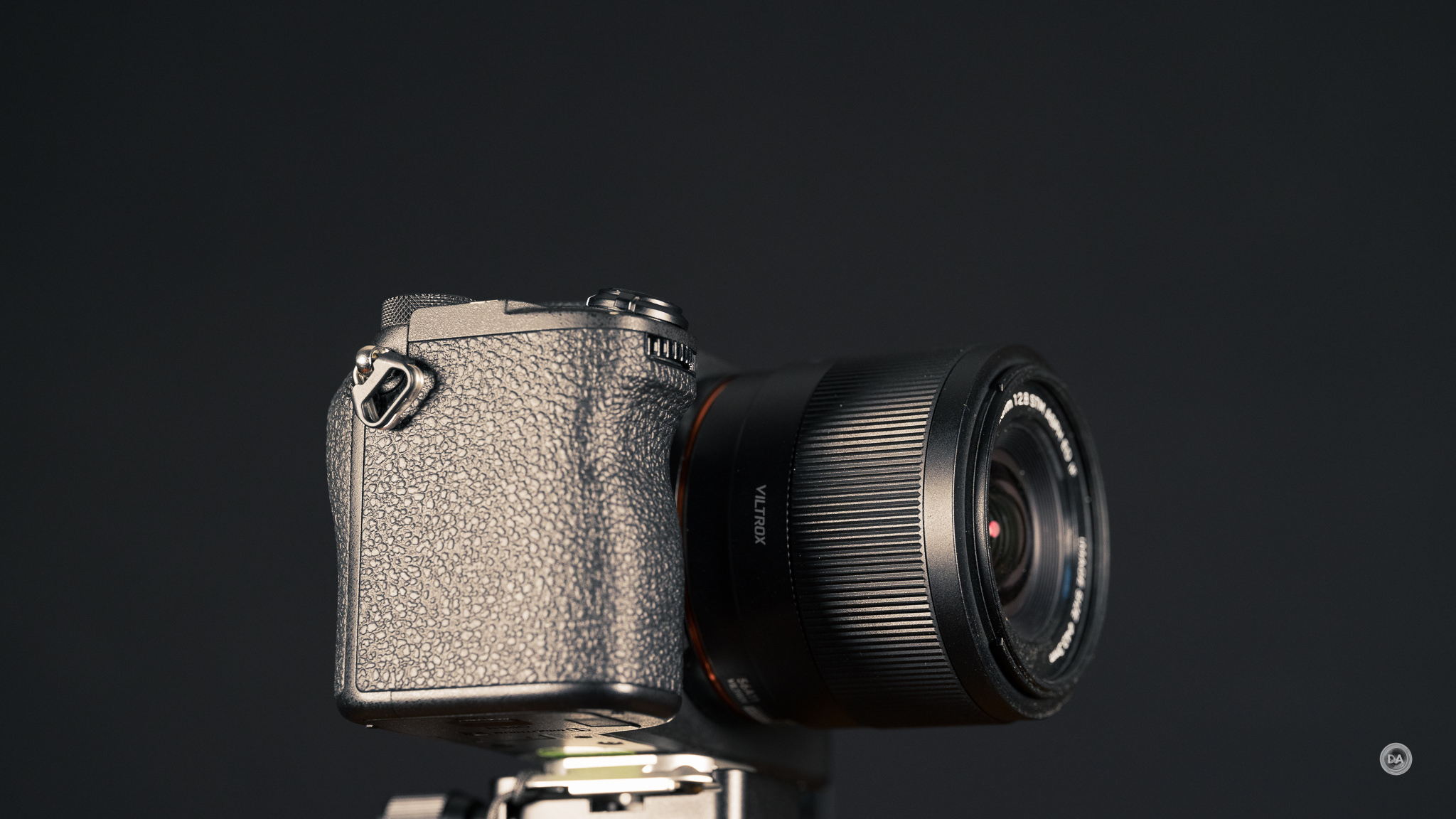
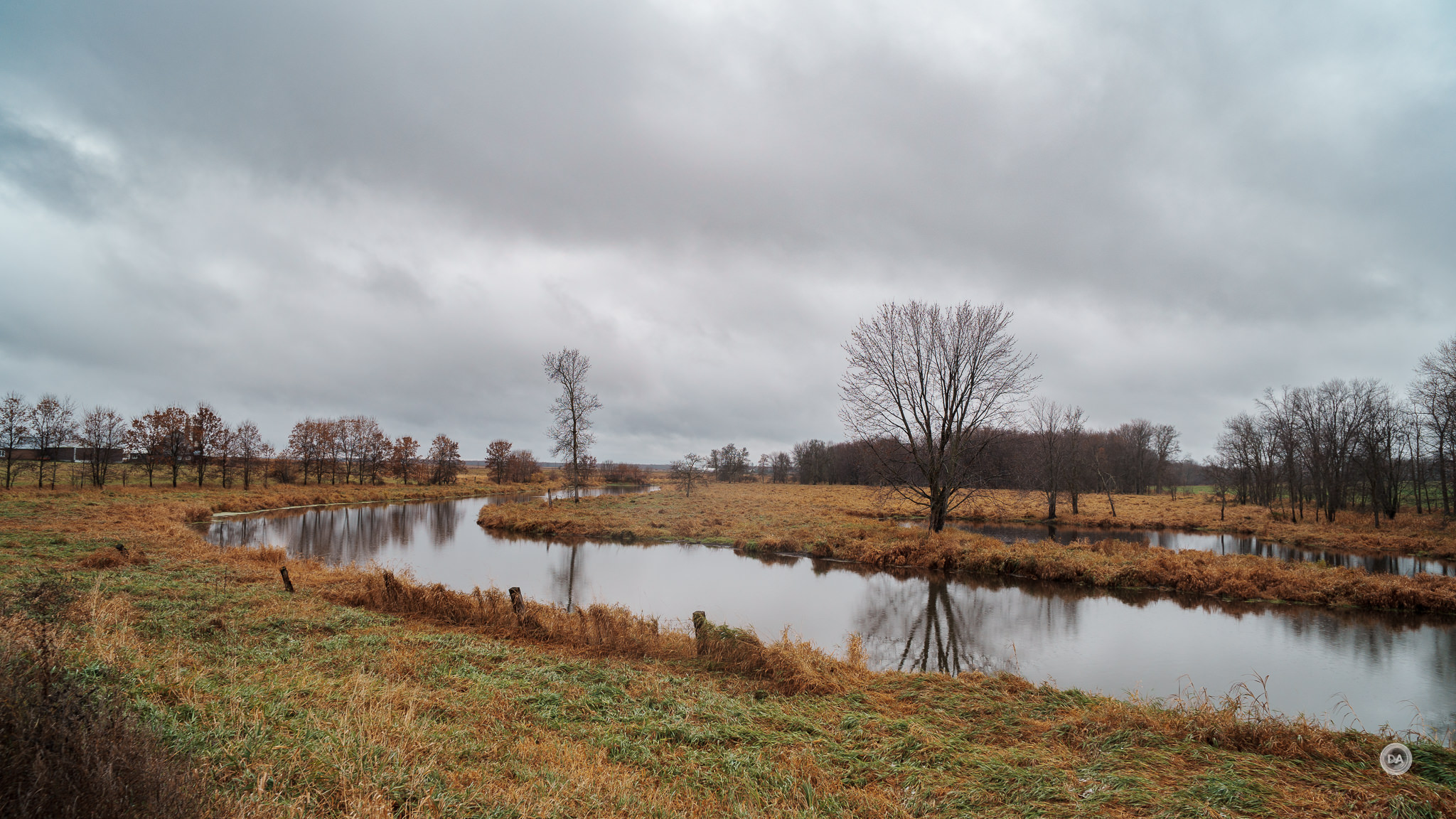


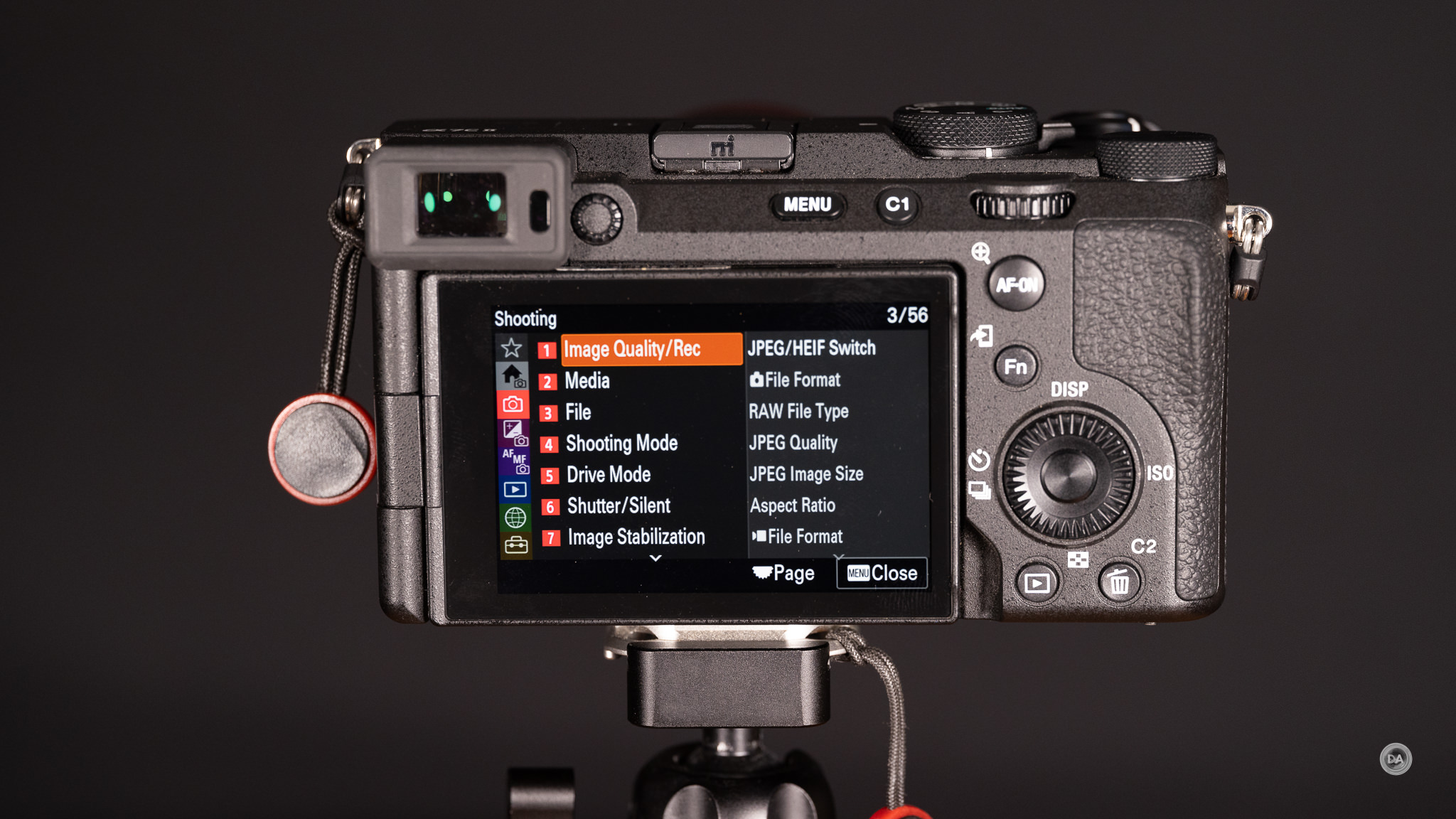
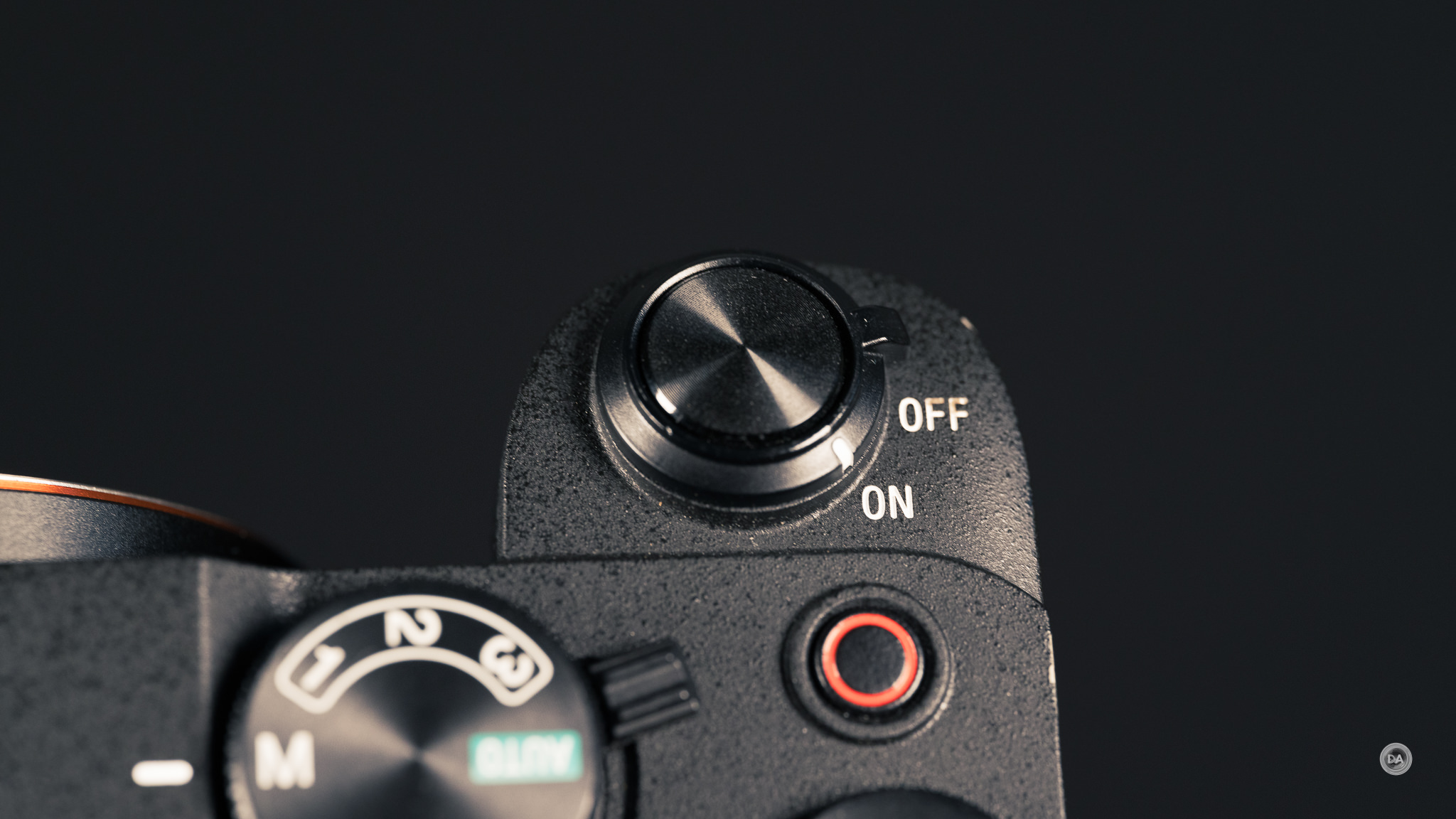
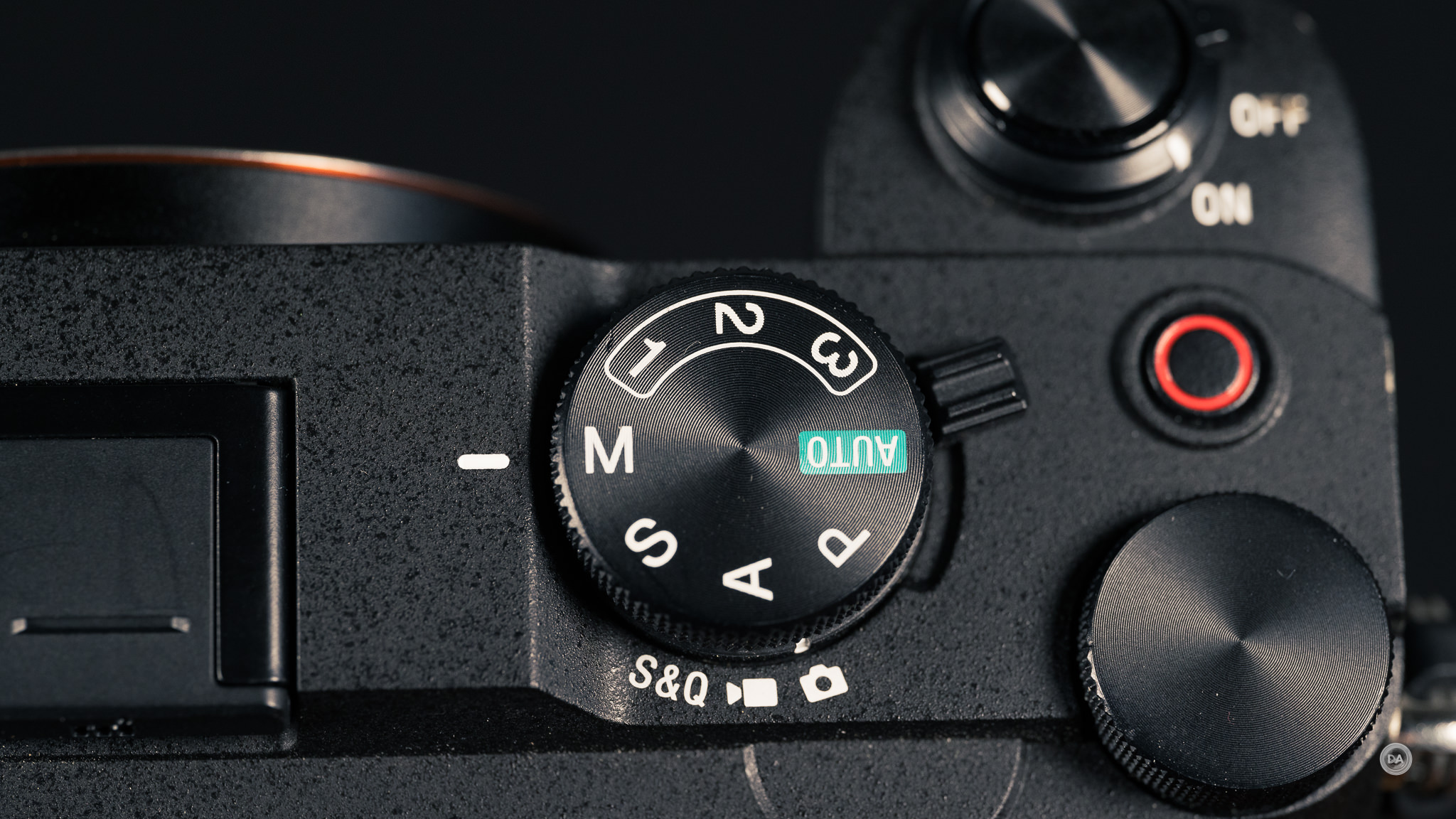
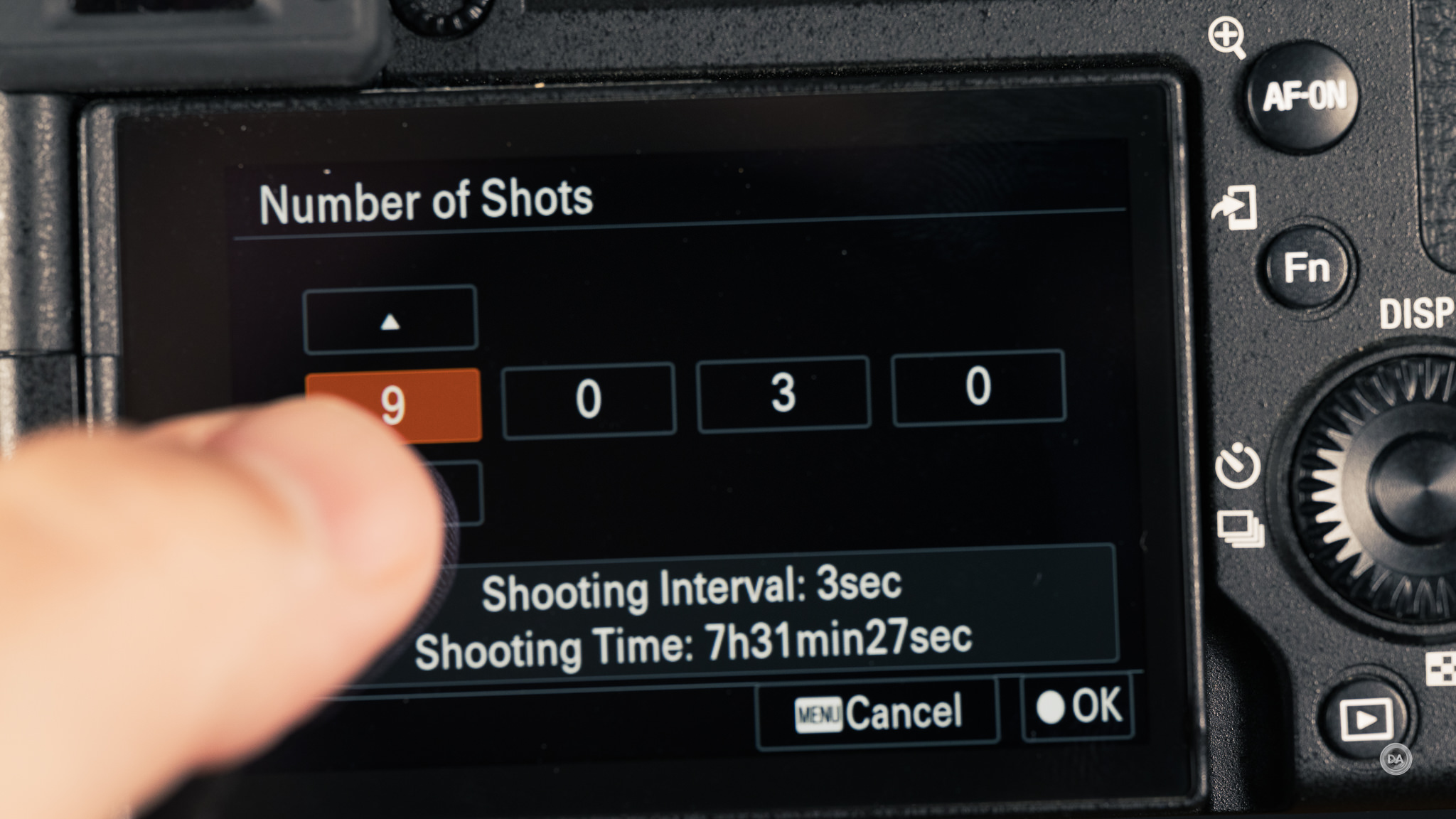
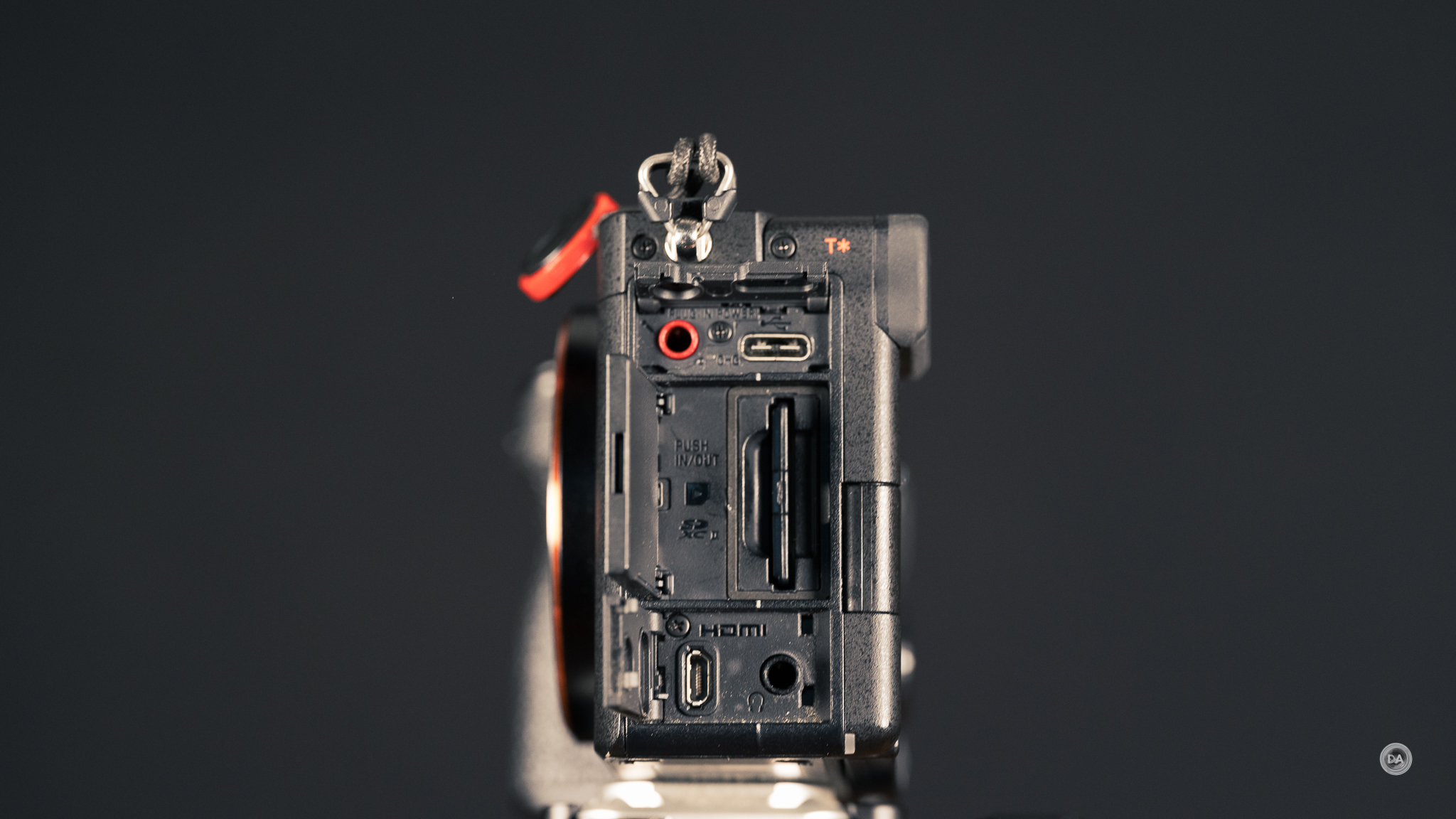


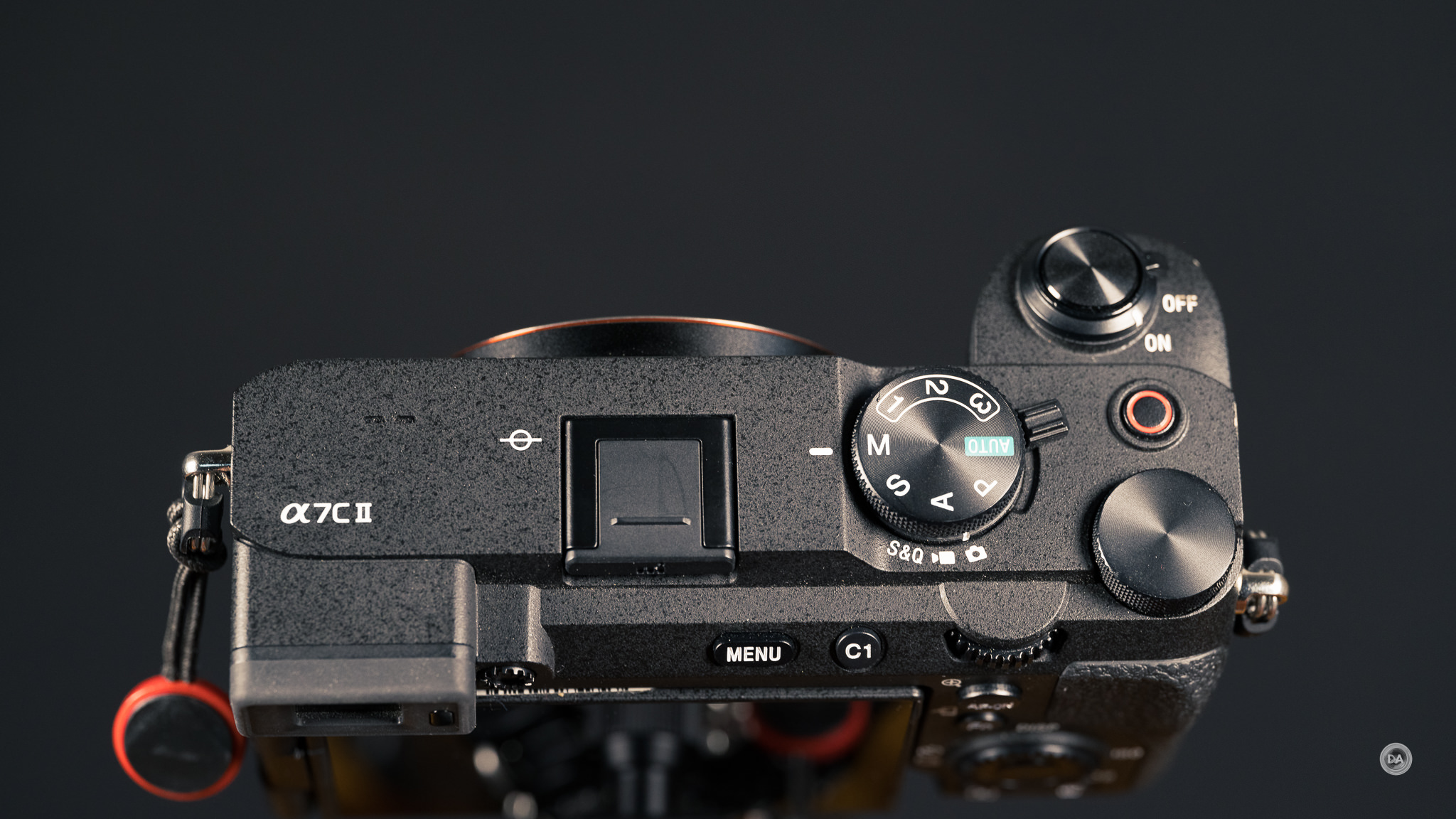

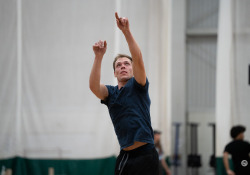
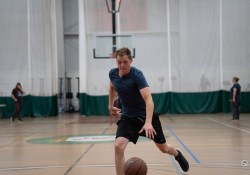

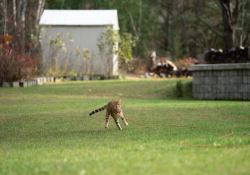
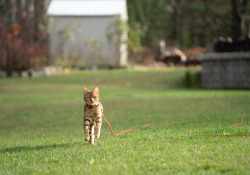
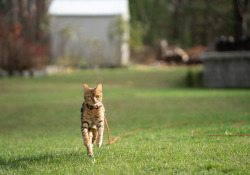
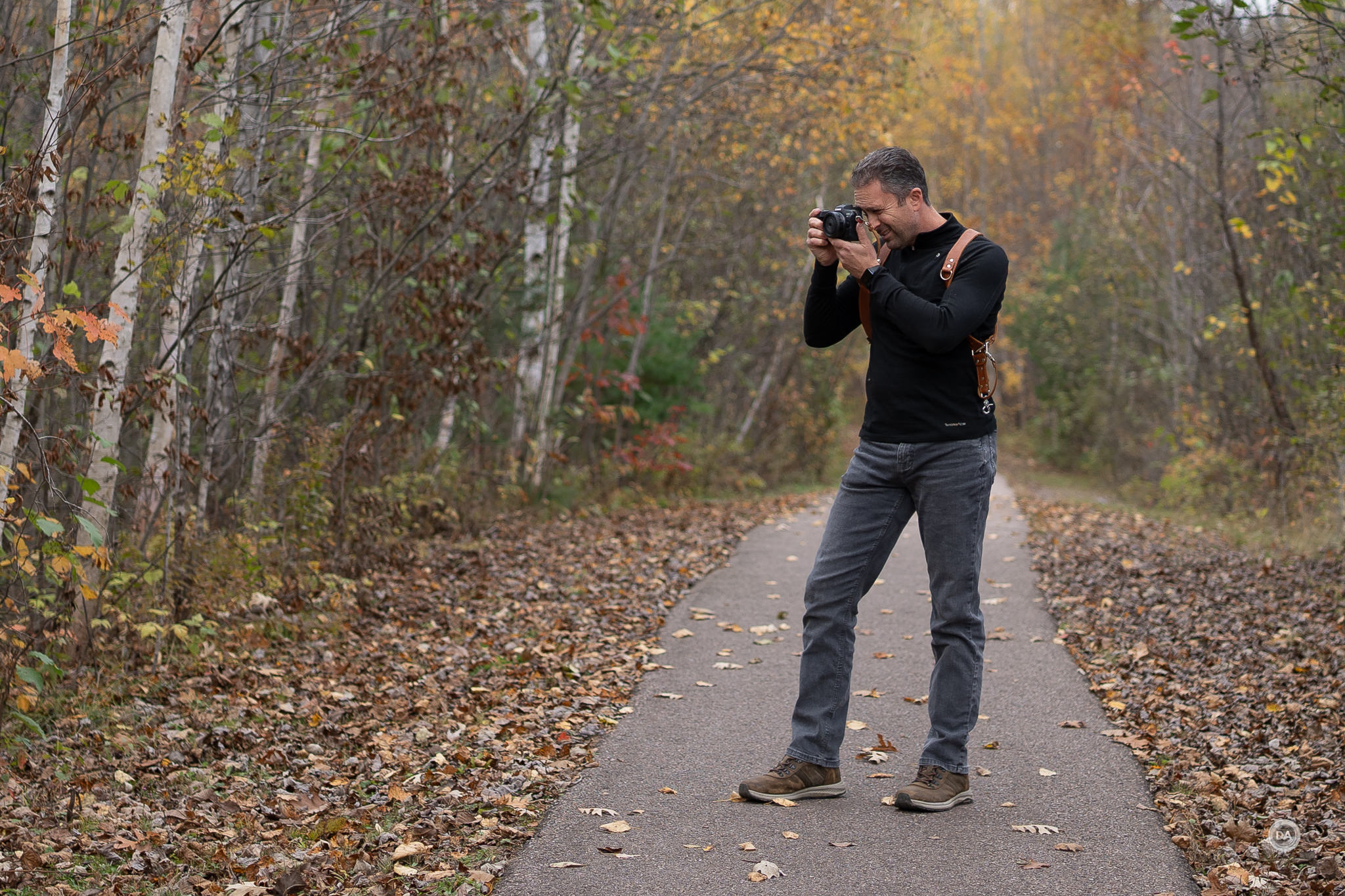

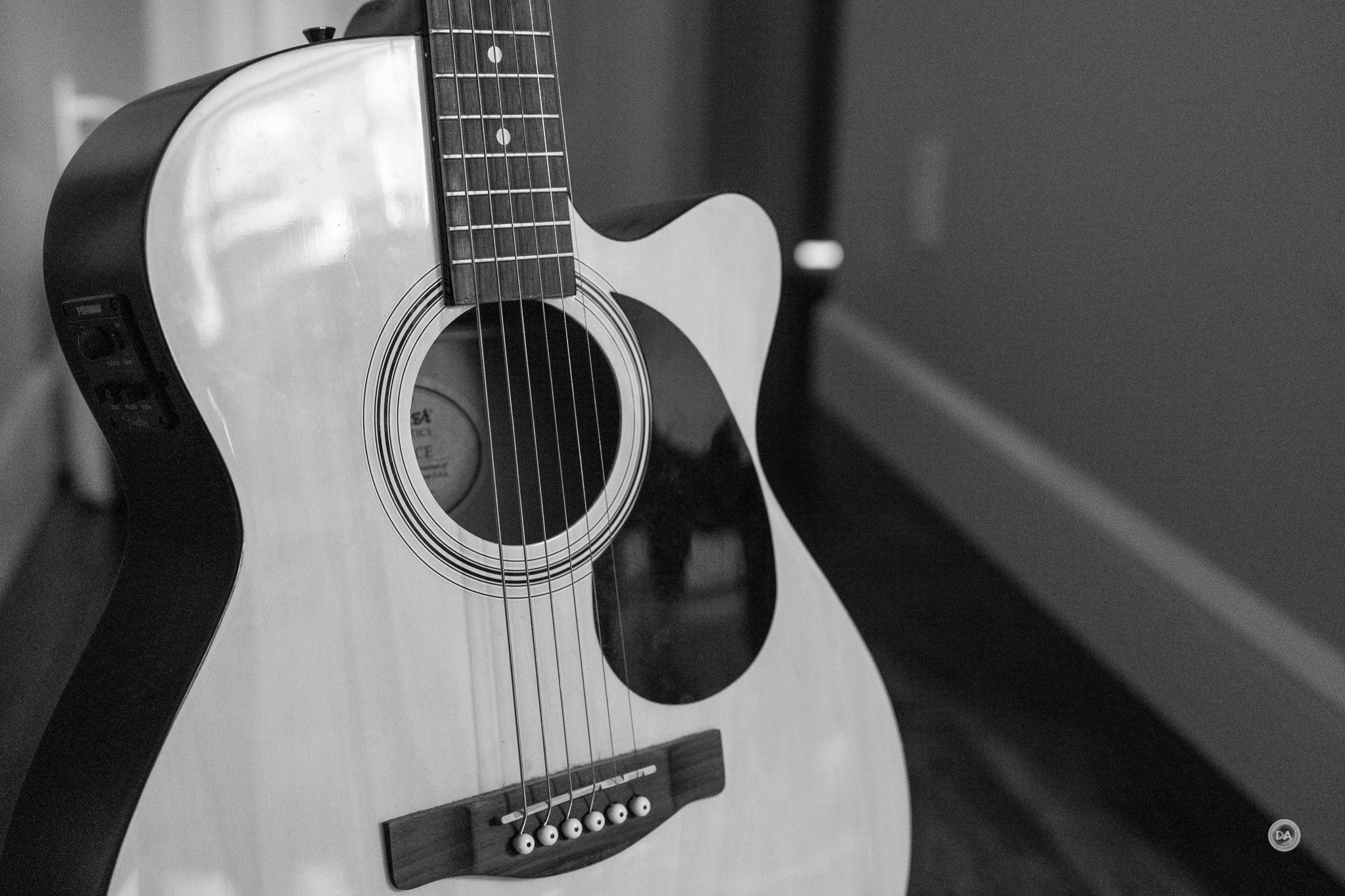
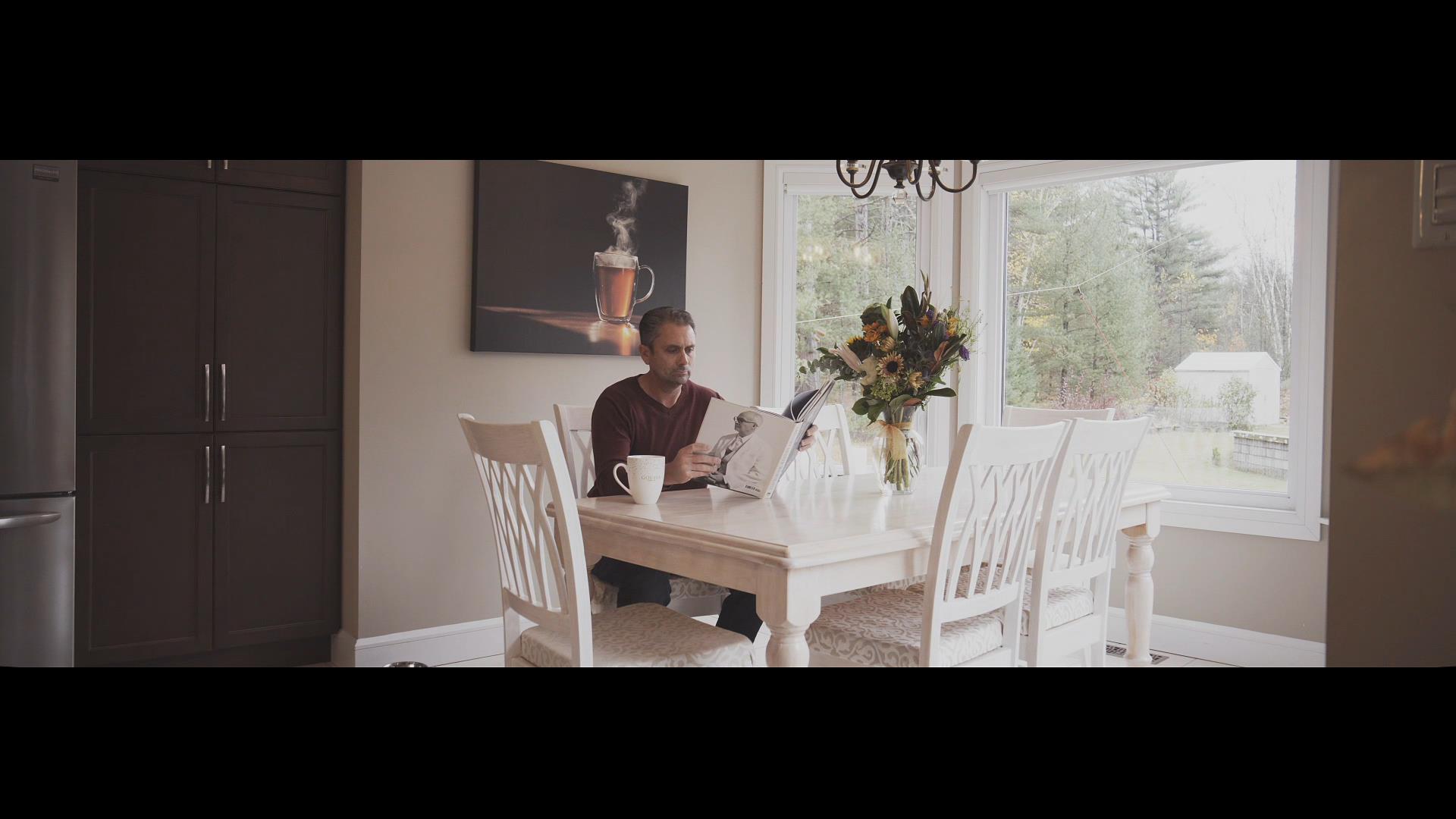
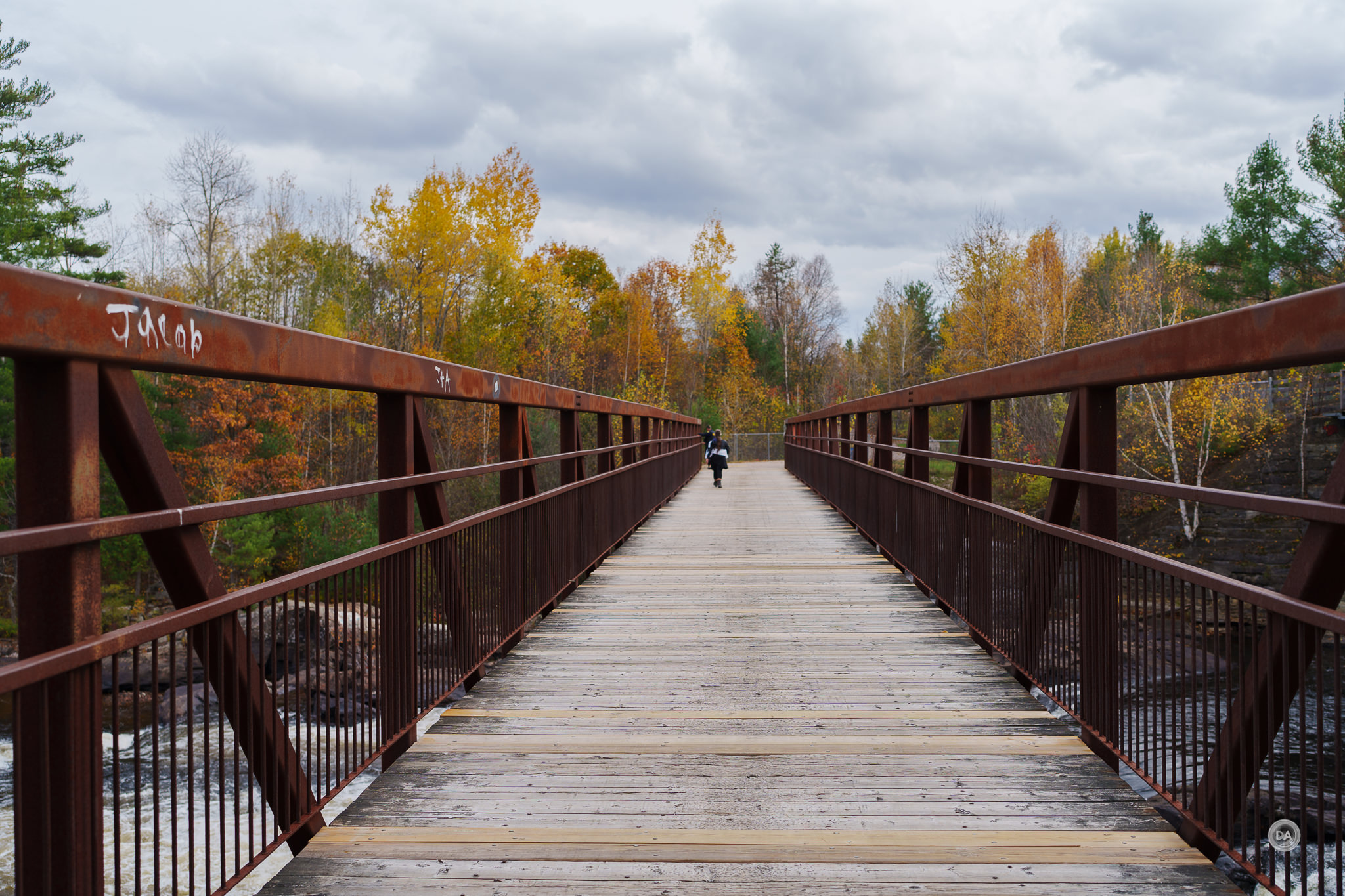
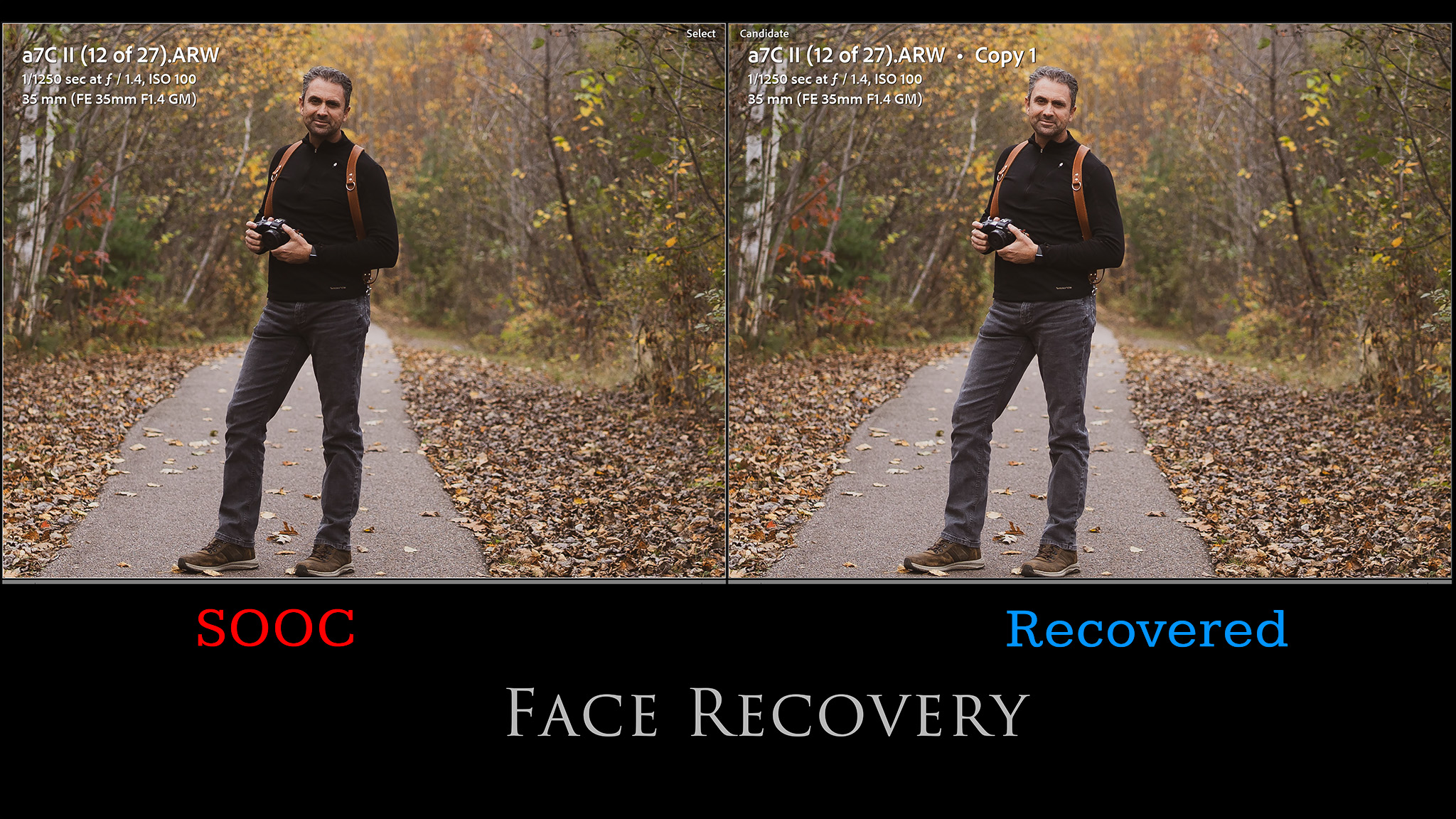
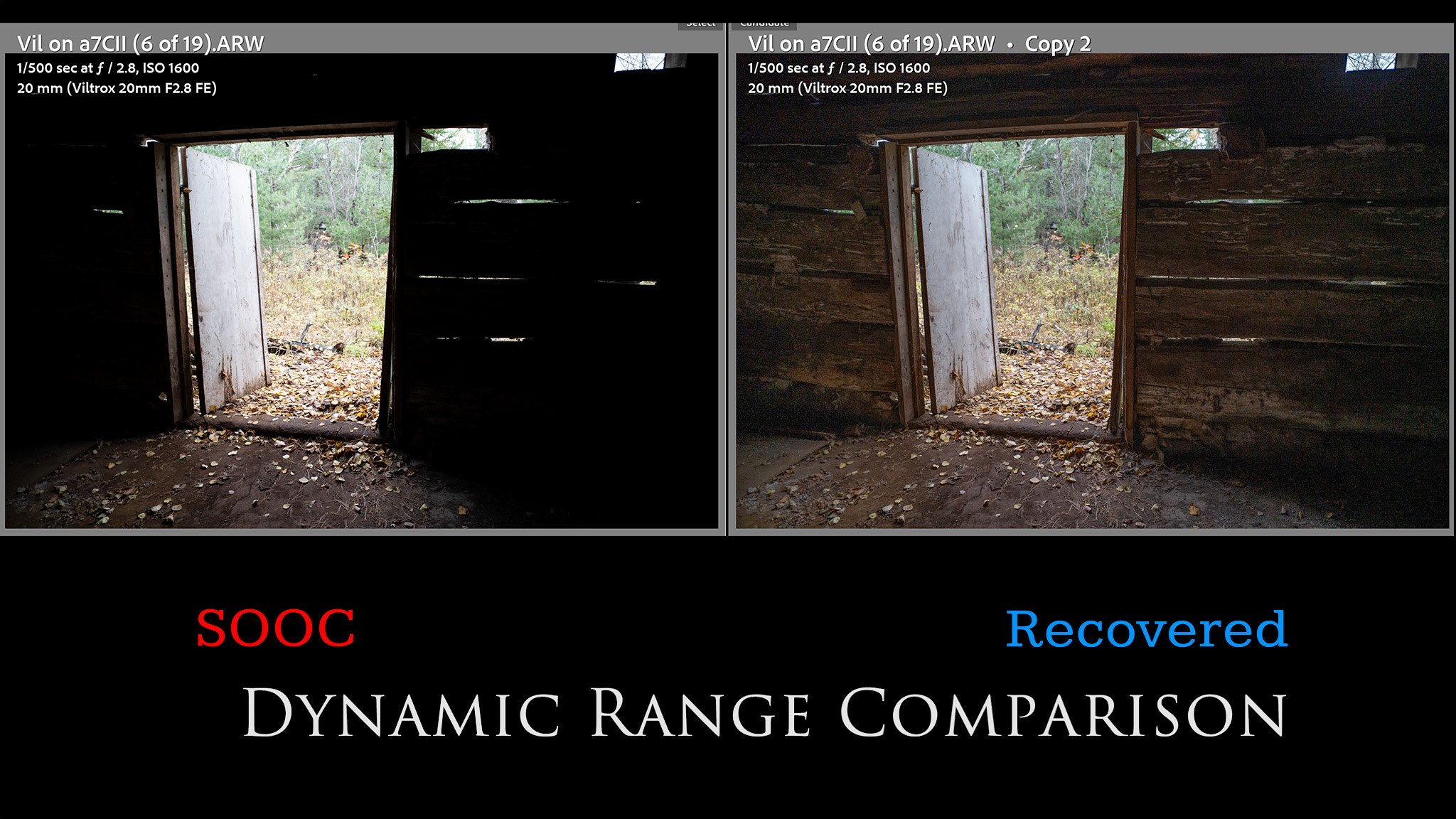
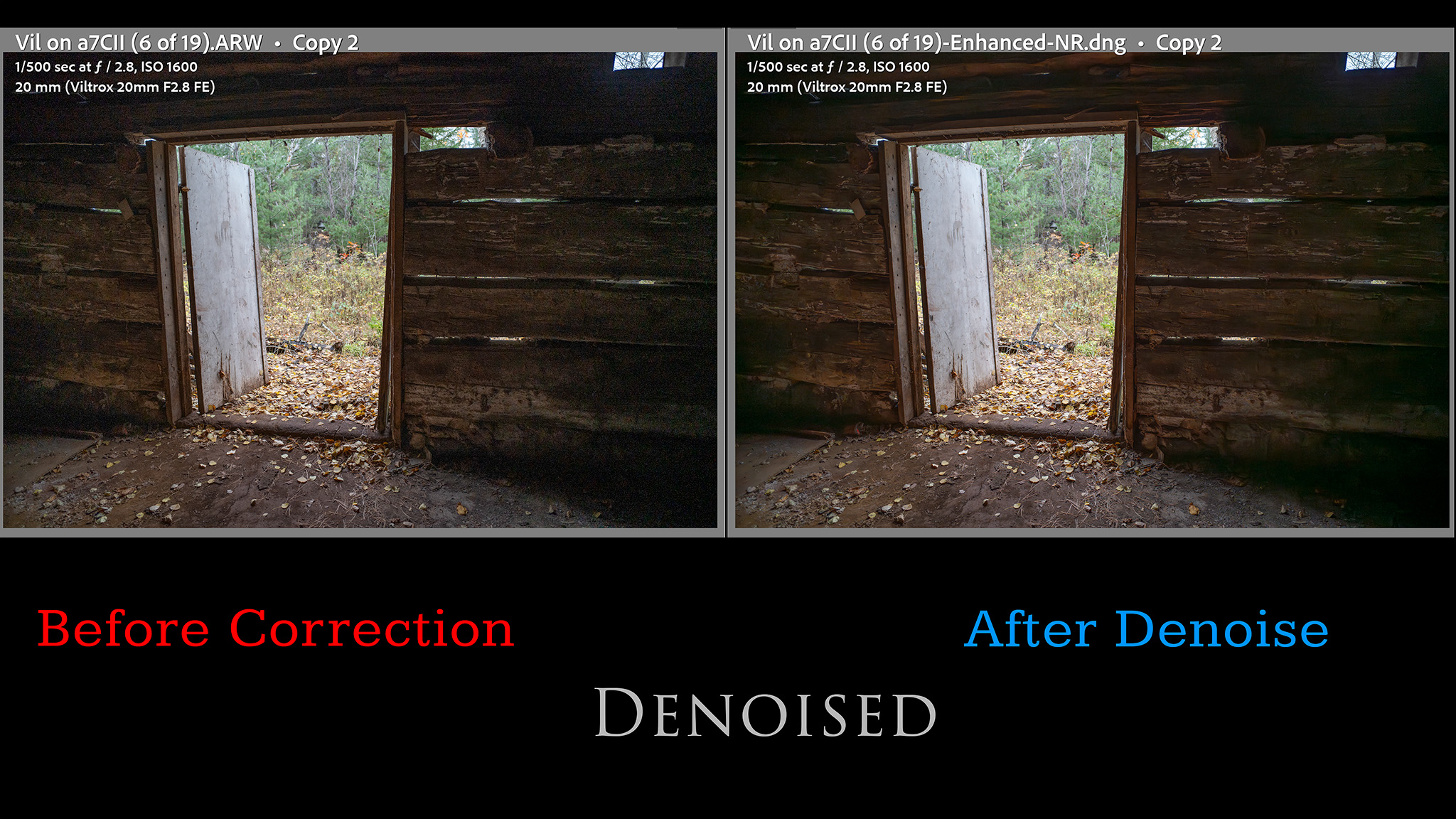
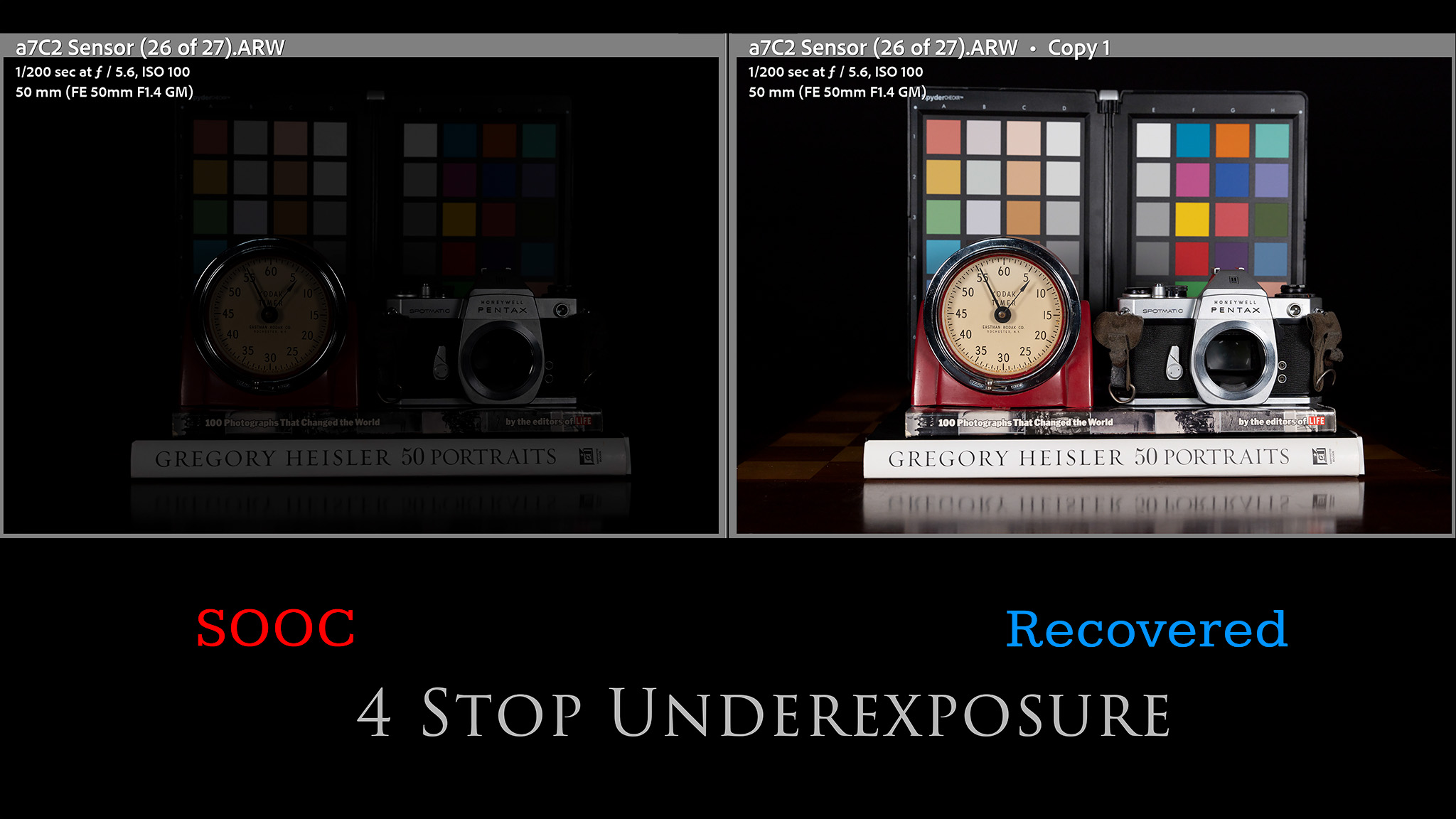
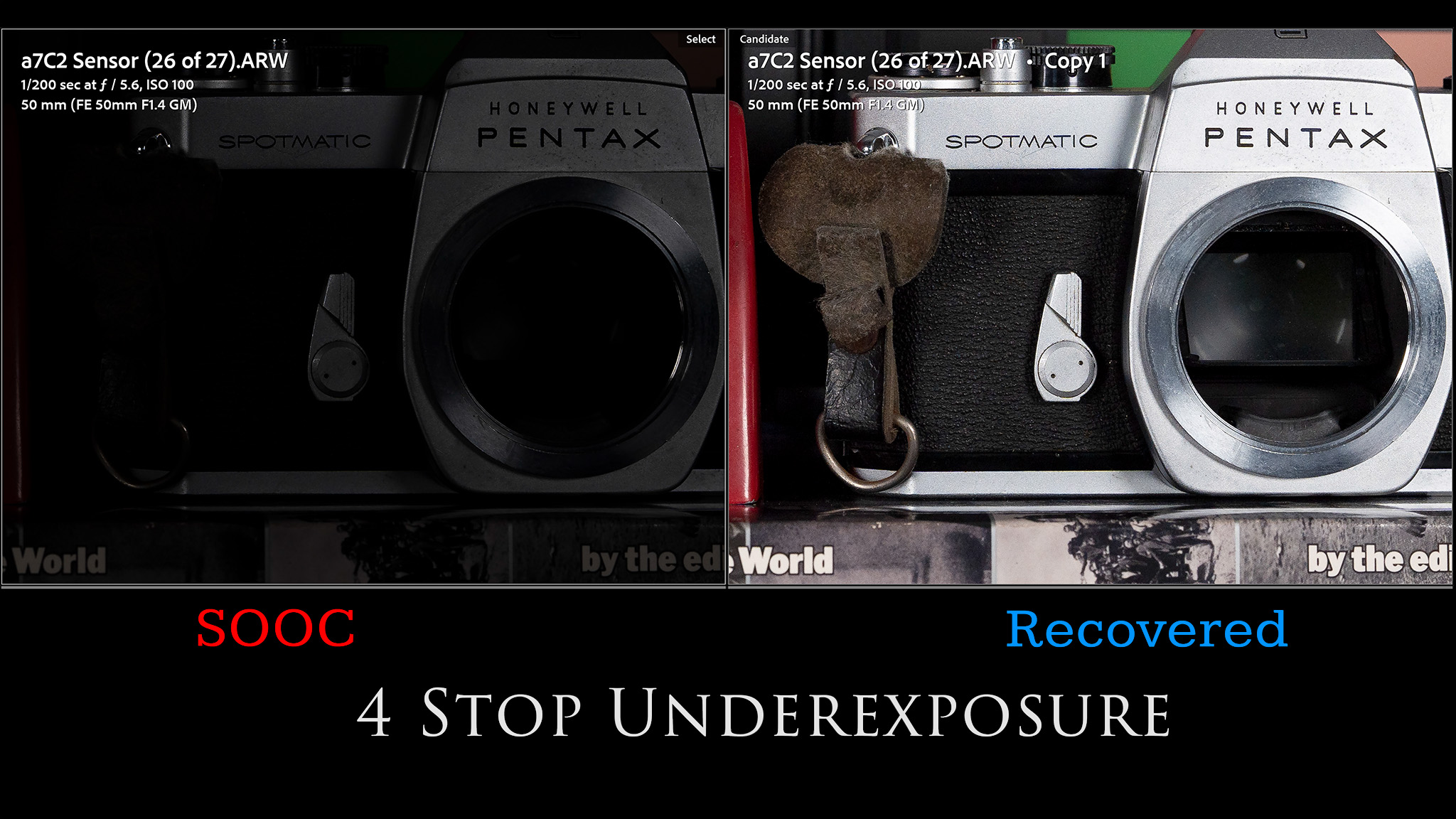
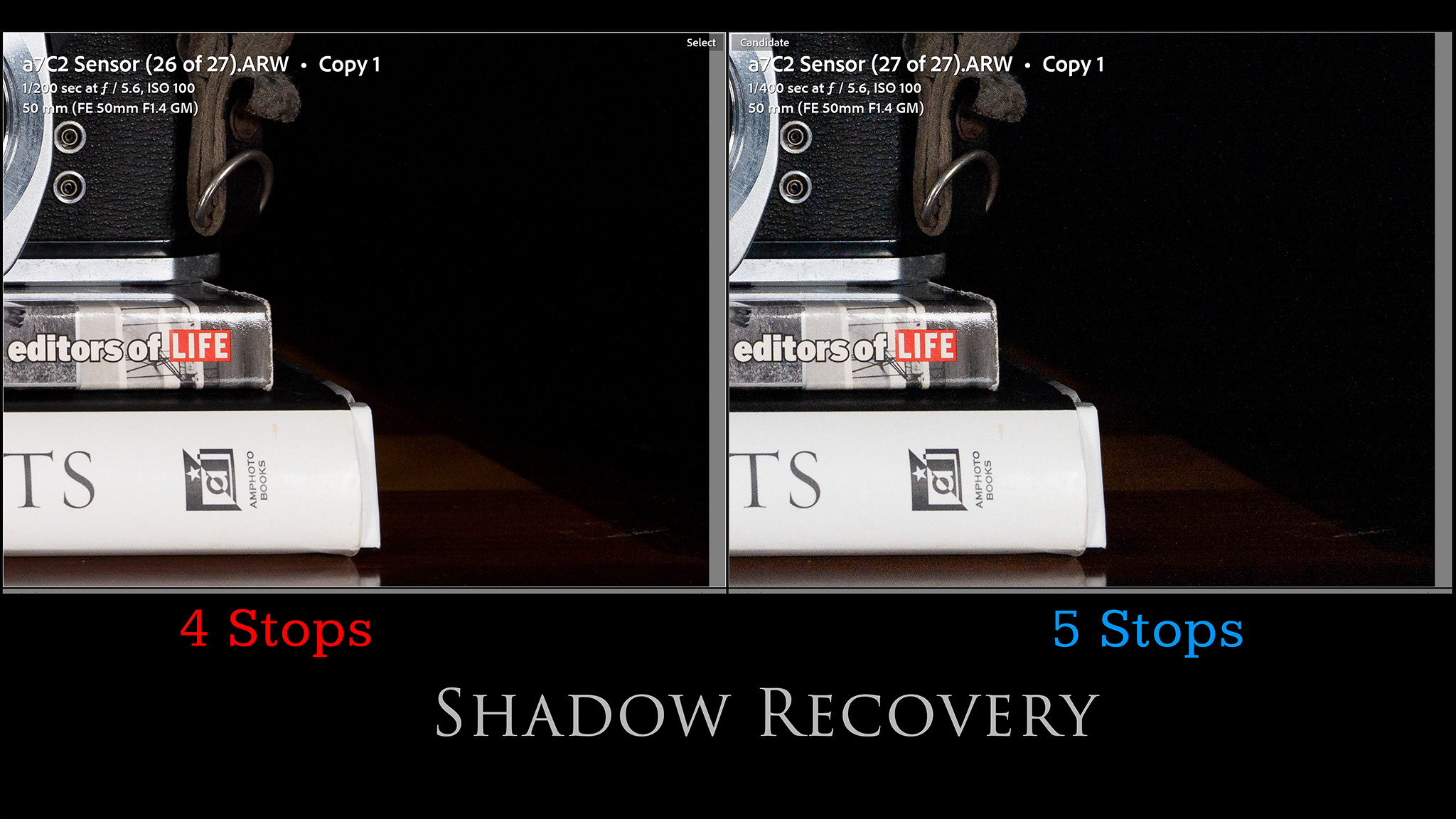
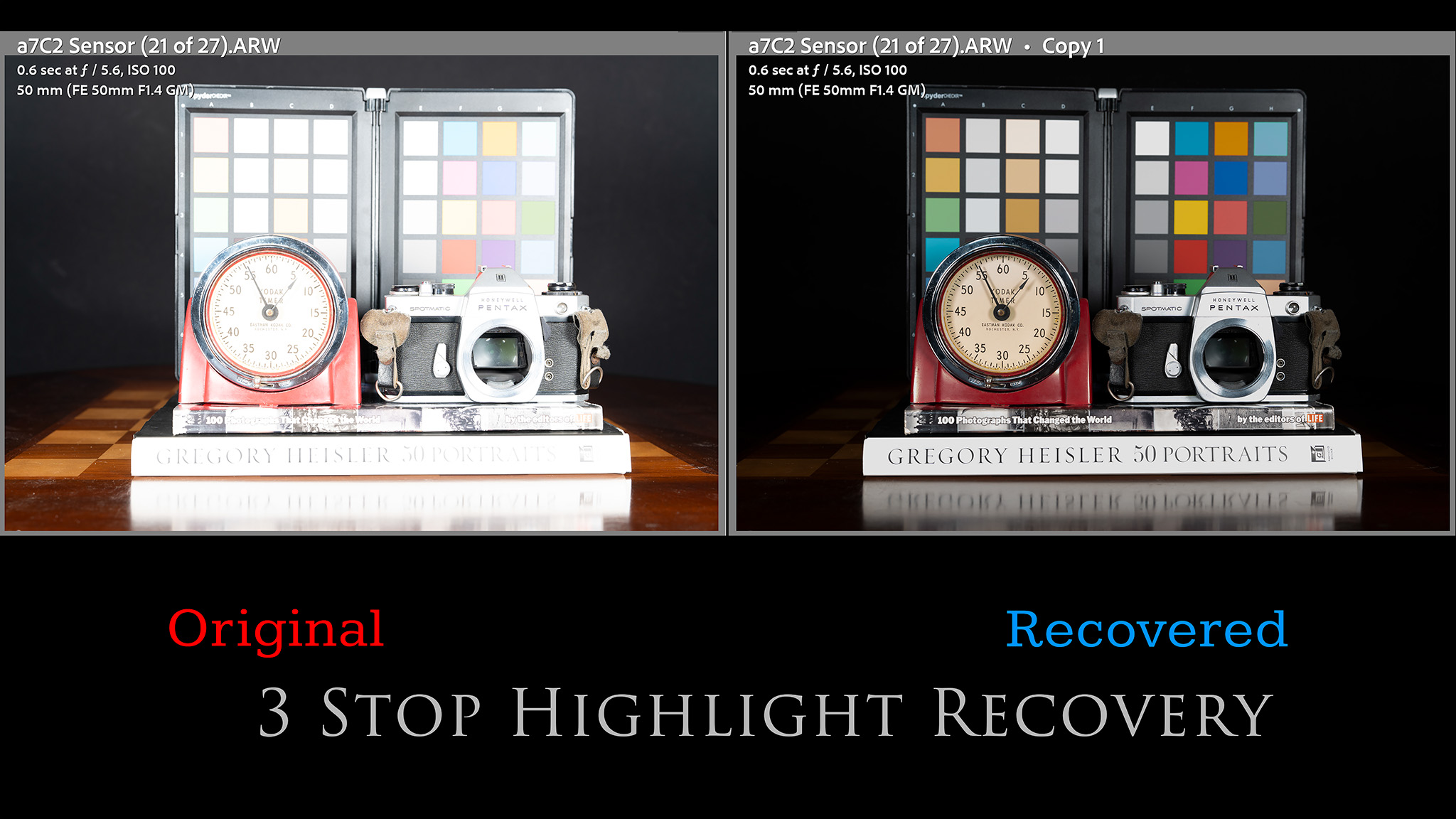

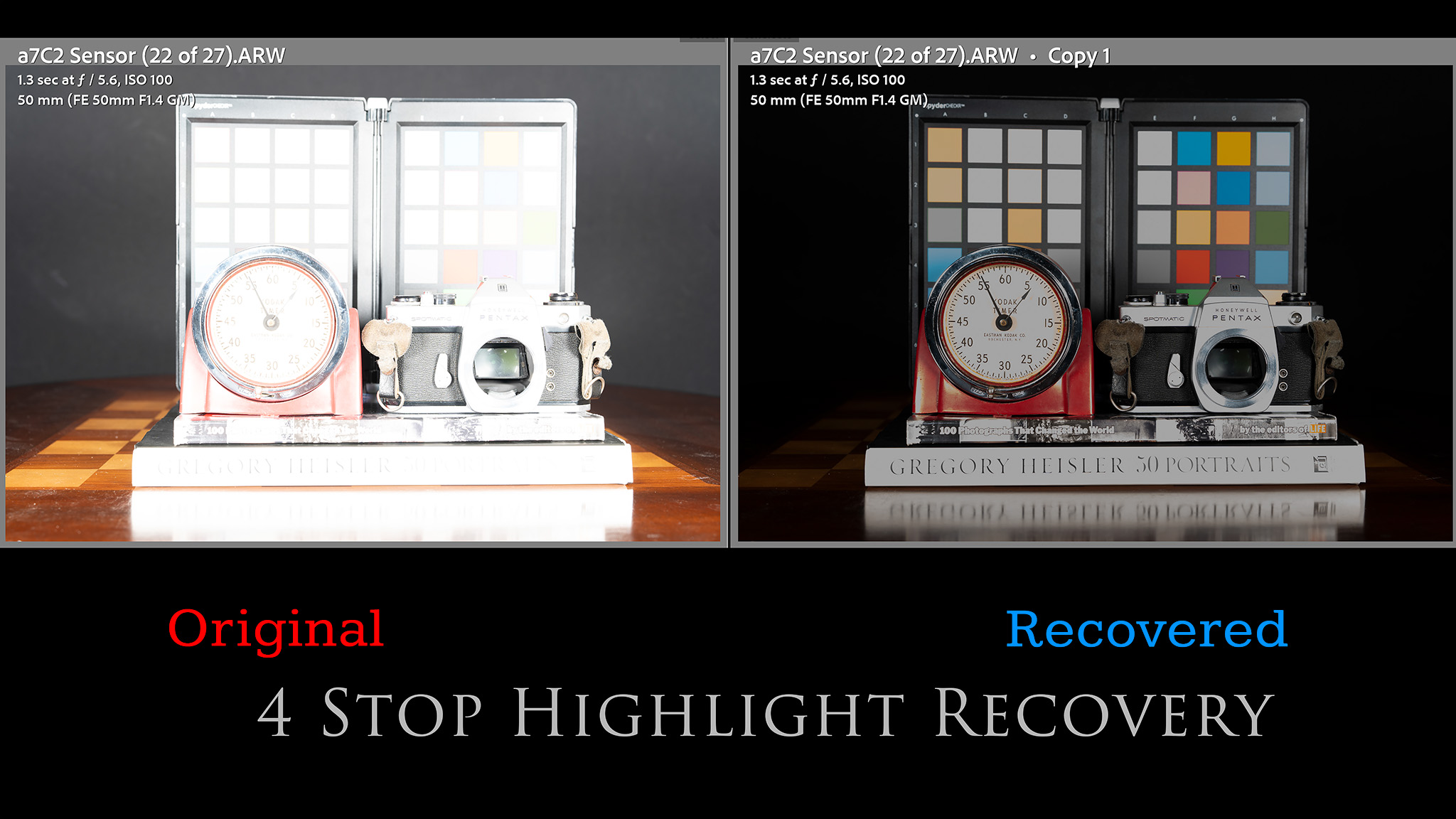
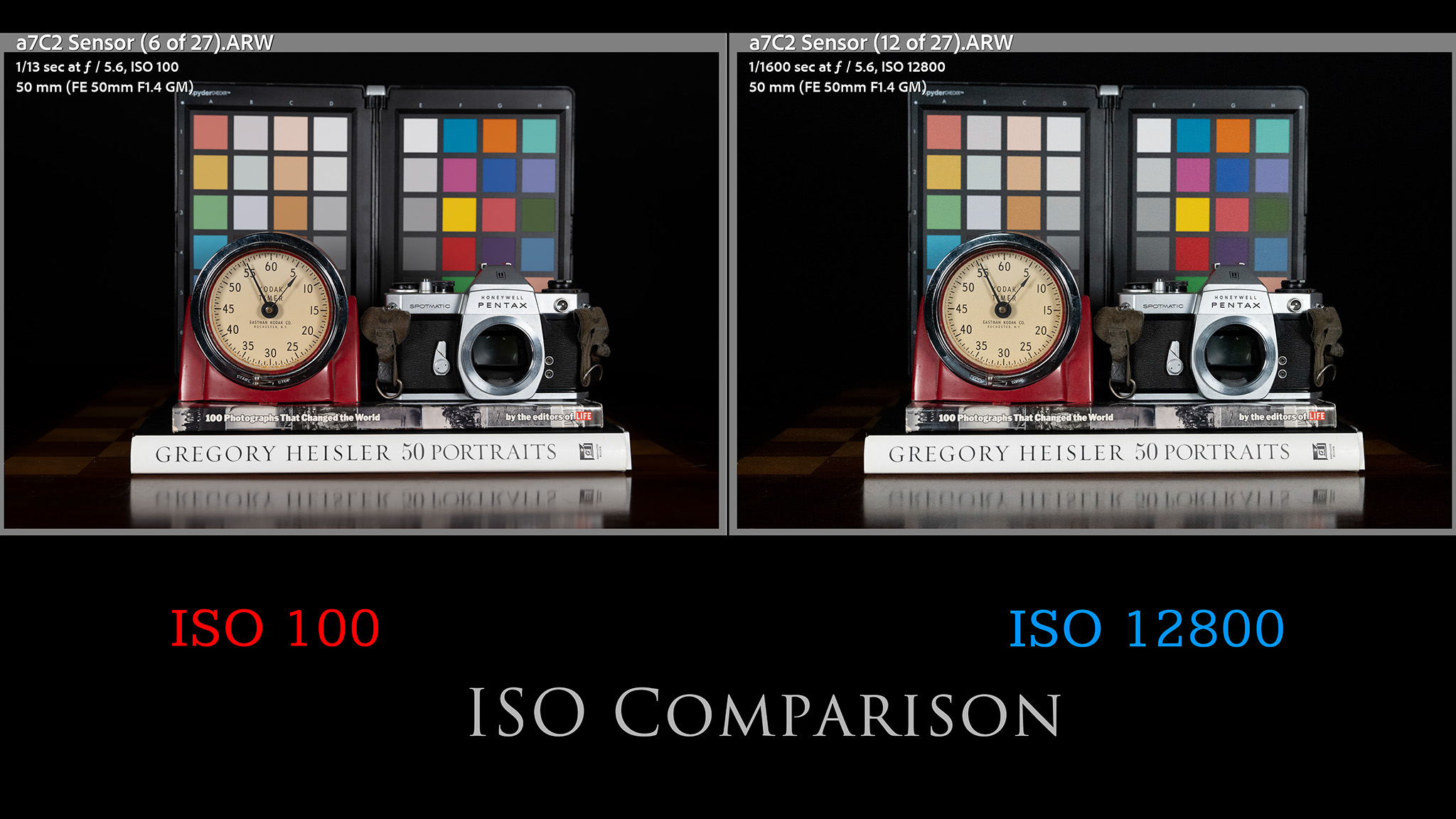

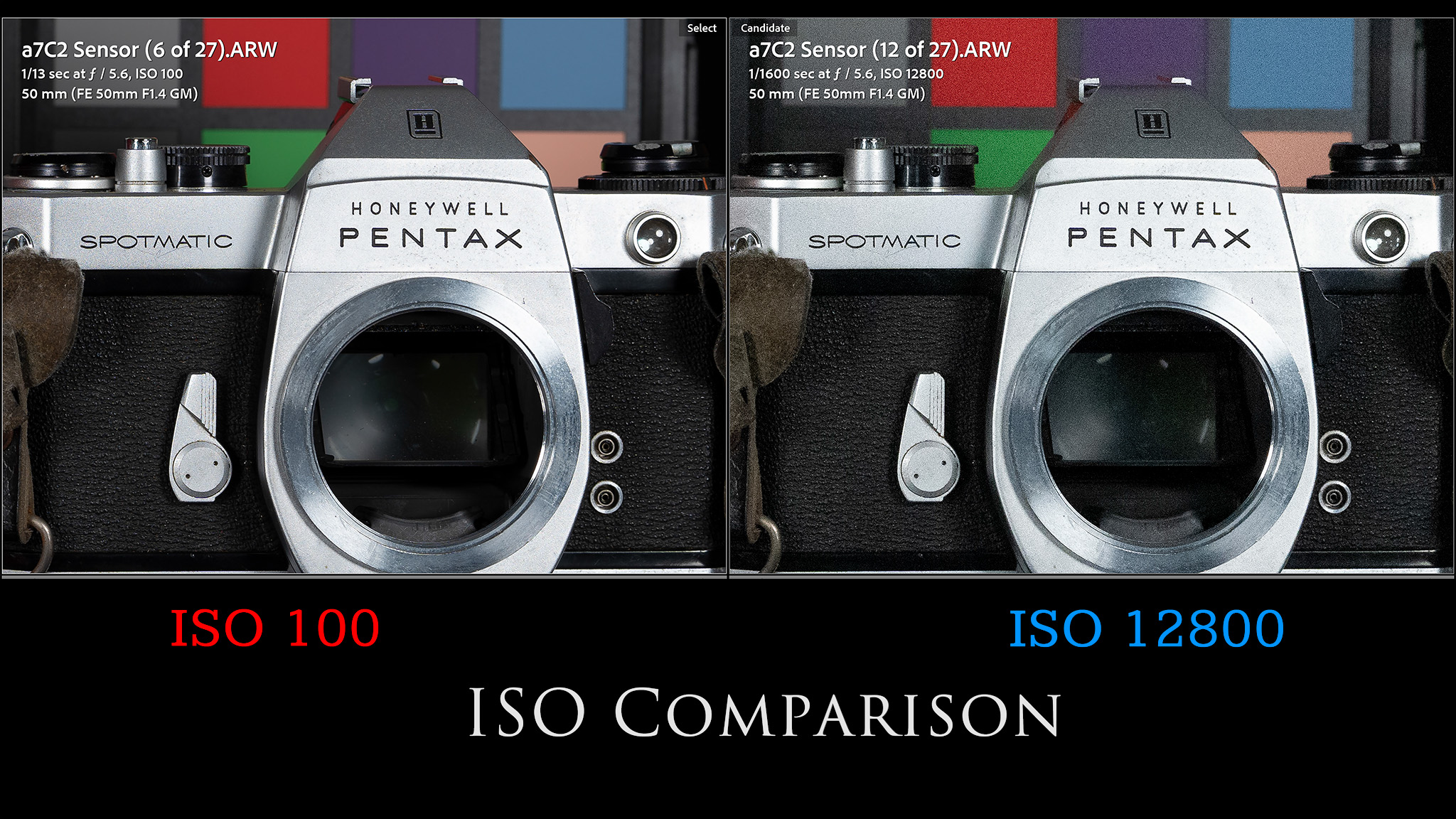
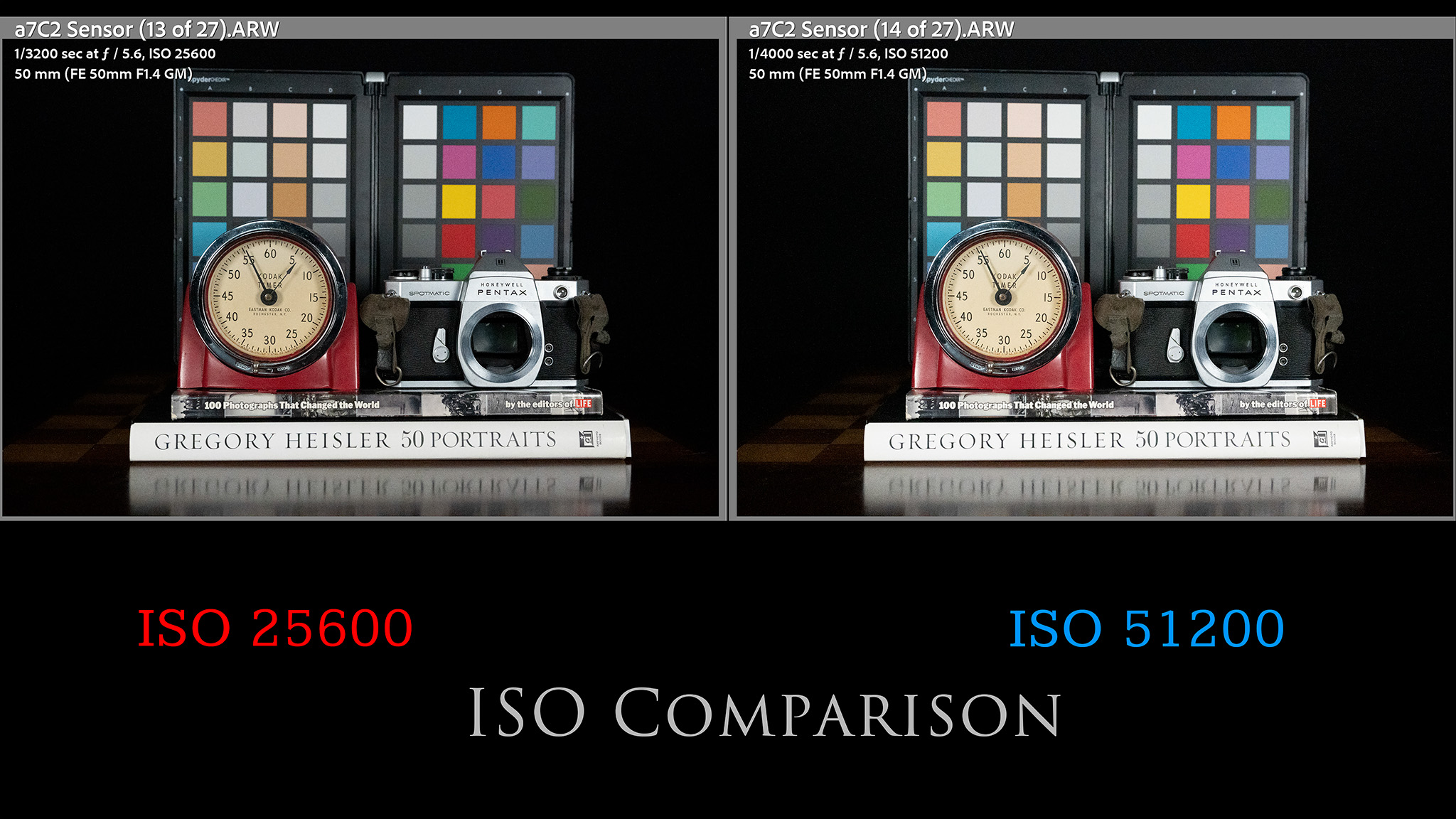
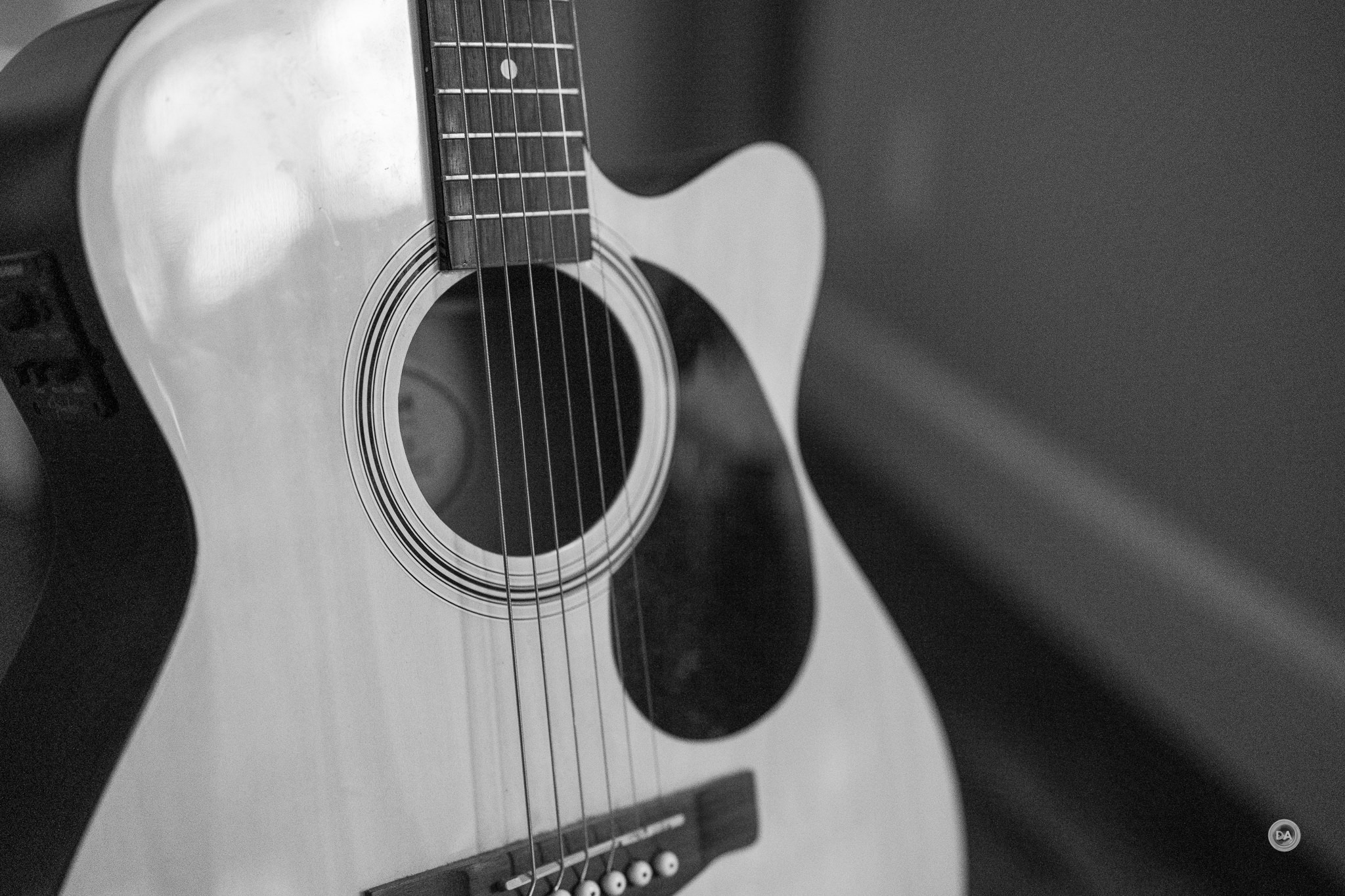
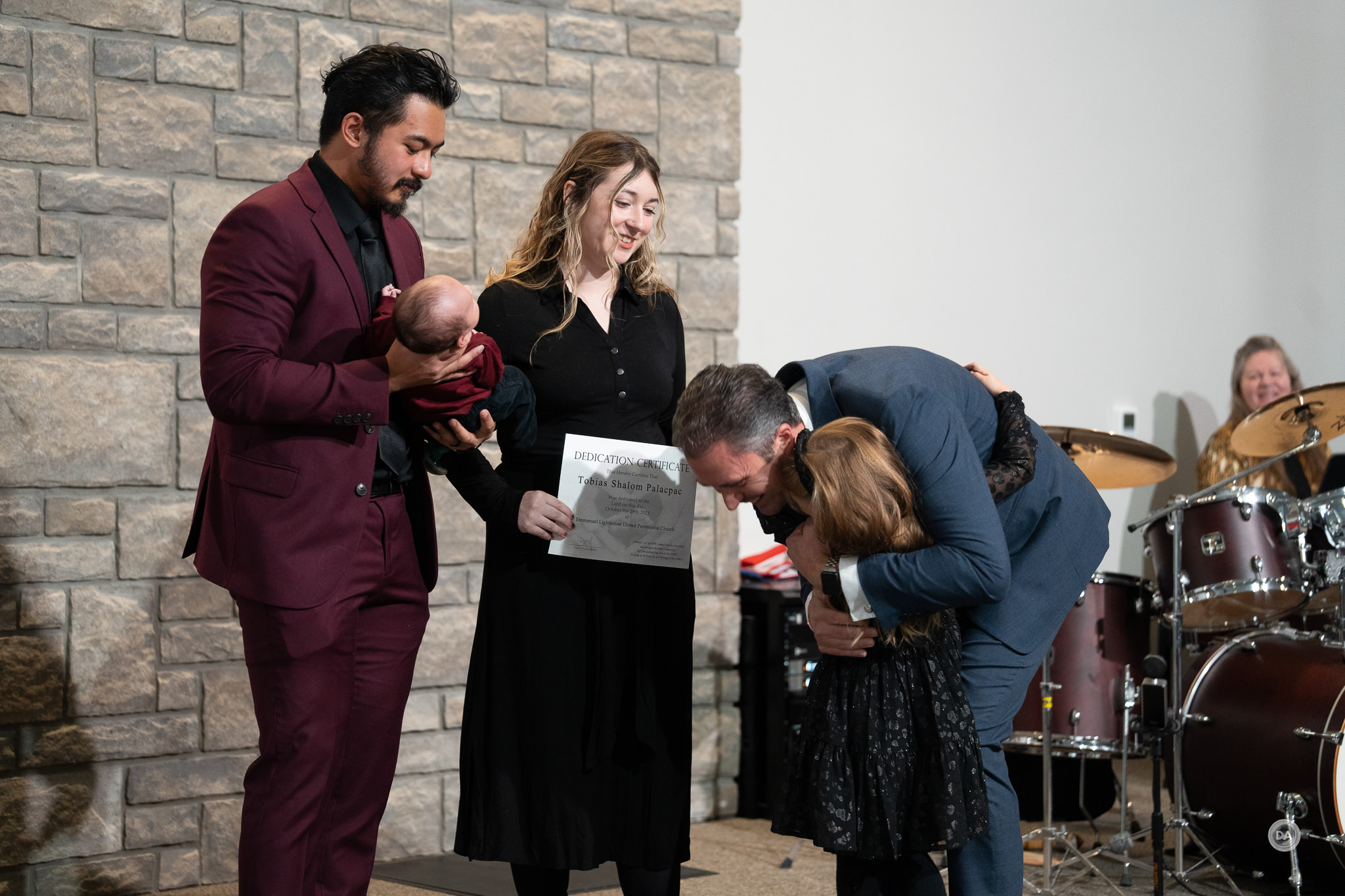
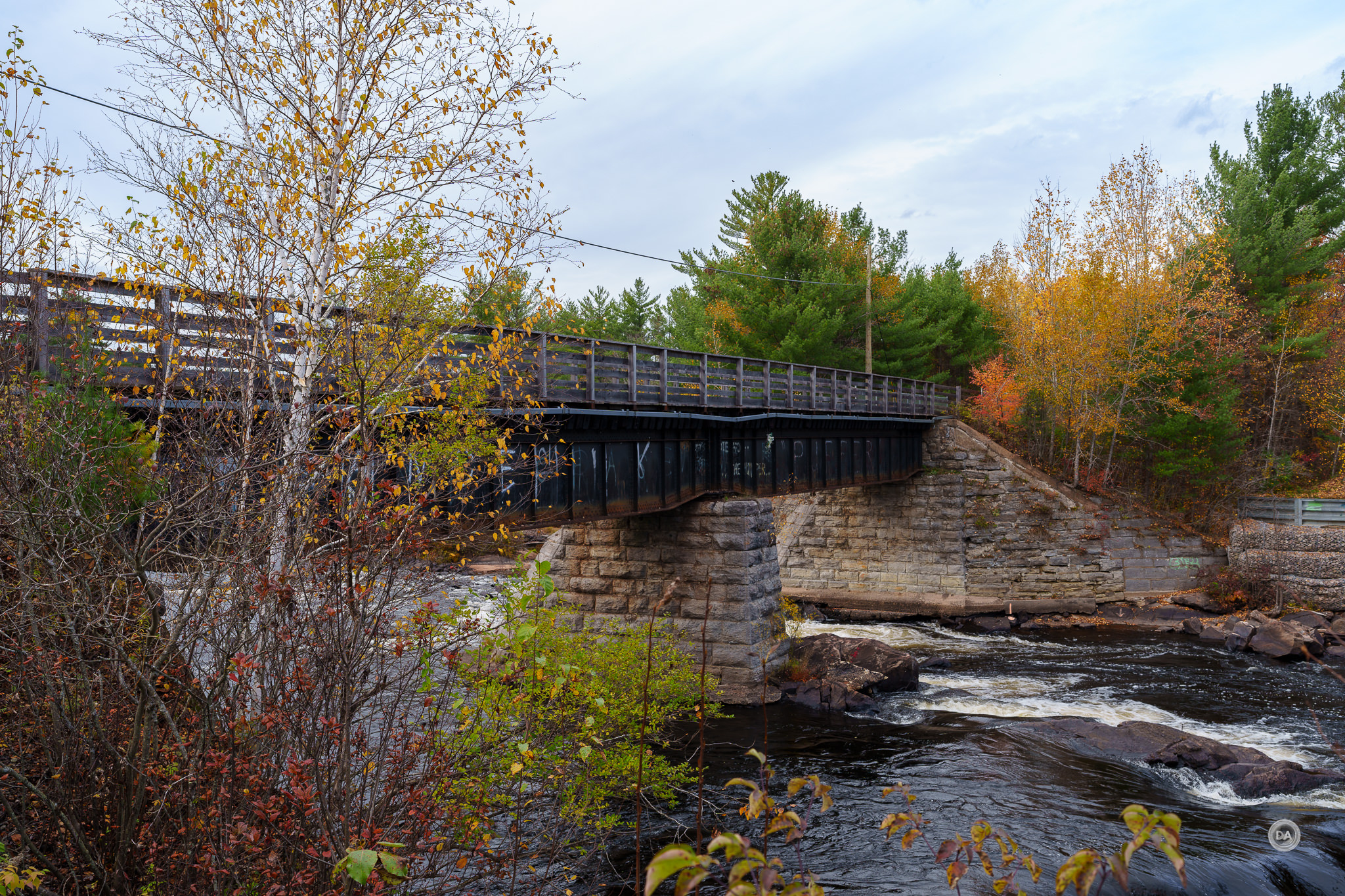

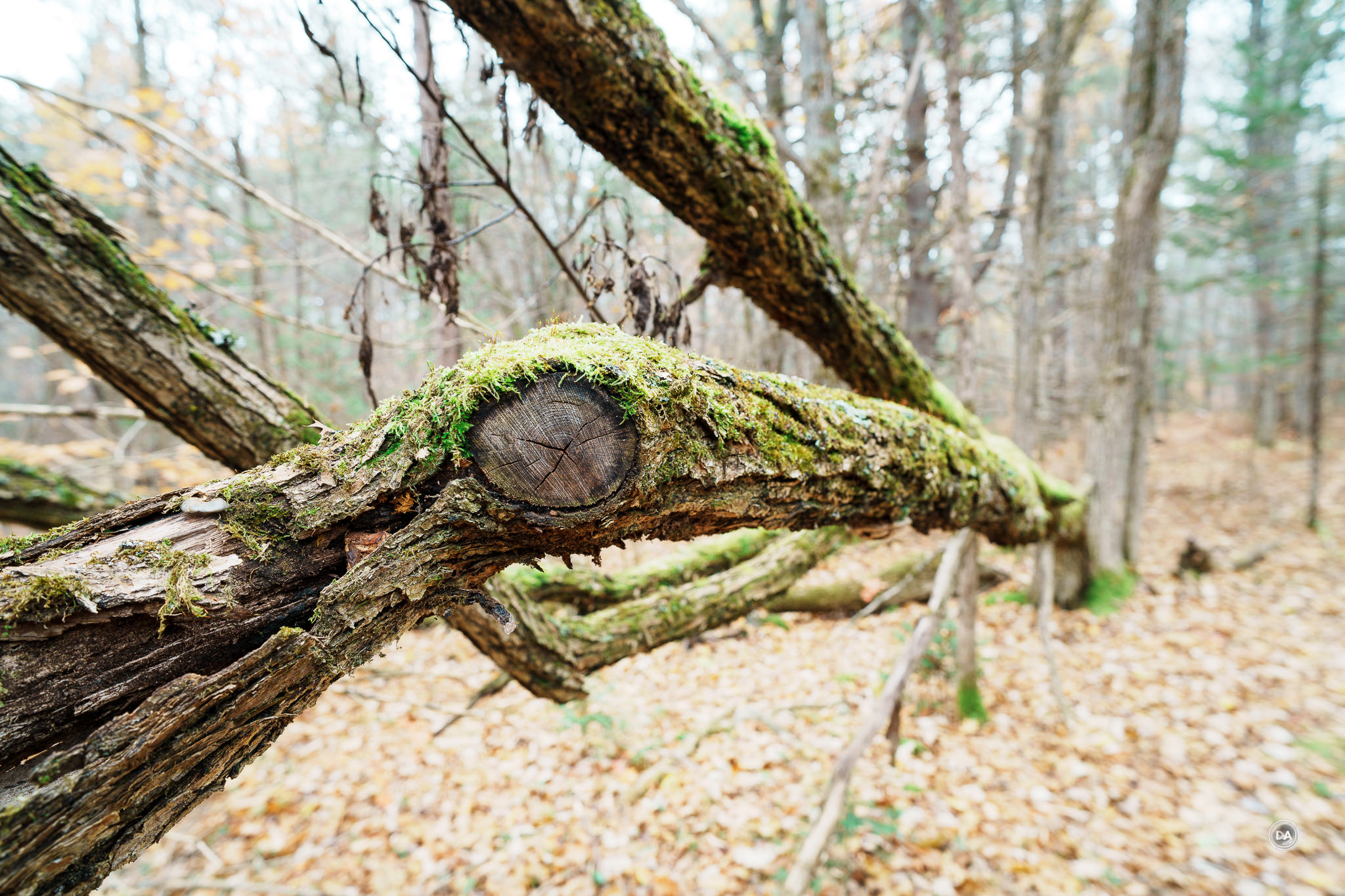
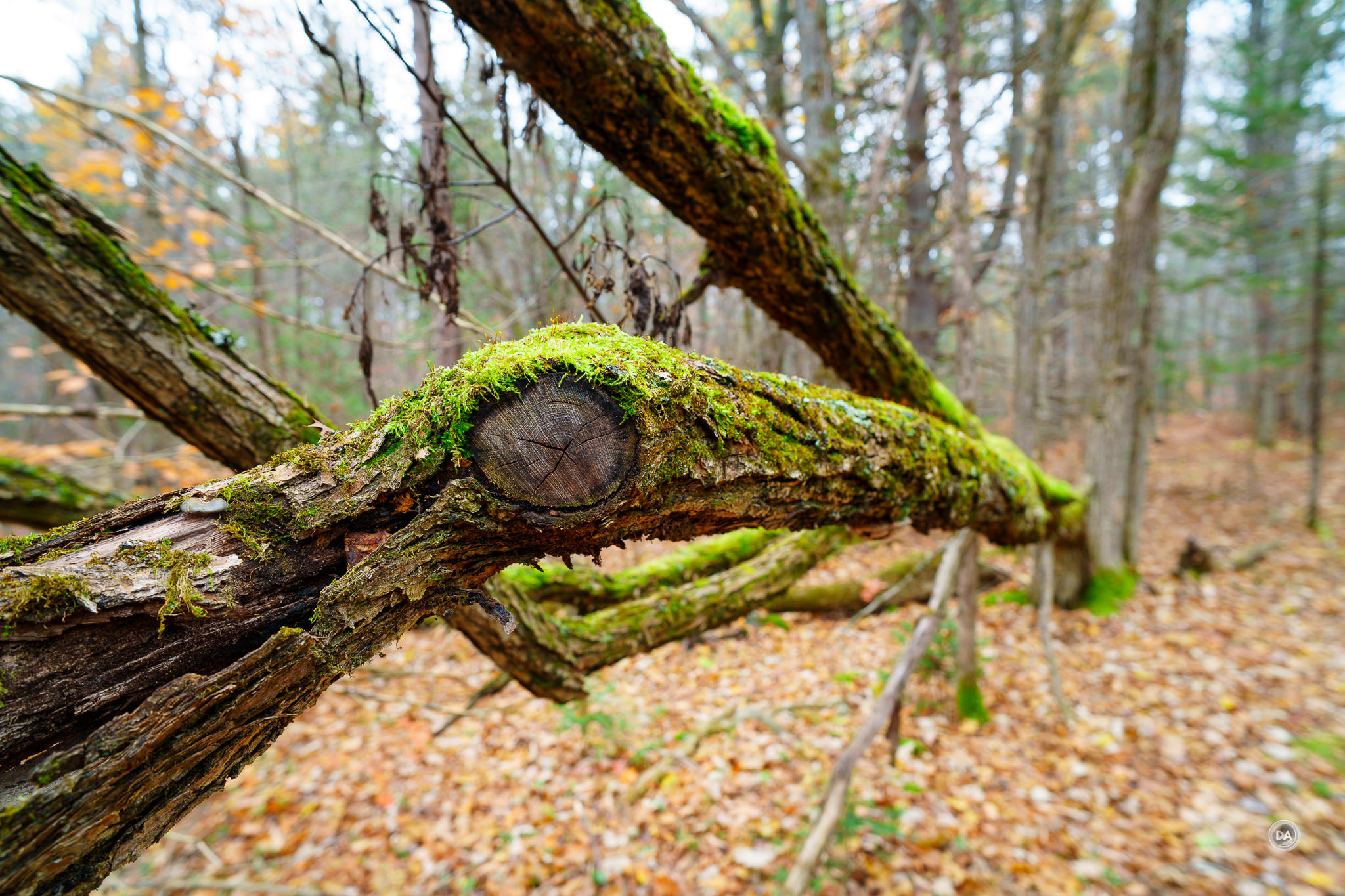
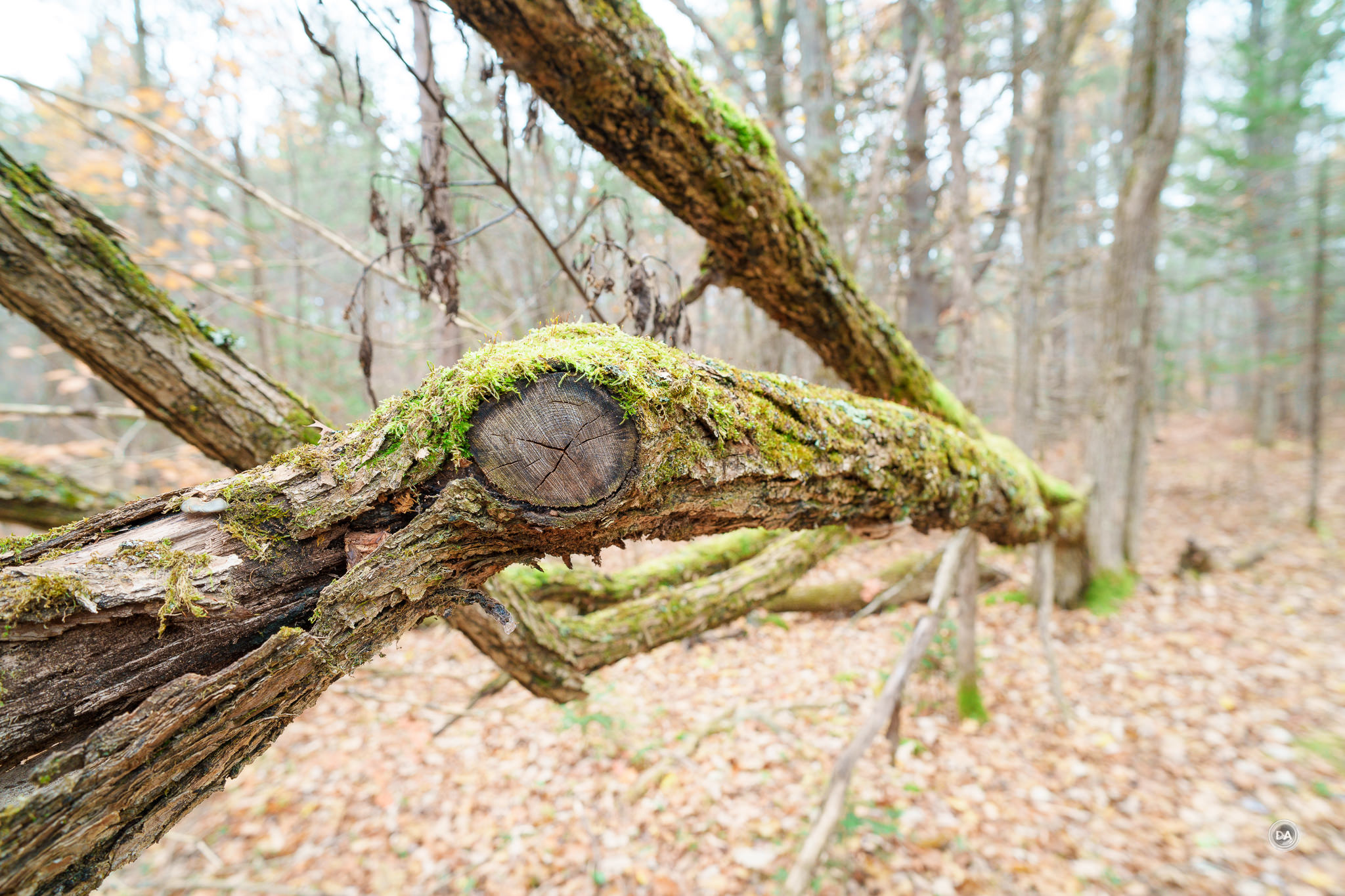
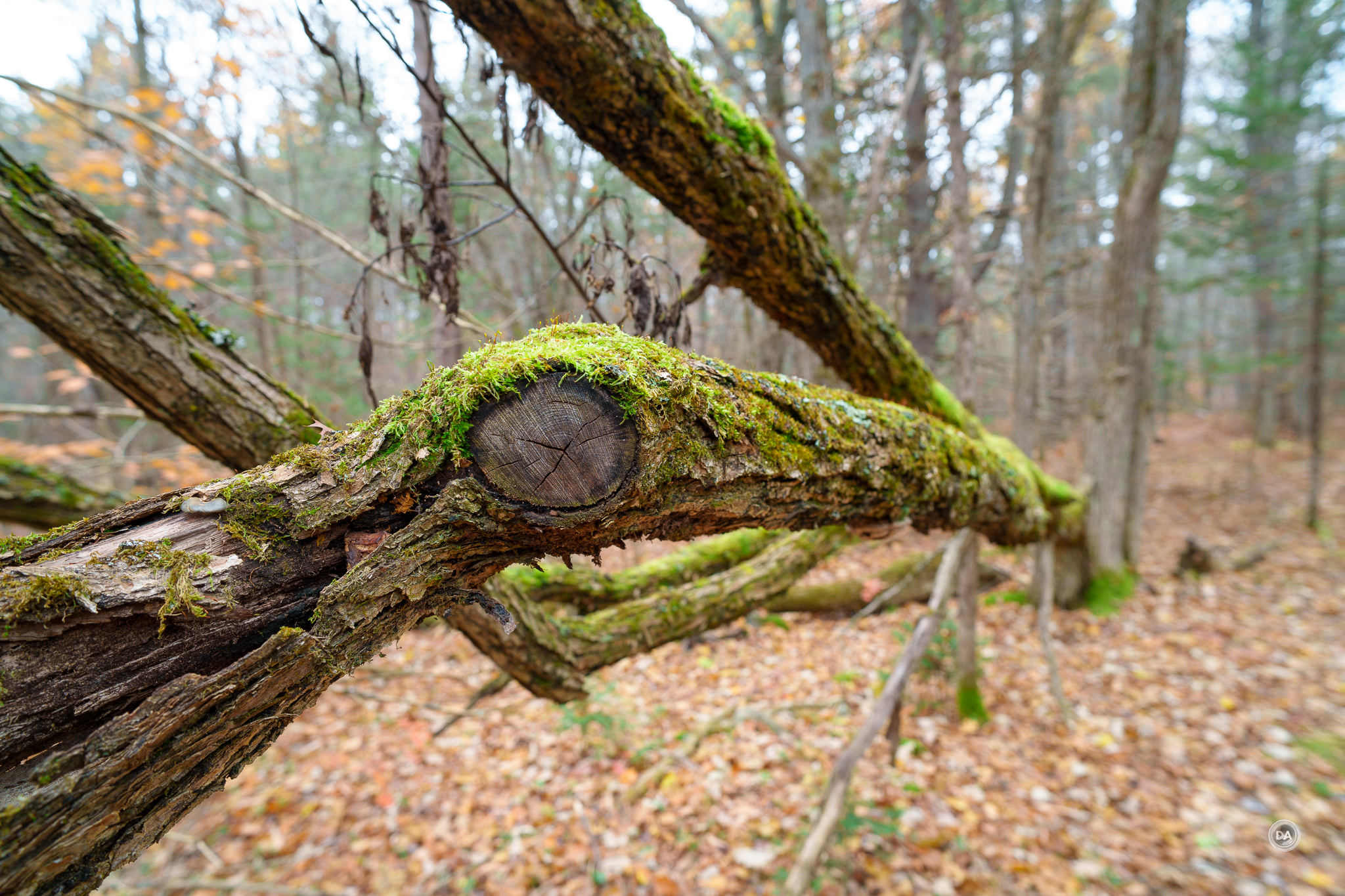

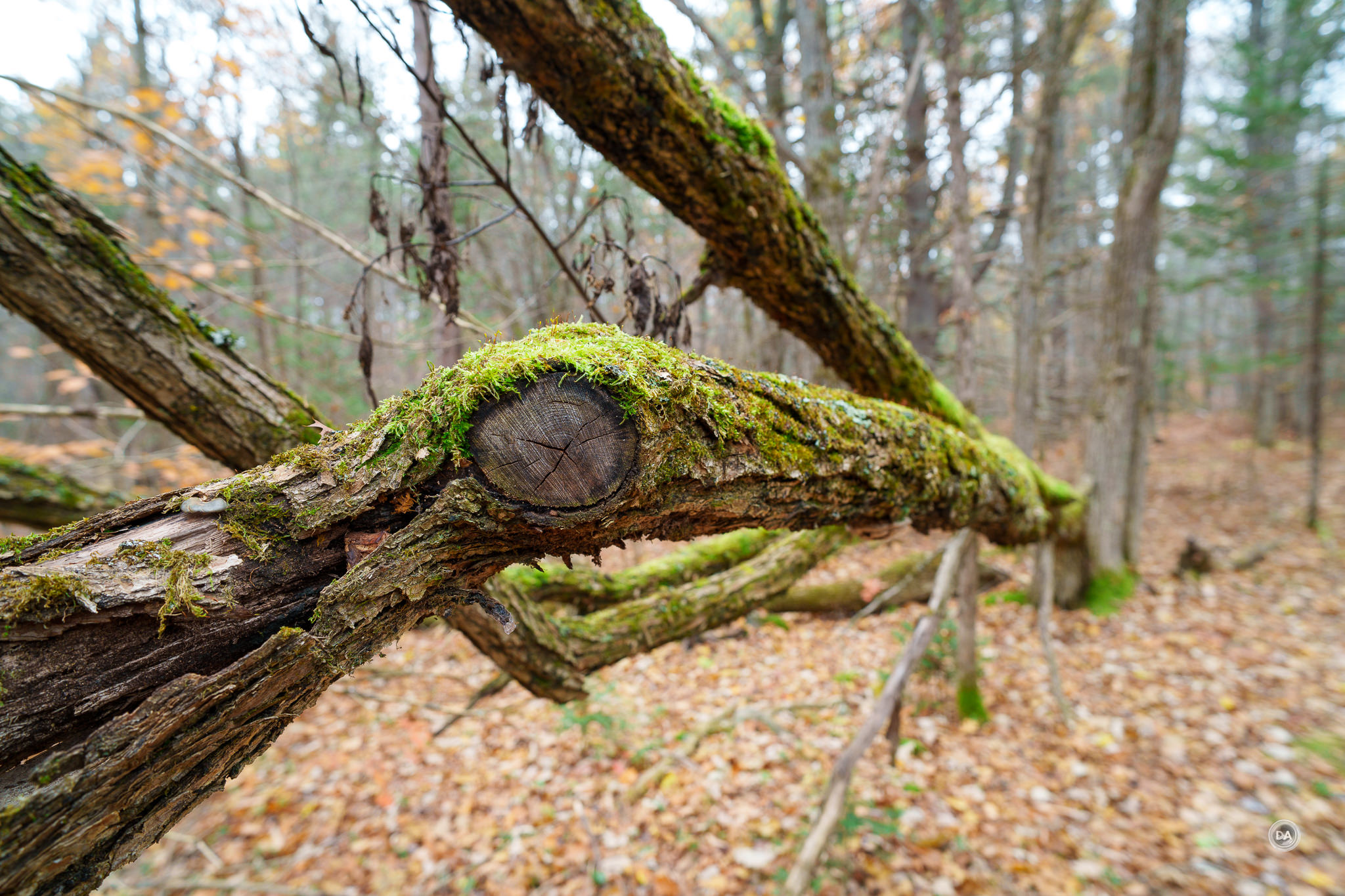
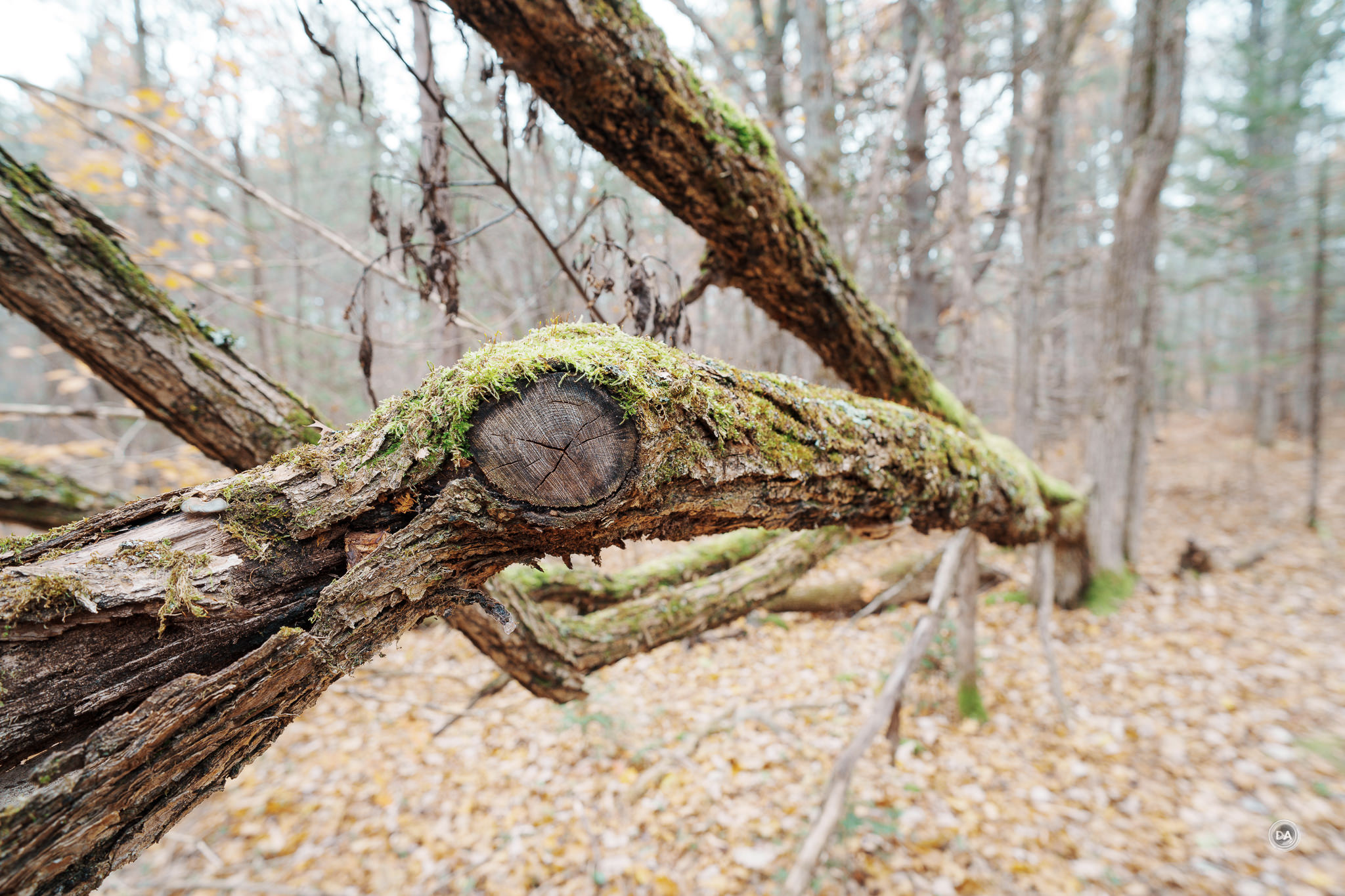
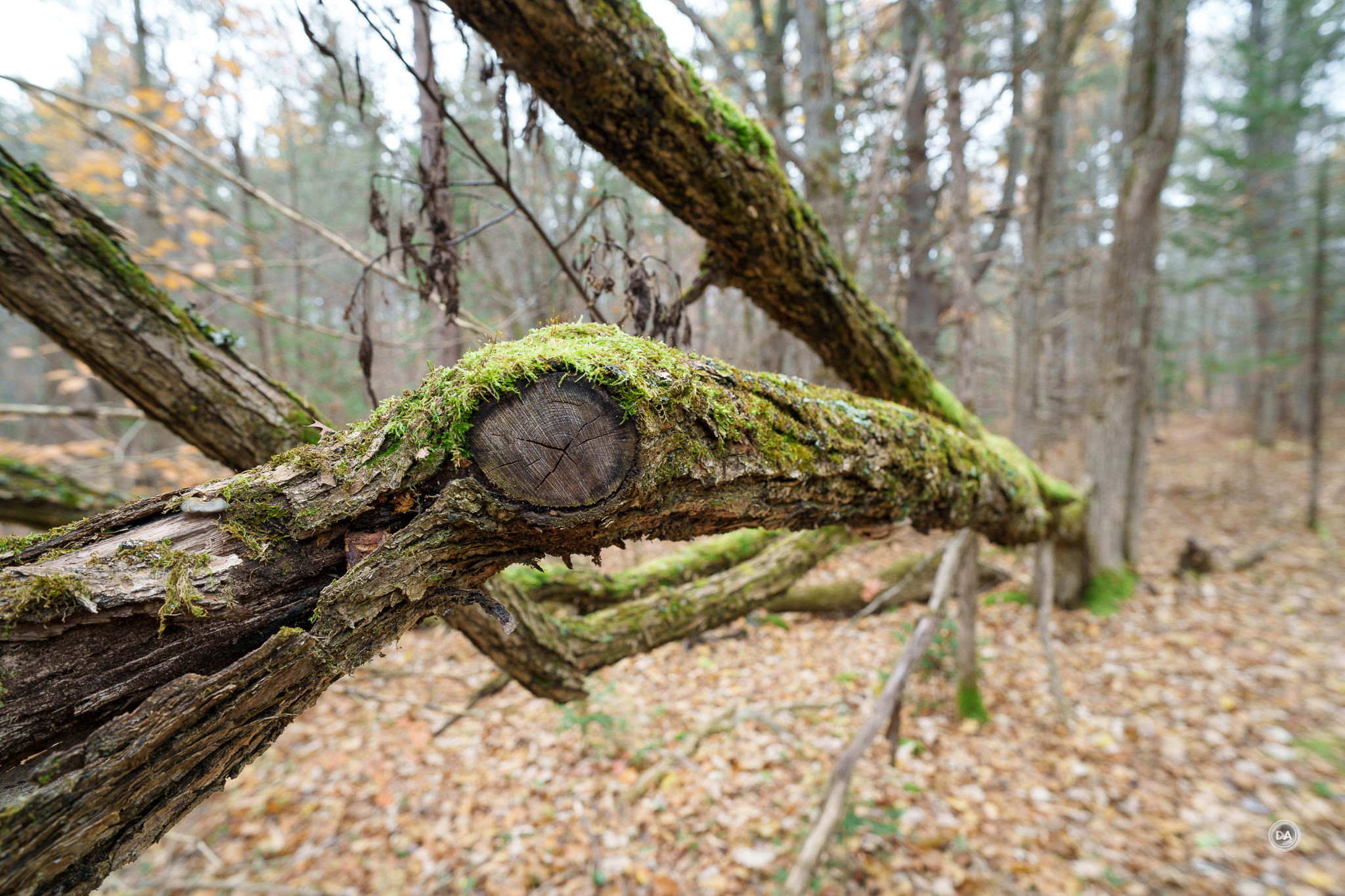
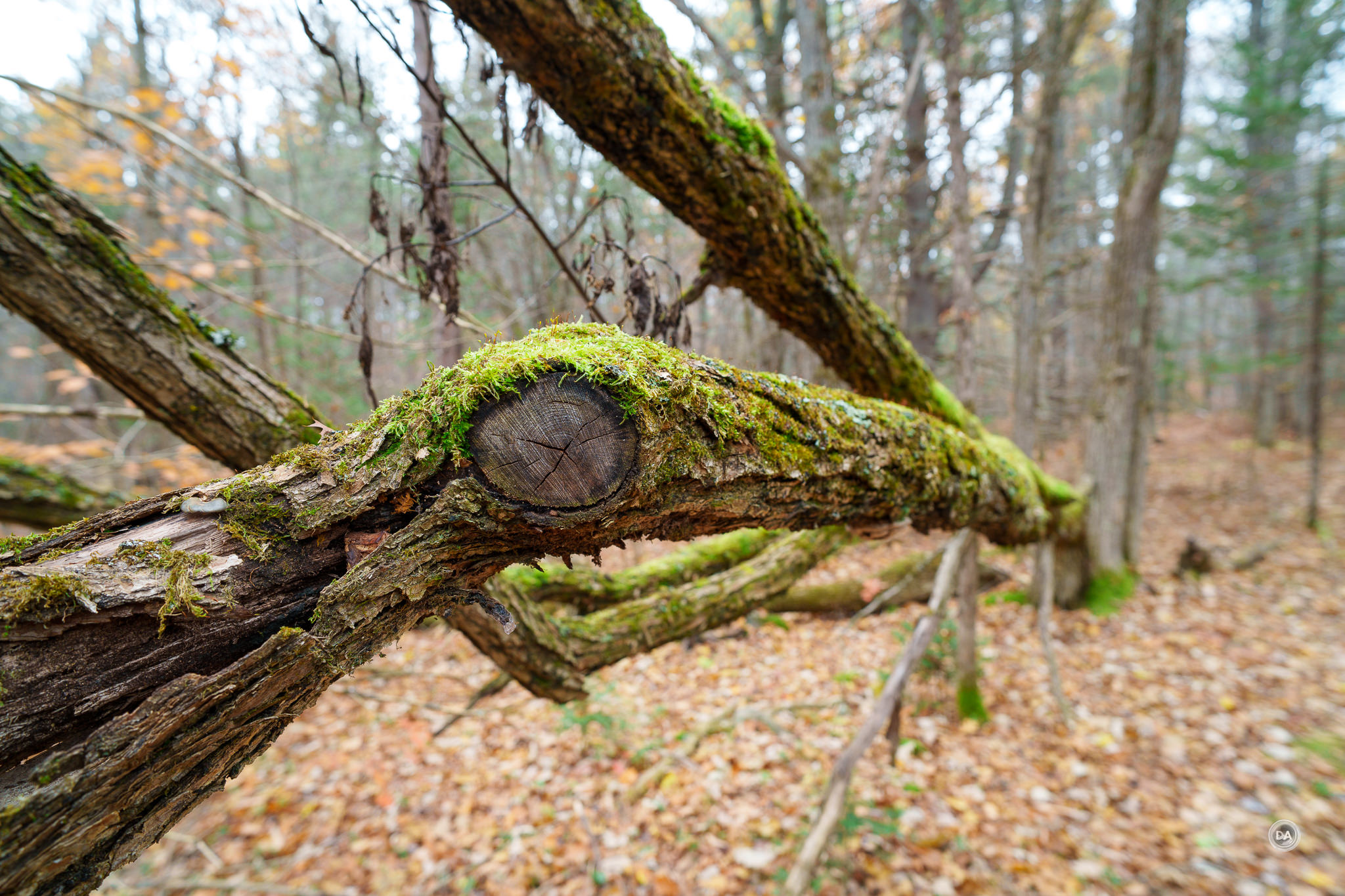
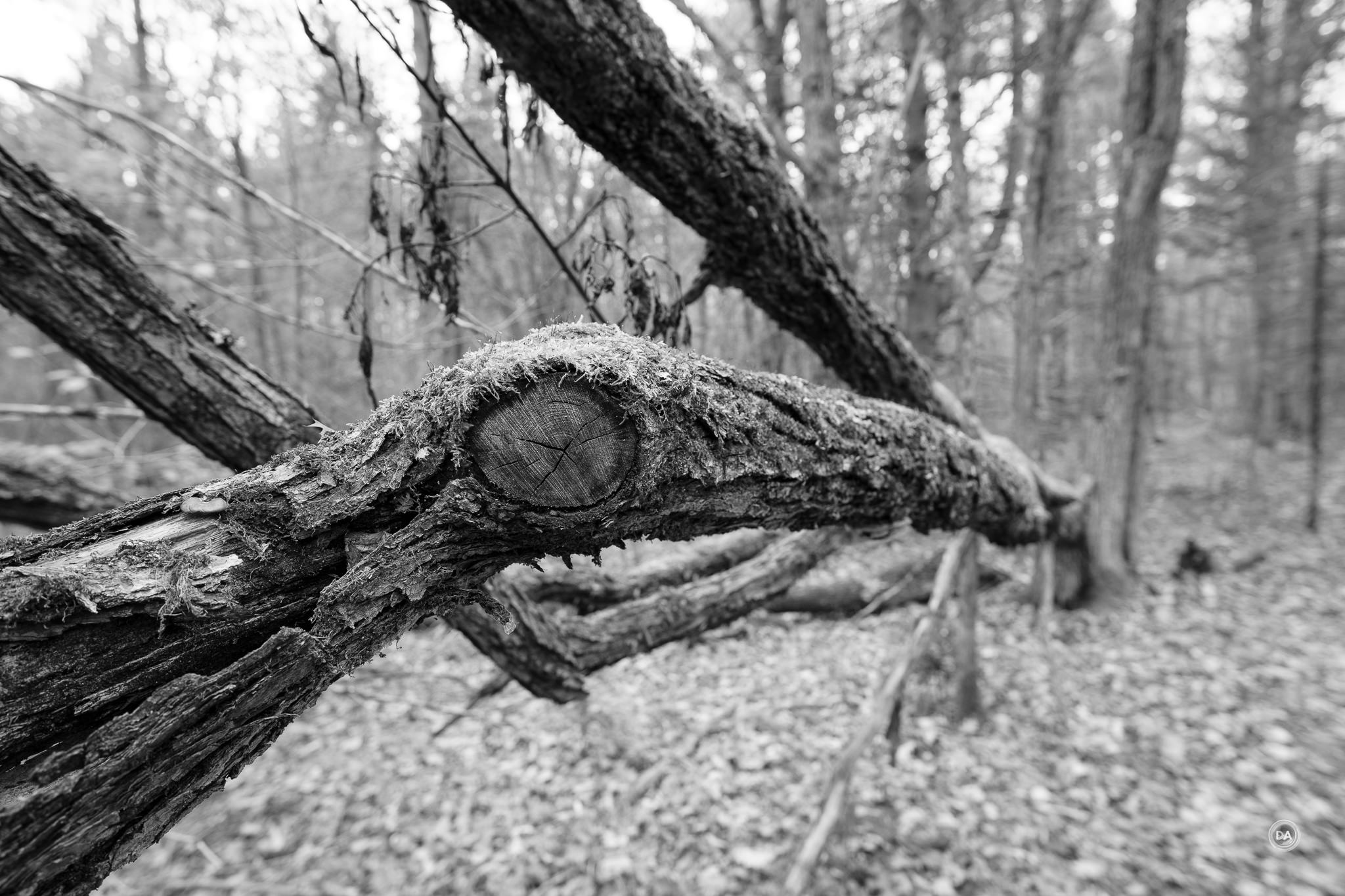
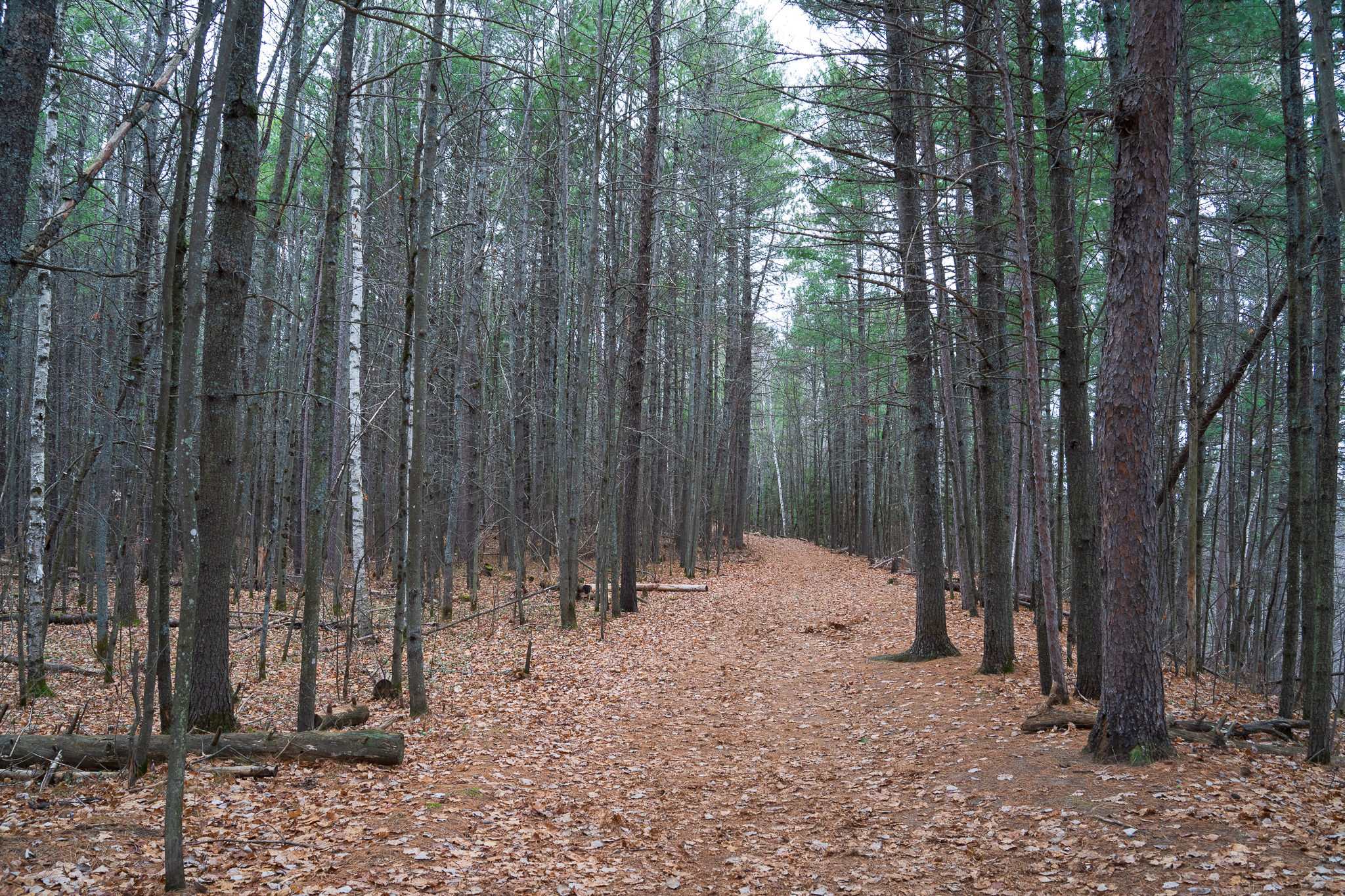
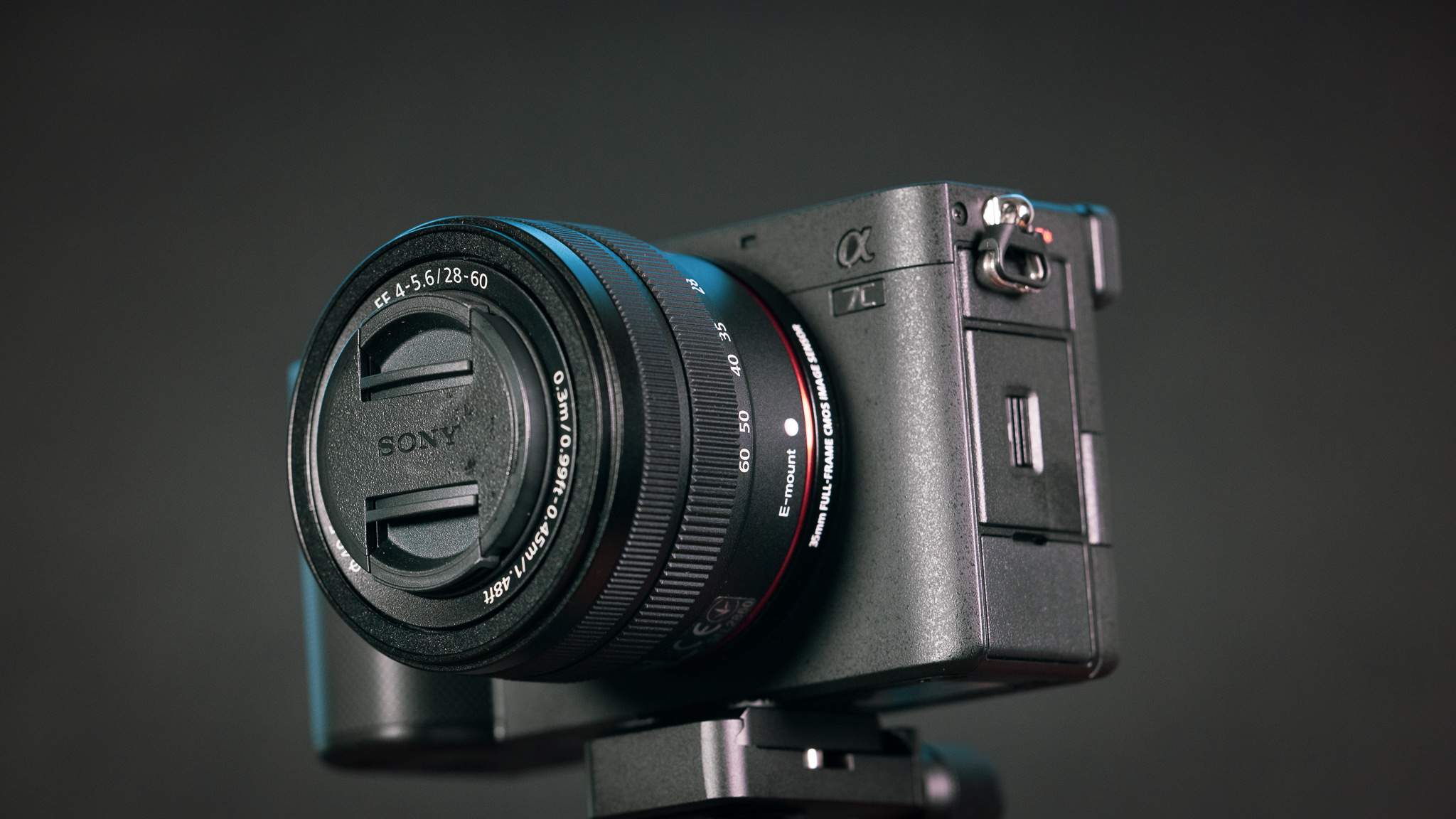
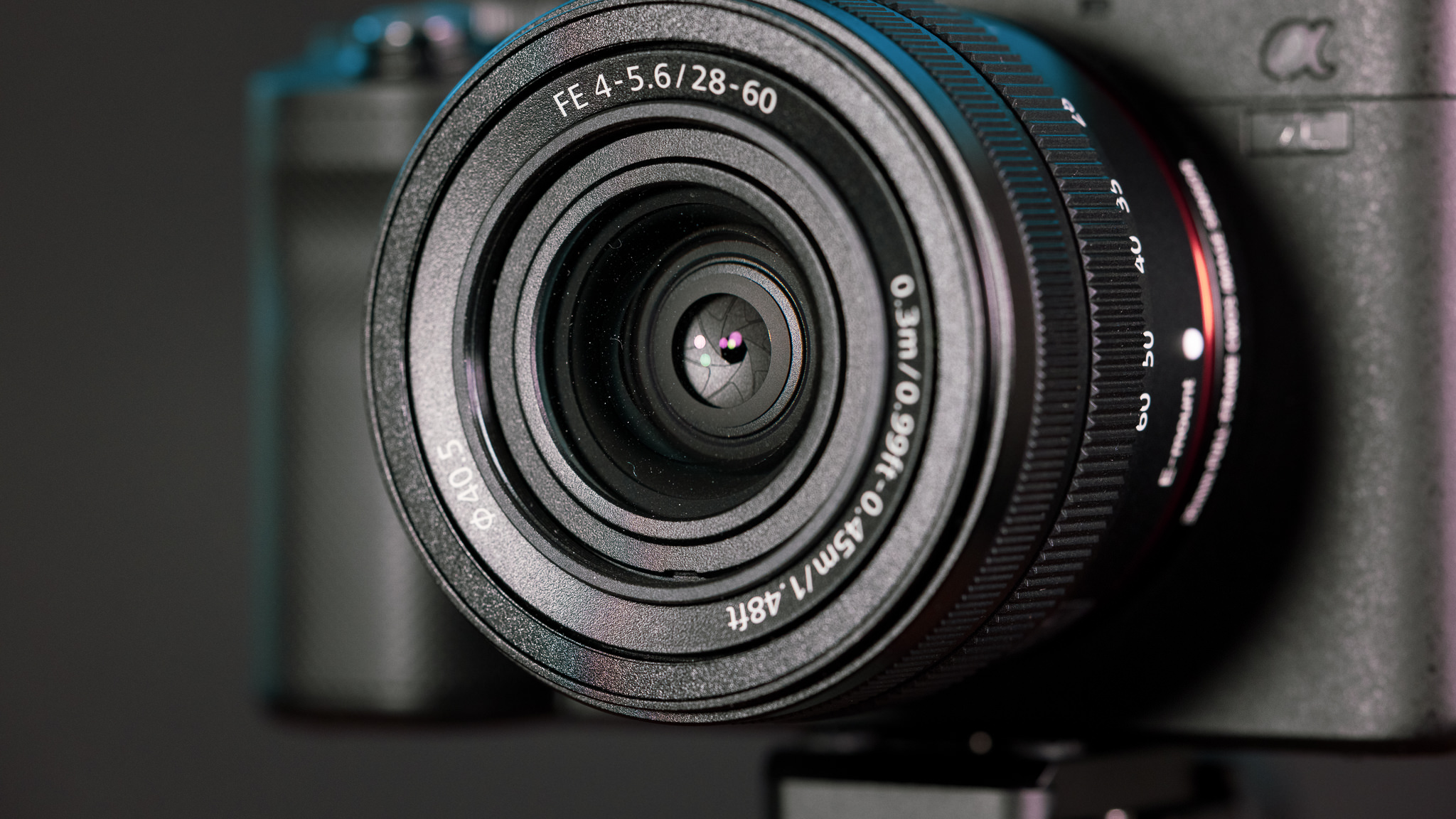
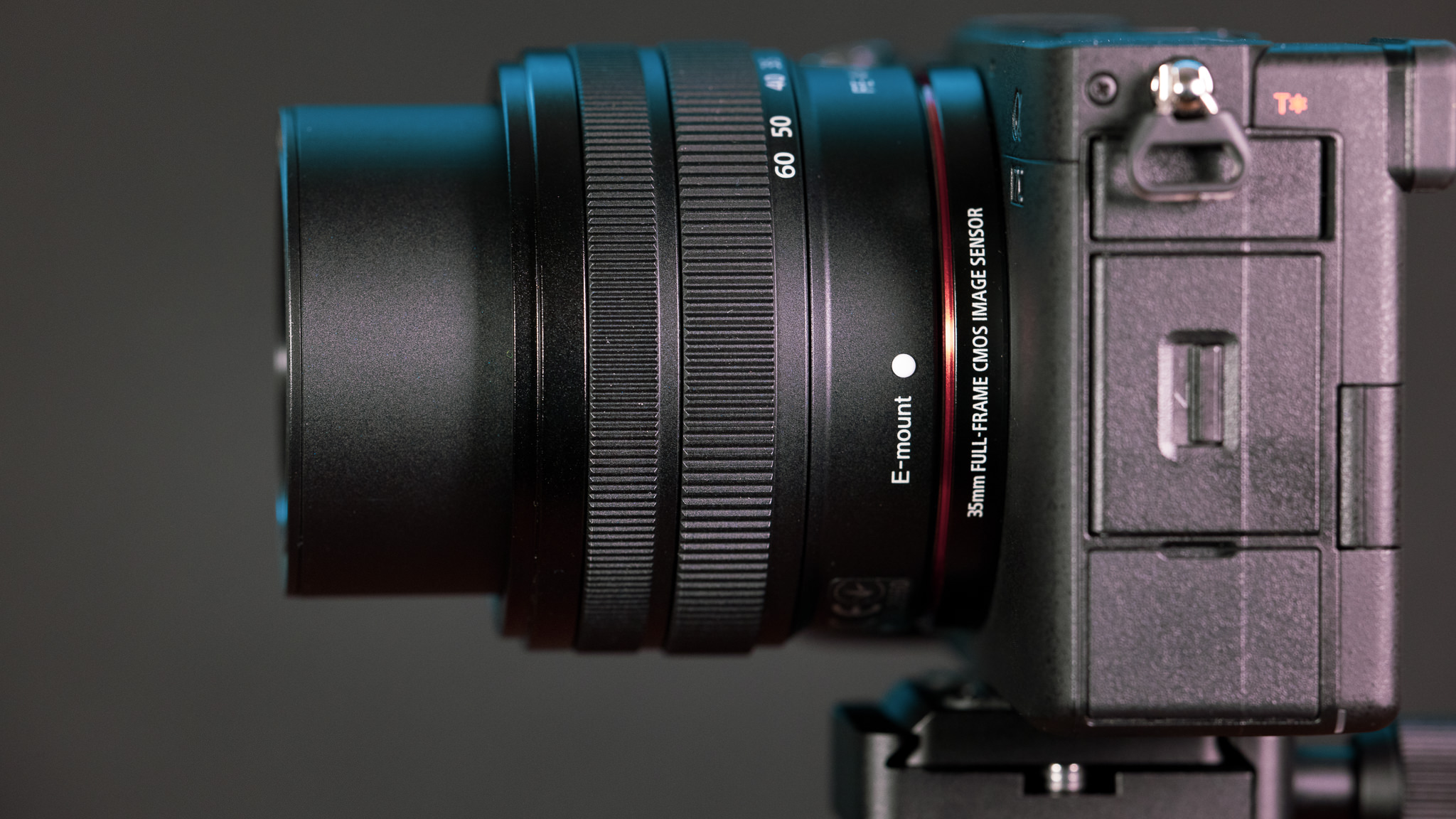


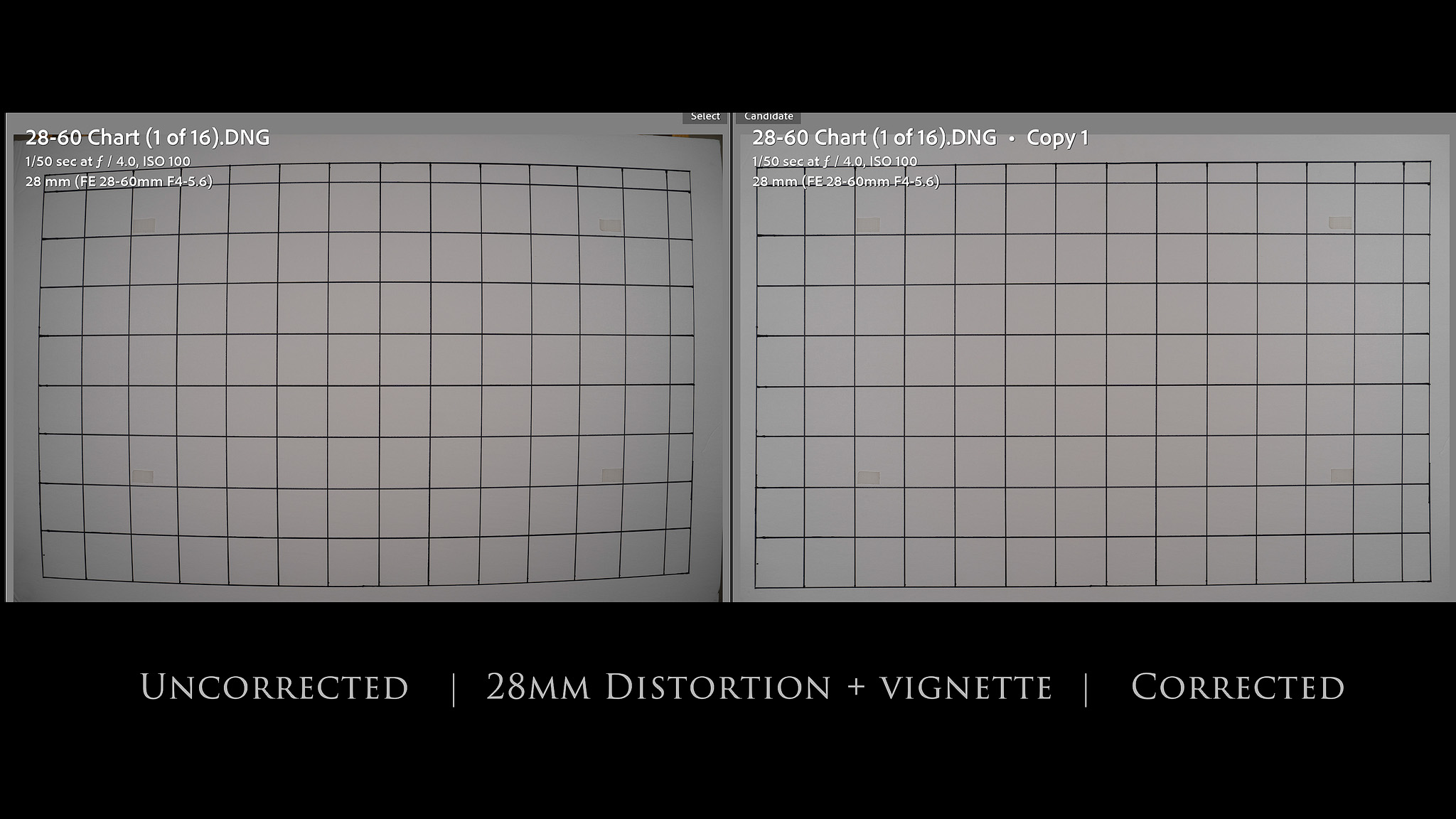
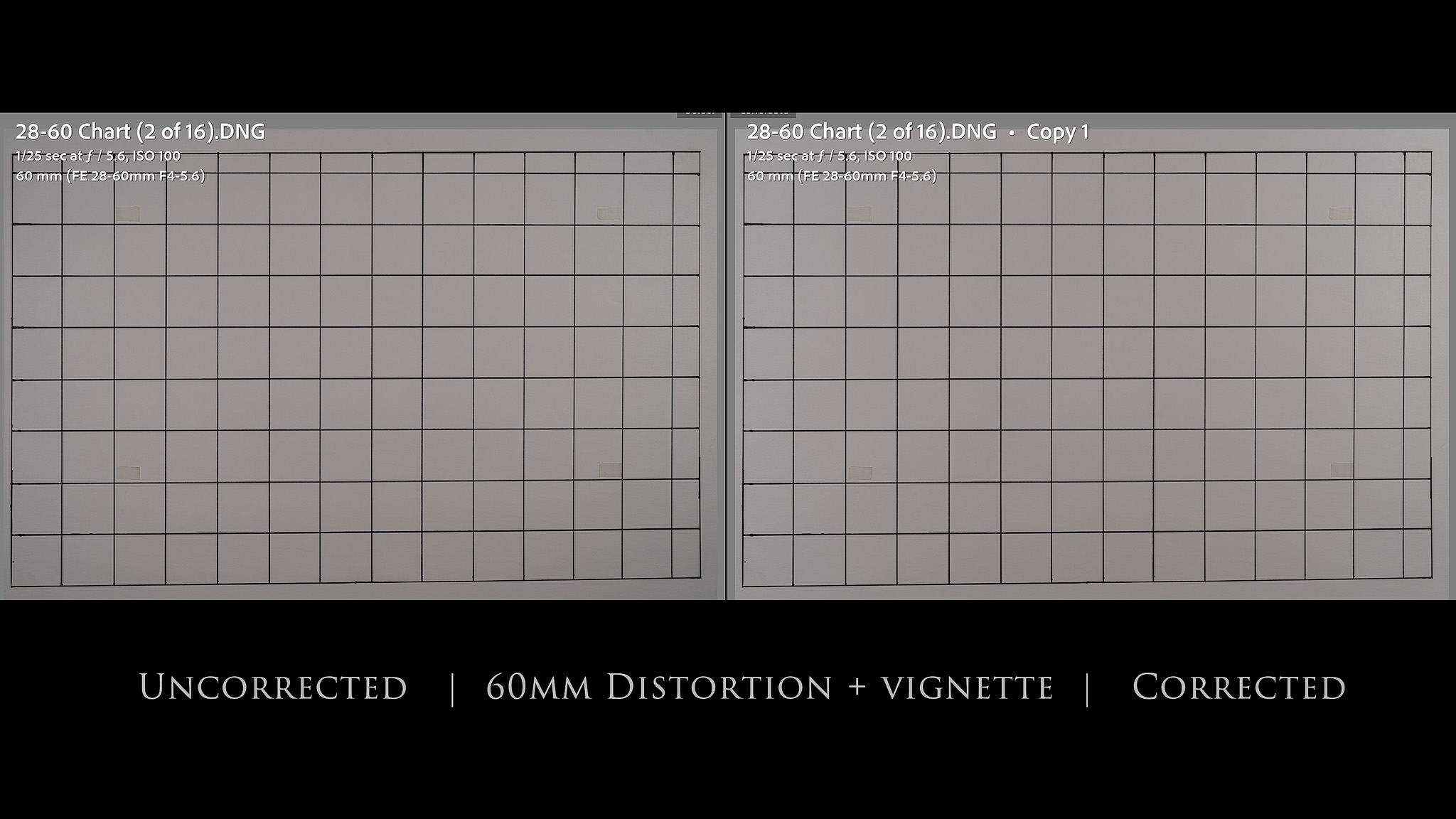
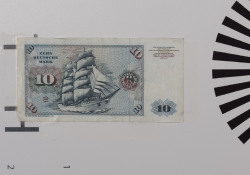

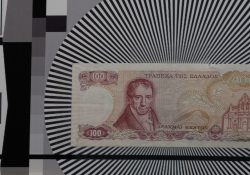

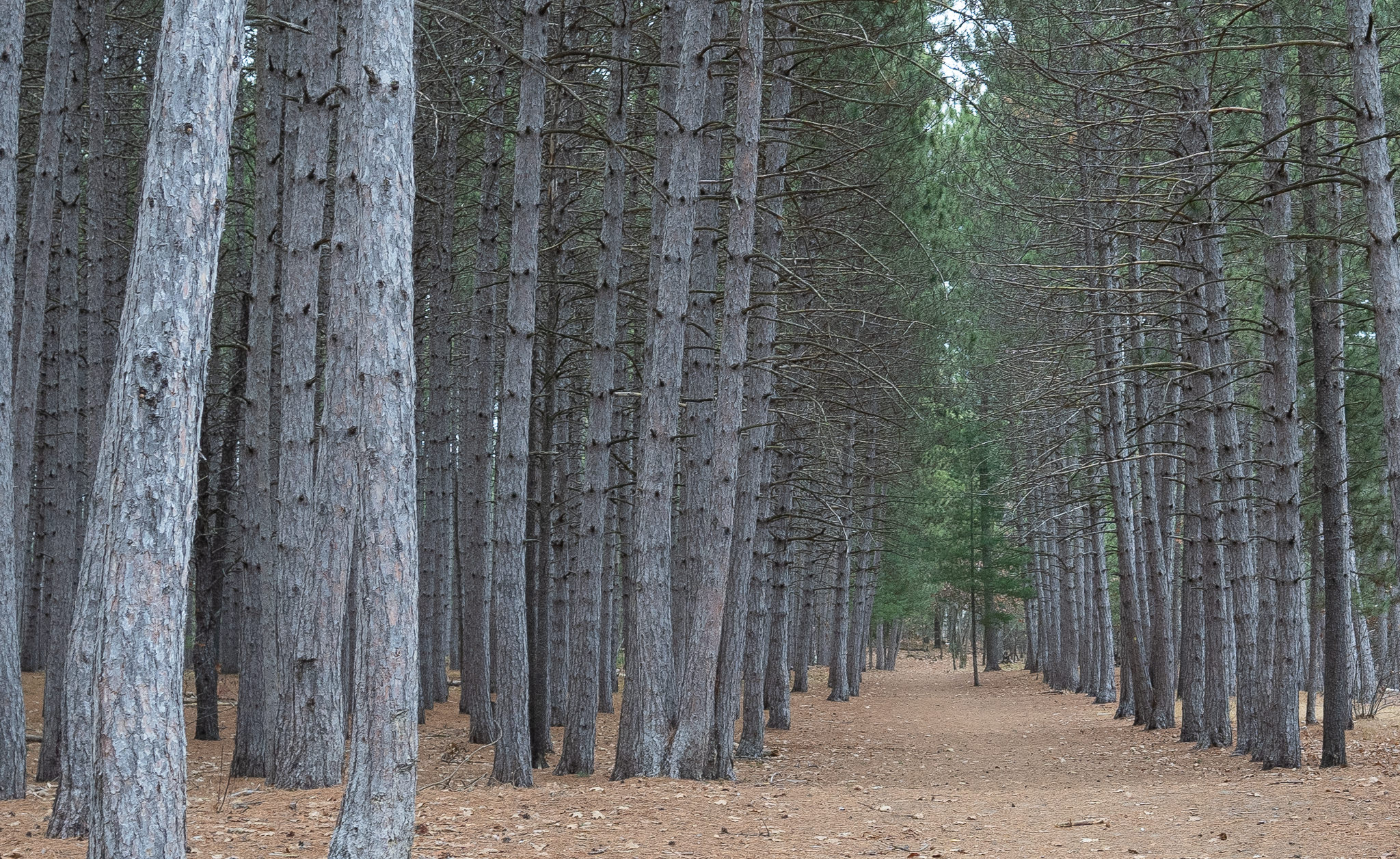
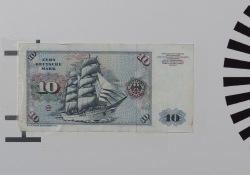


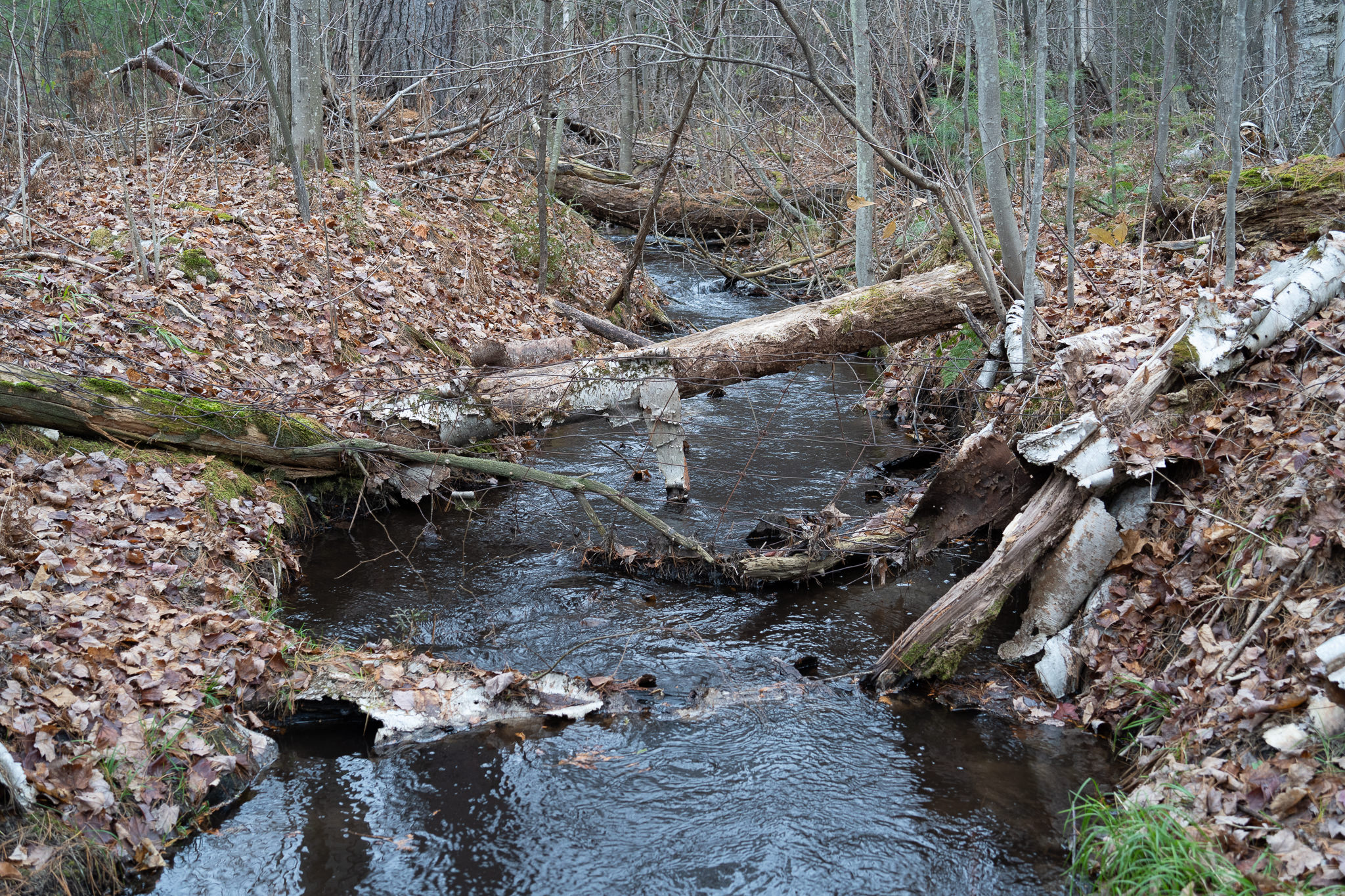
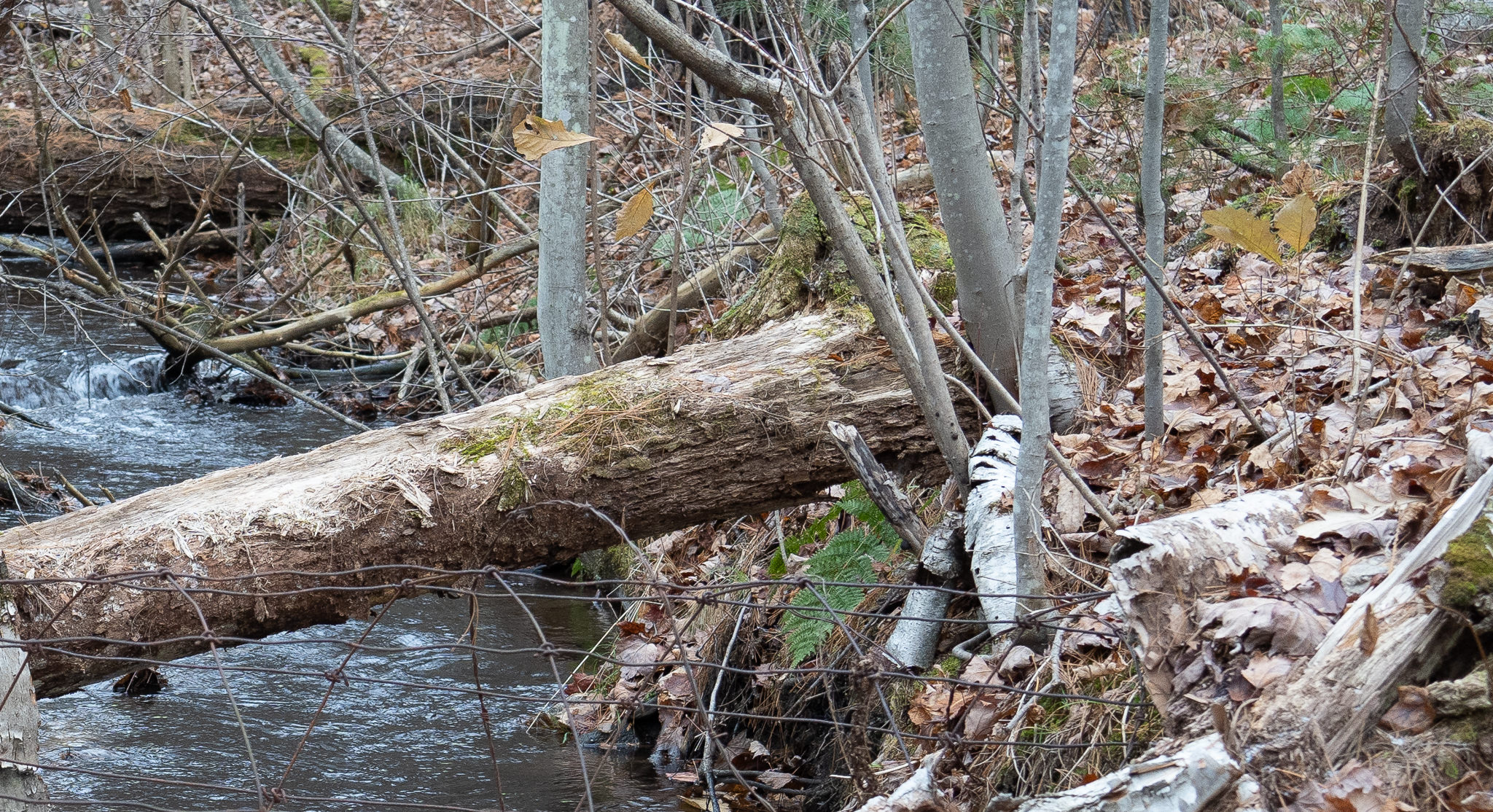
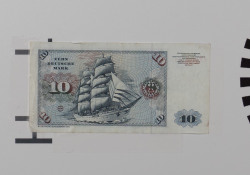
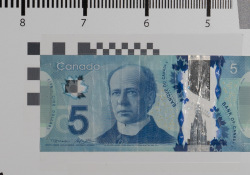
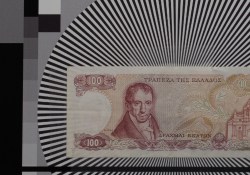
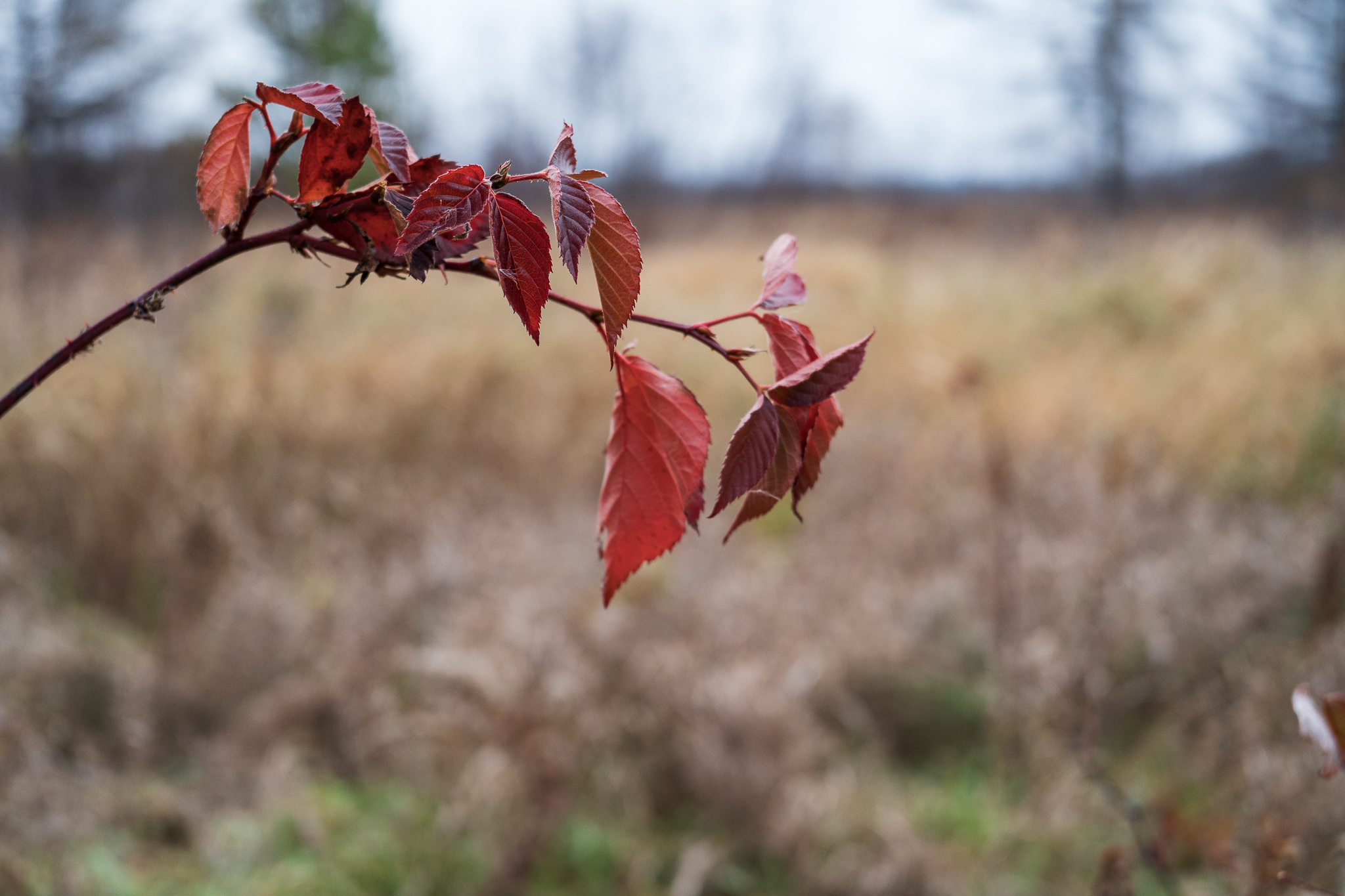
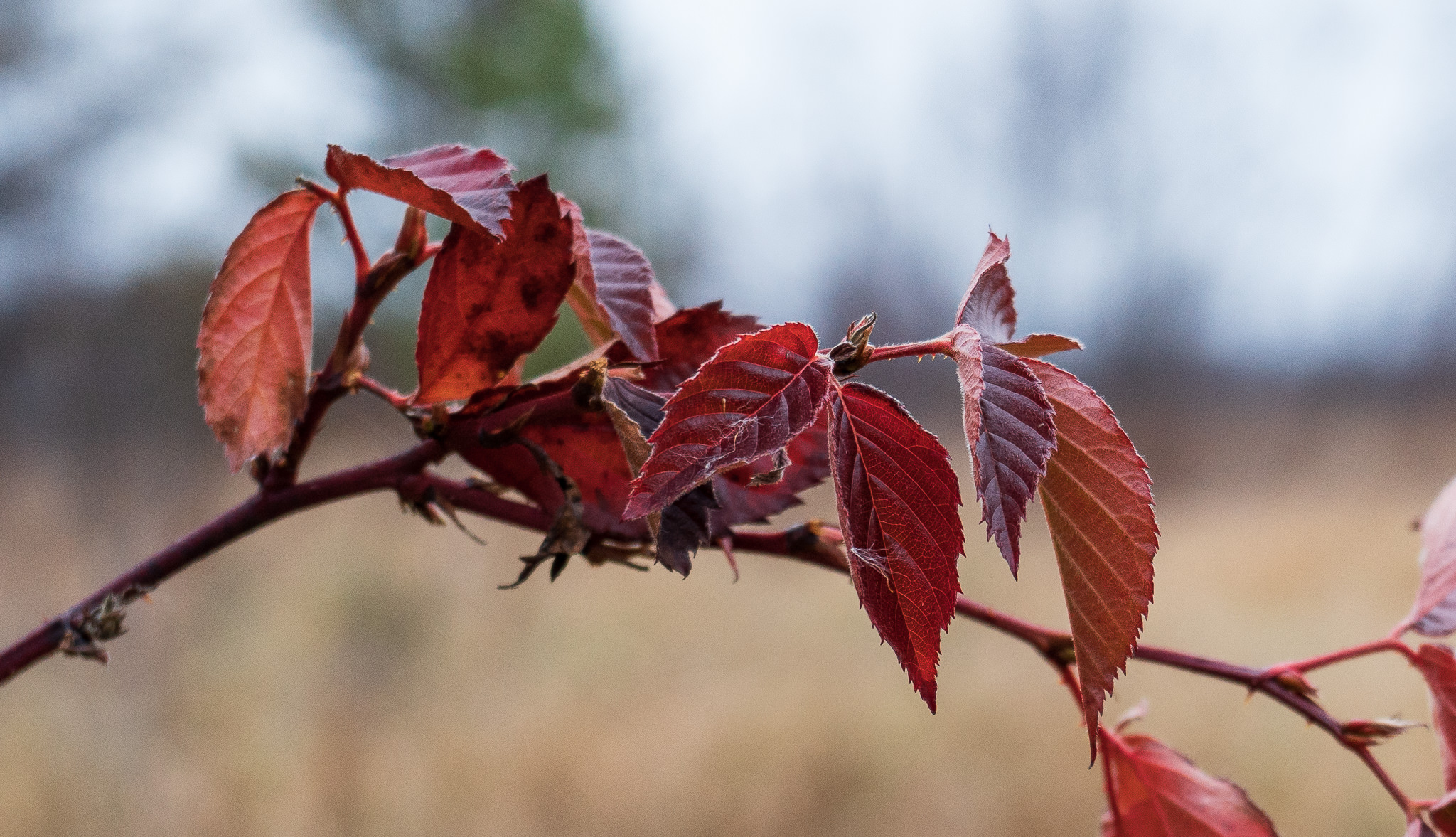
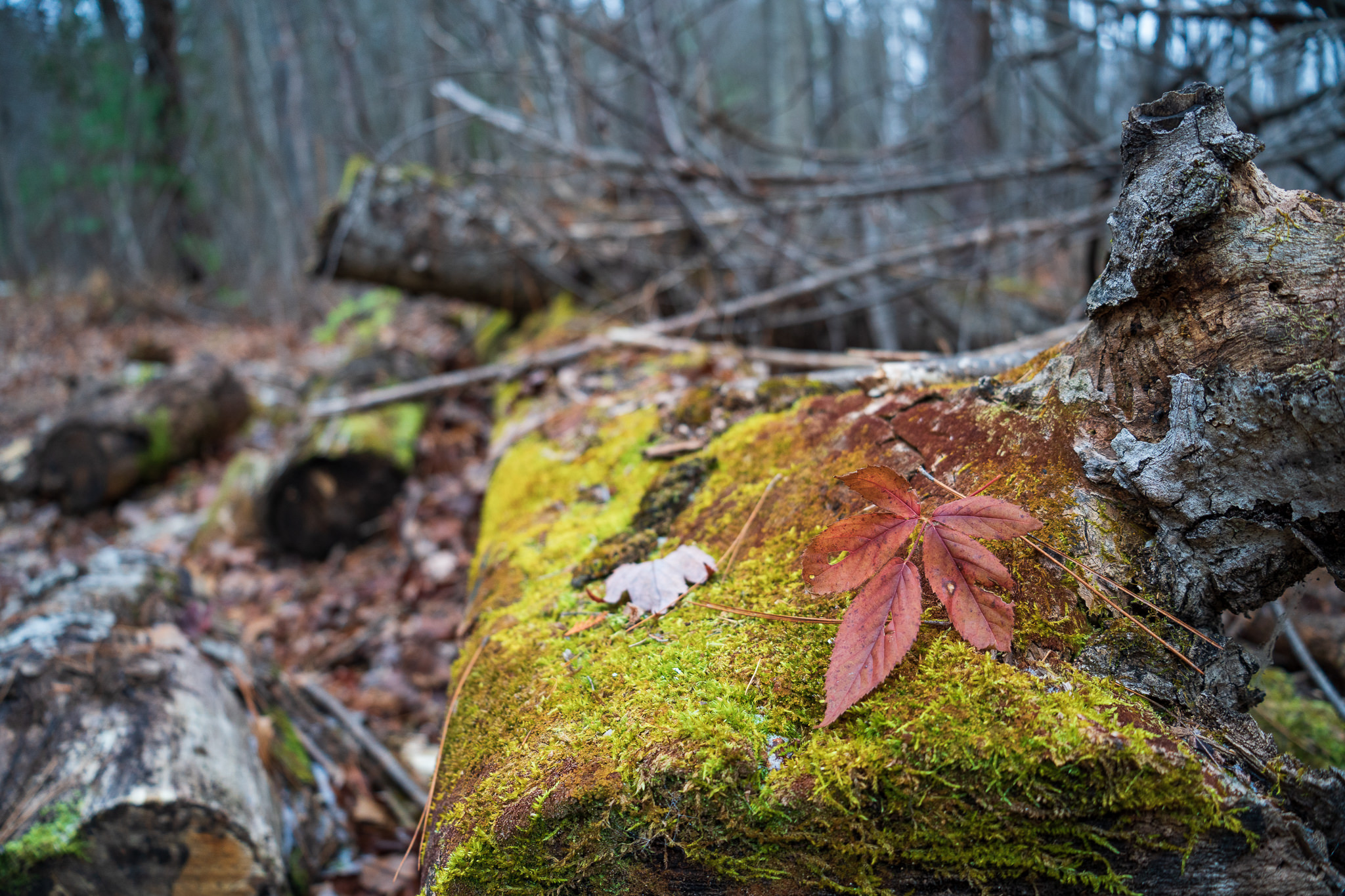
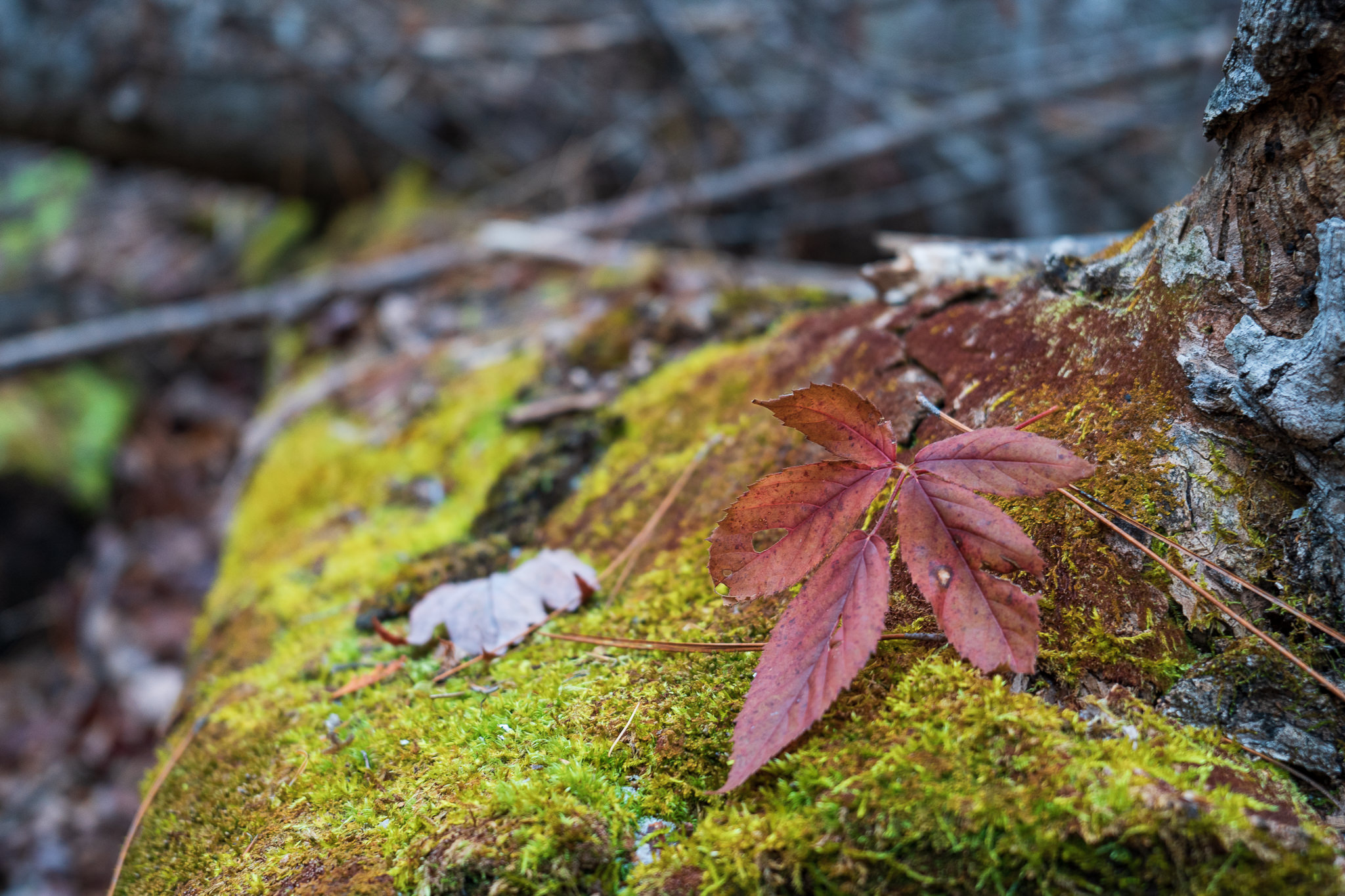



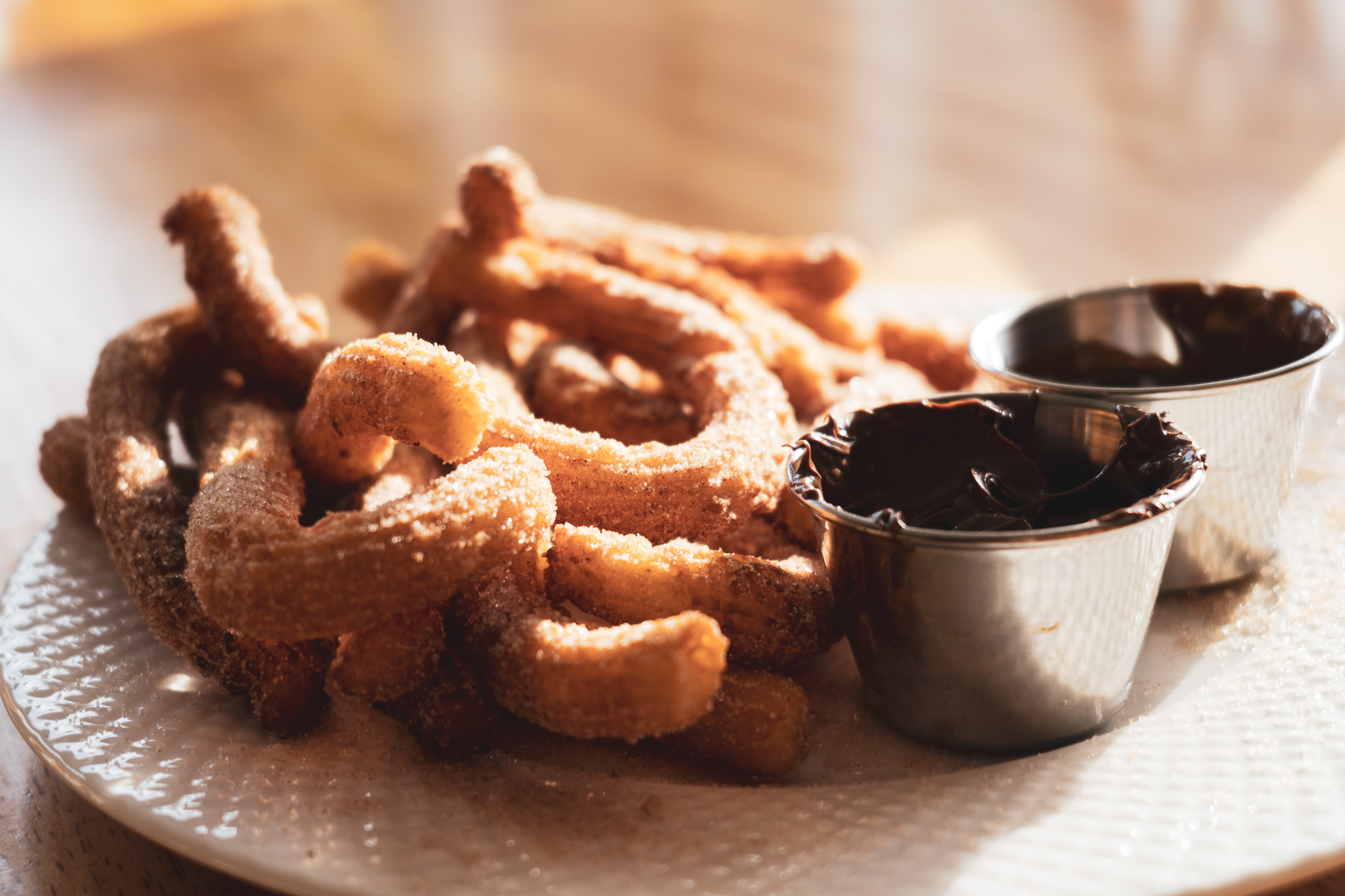
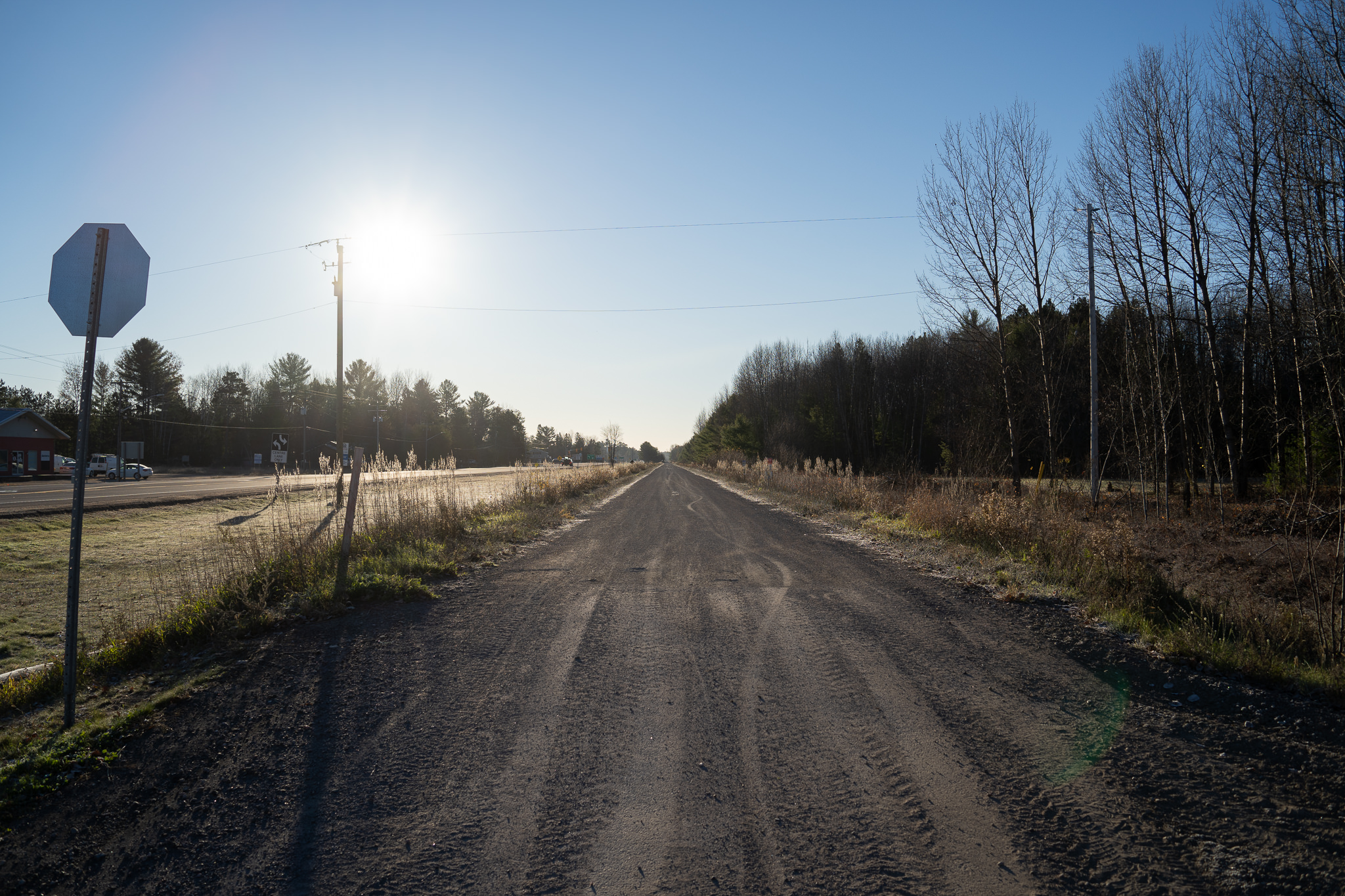
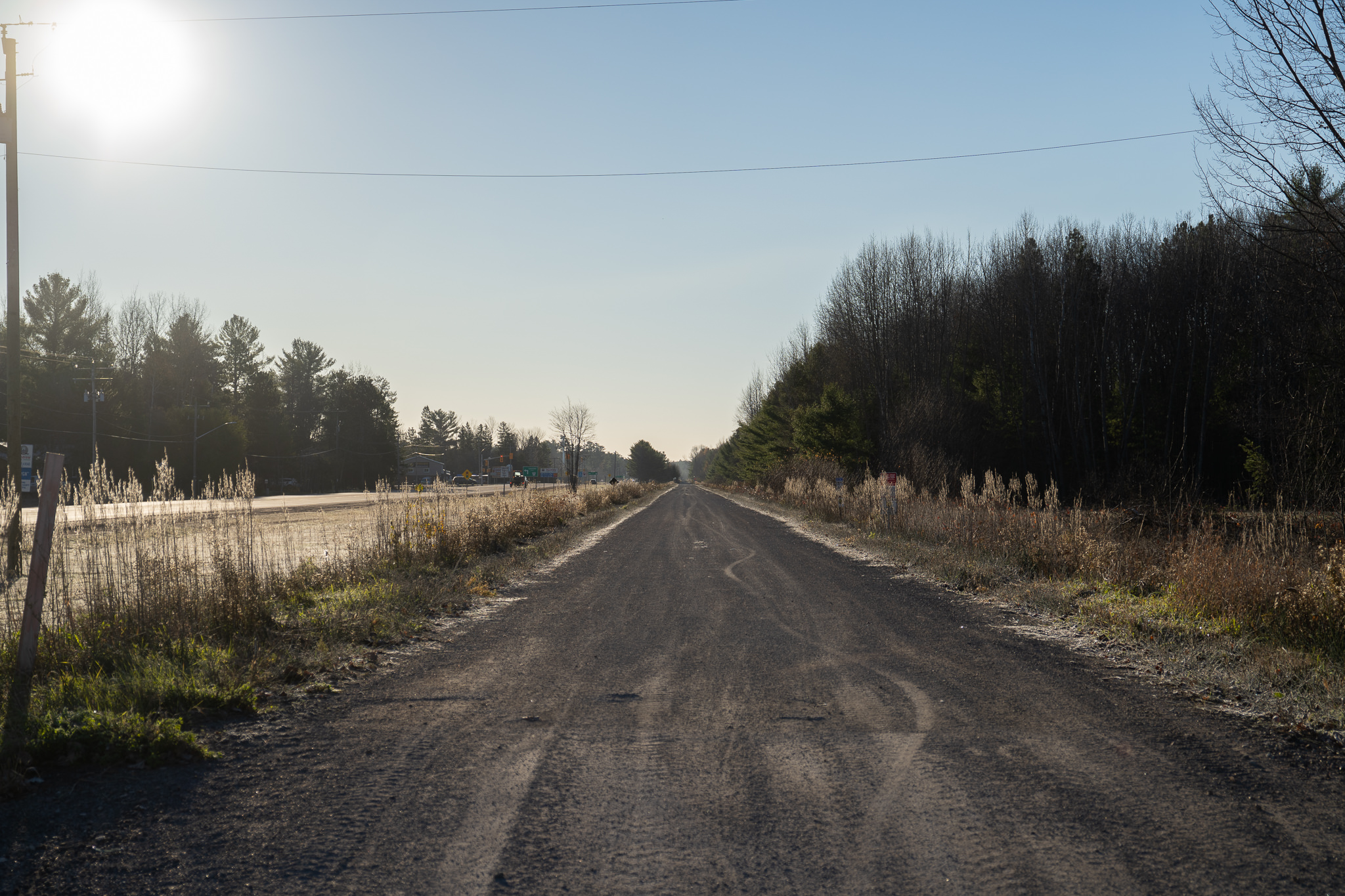
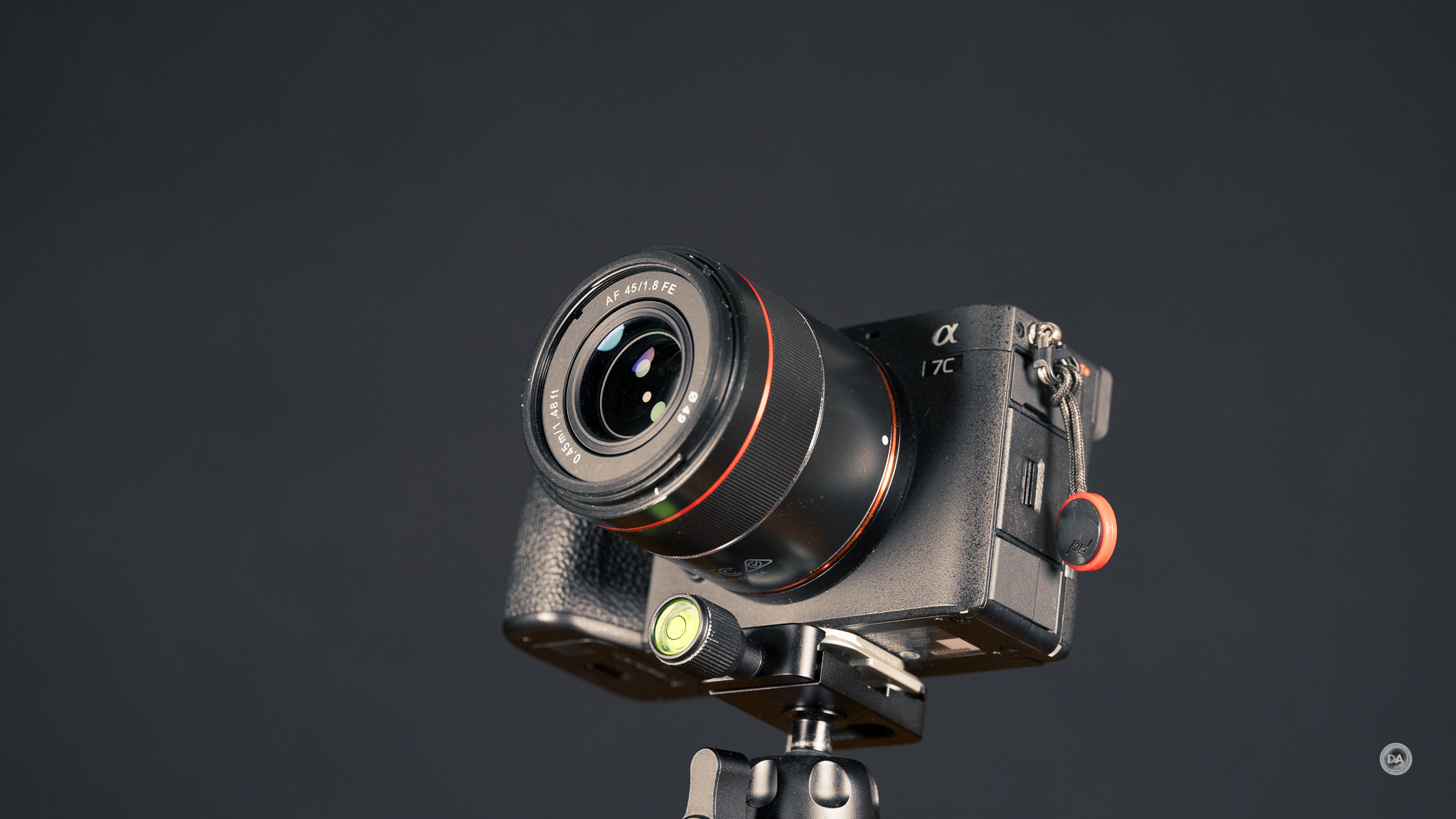
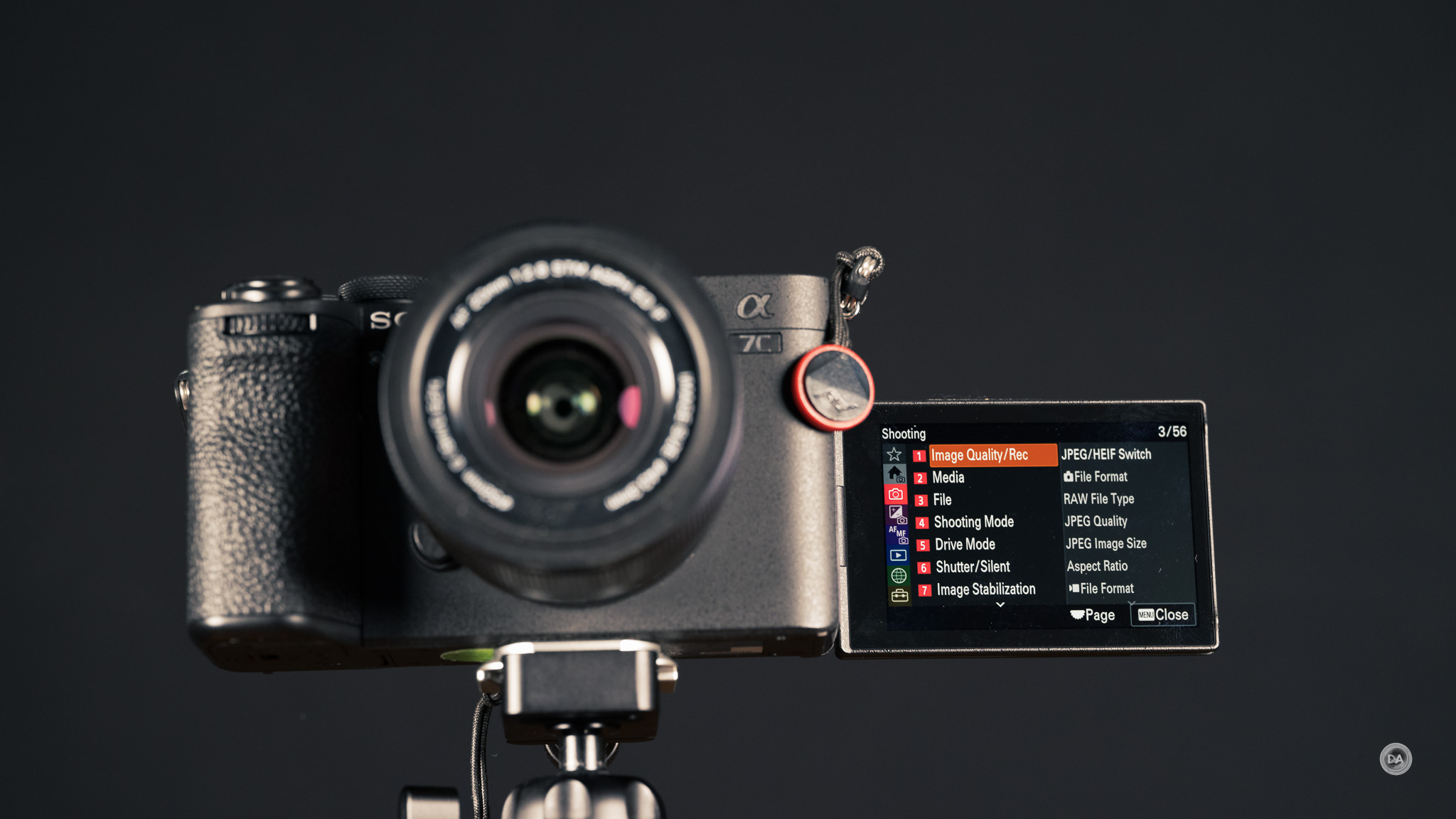









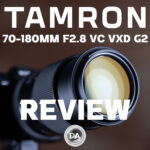

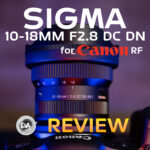
[…] months ago I reviewed the compact Sony a7CII, which is in essence the internals of the a7IV though in a compact body more similar to Sony’s […]
[…] months ago I reviewed the compact Sony a7CII, which is in essence the internals of the a7IV though in a compact body more similar to Sony’s […]